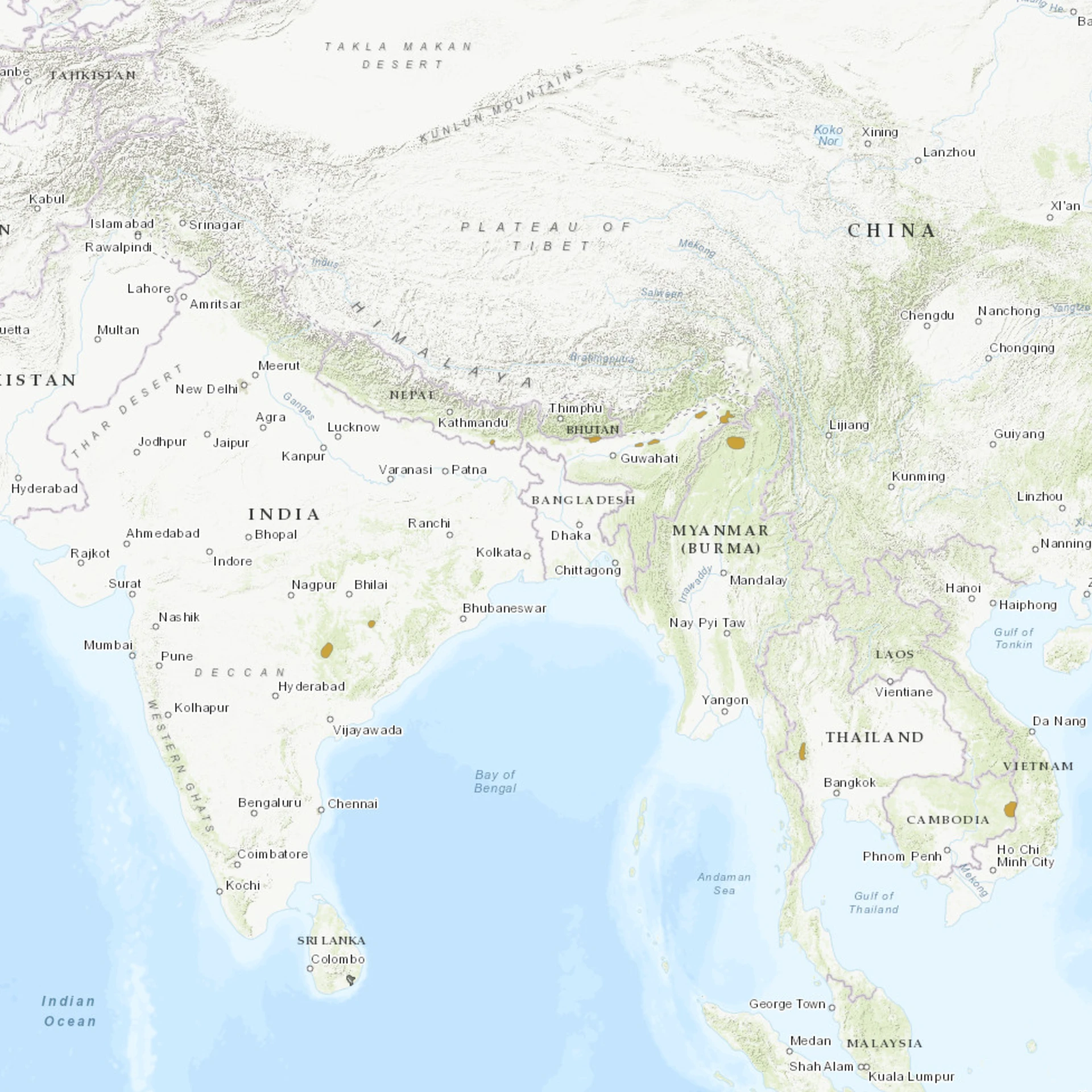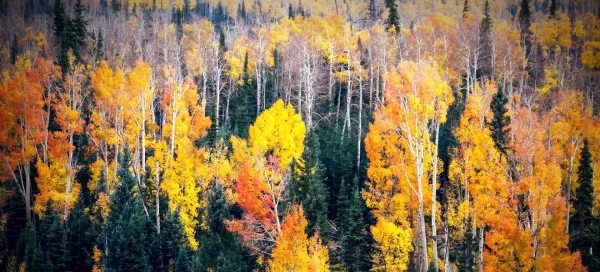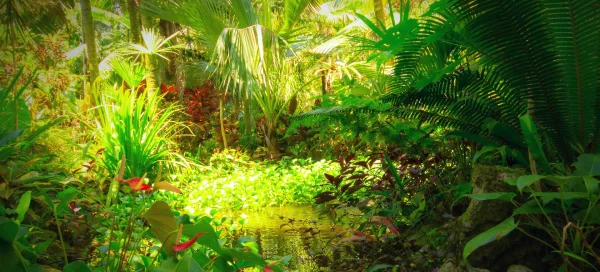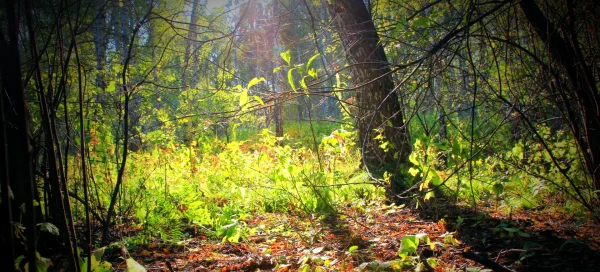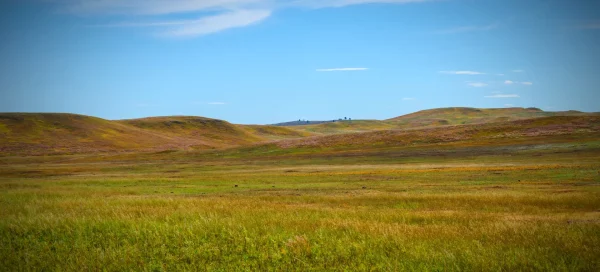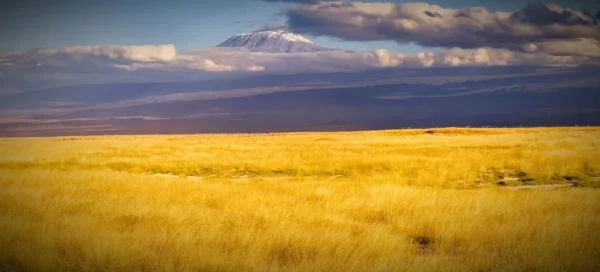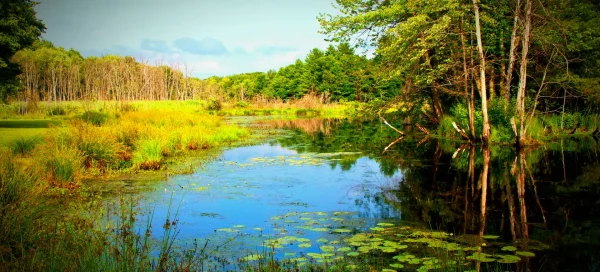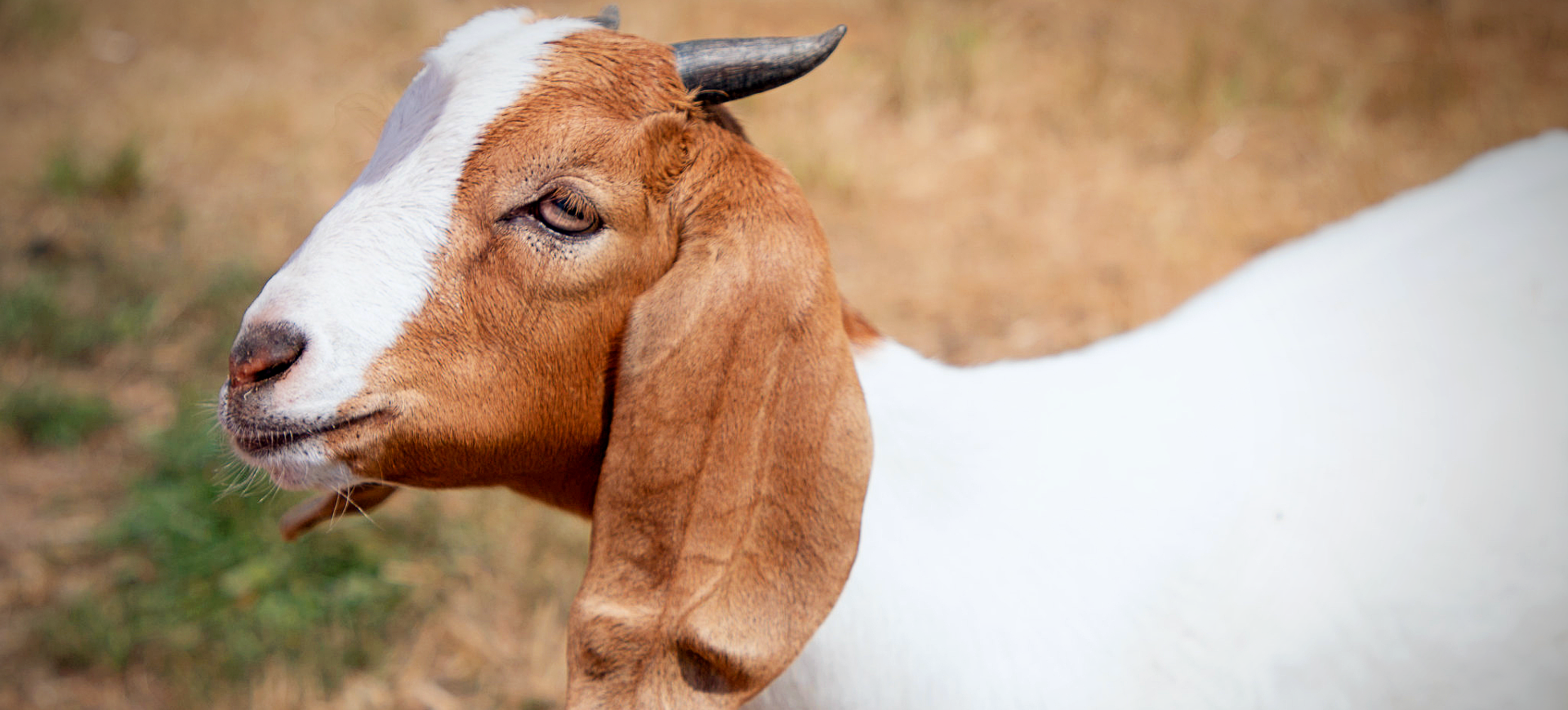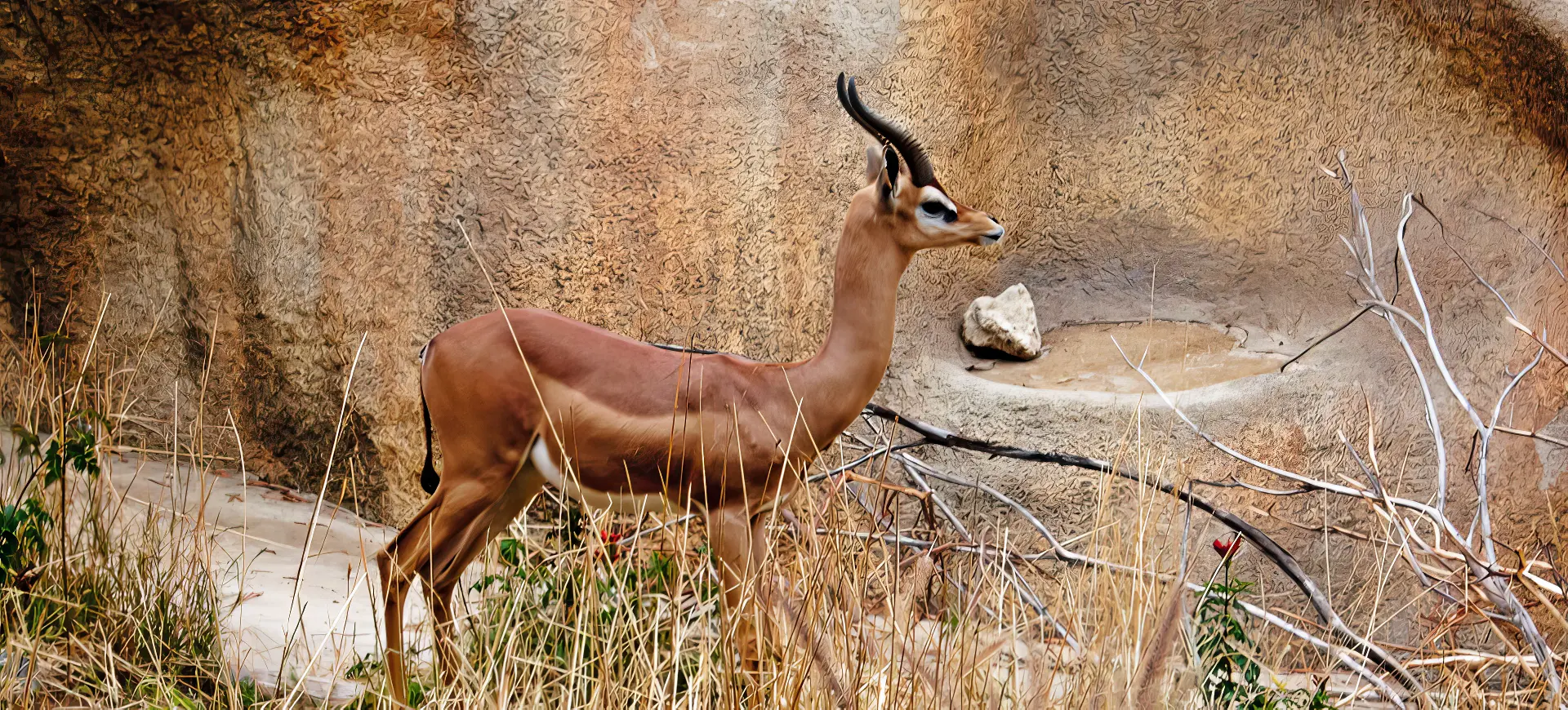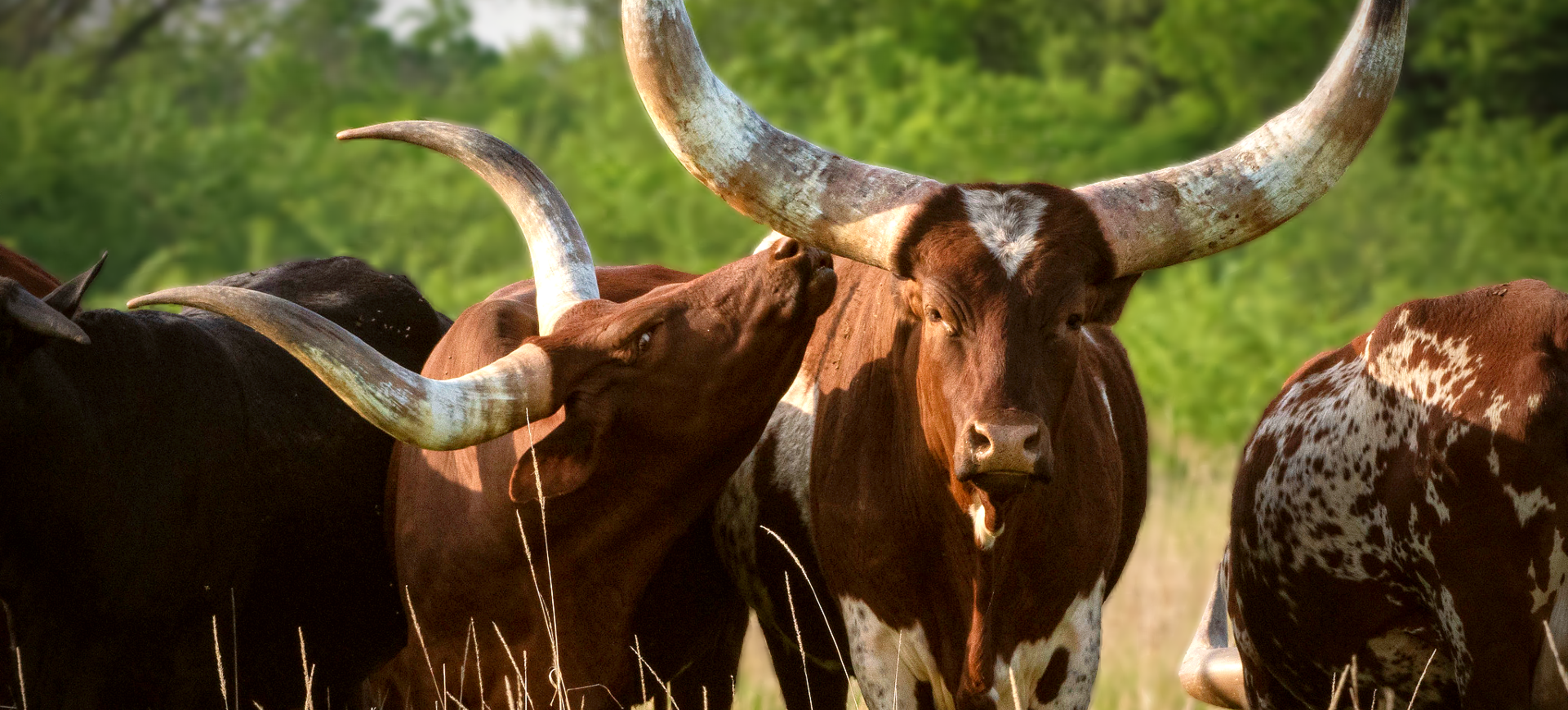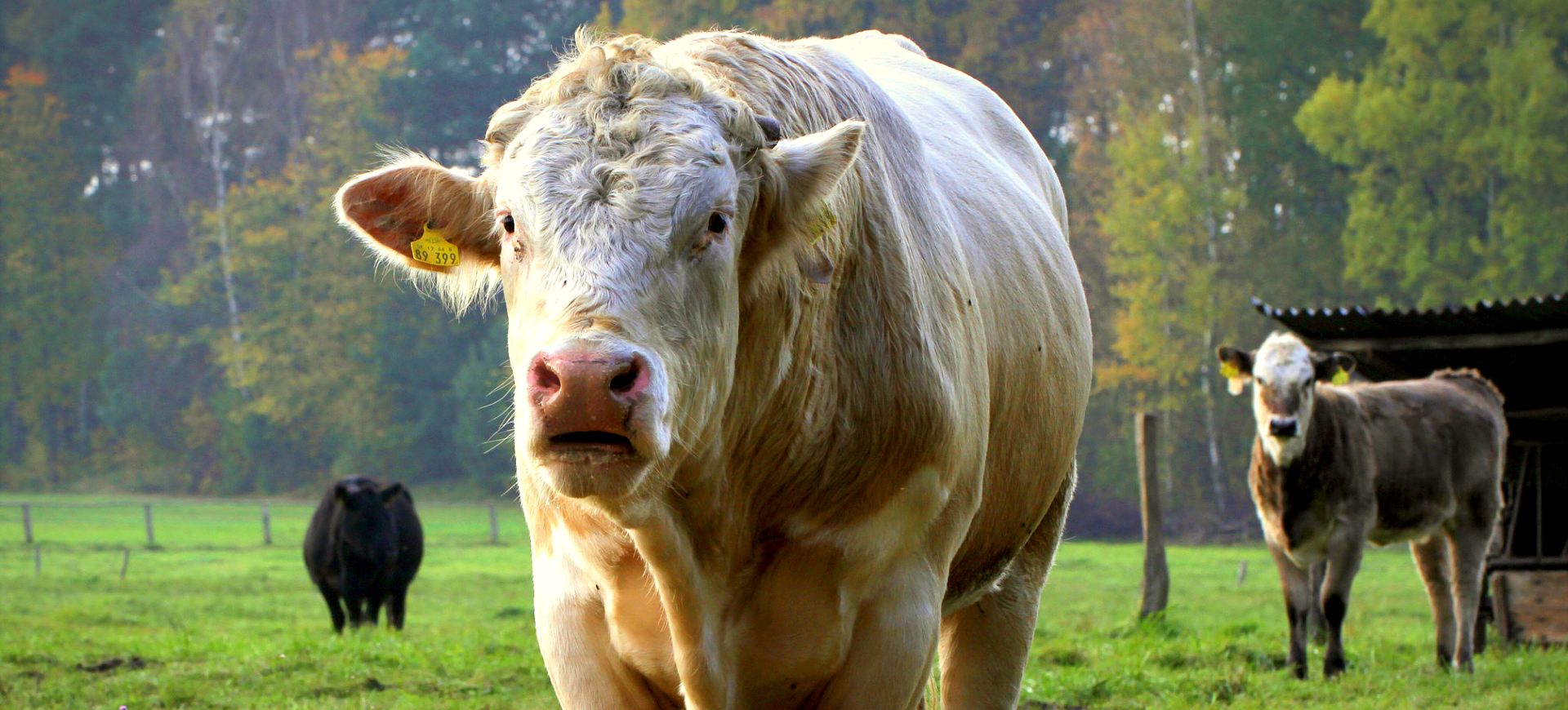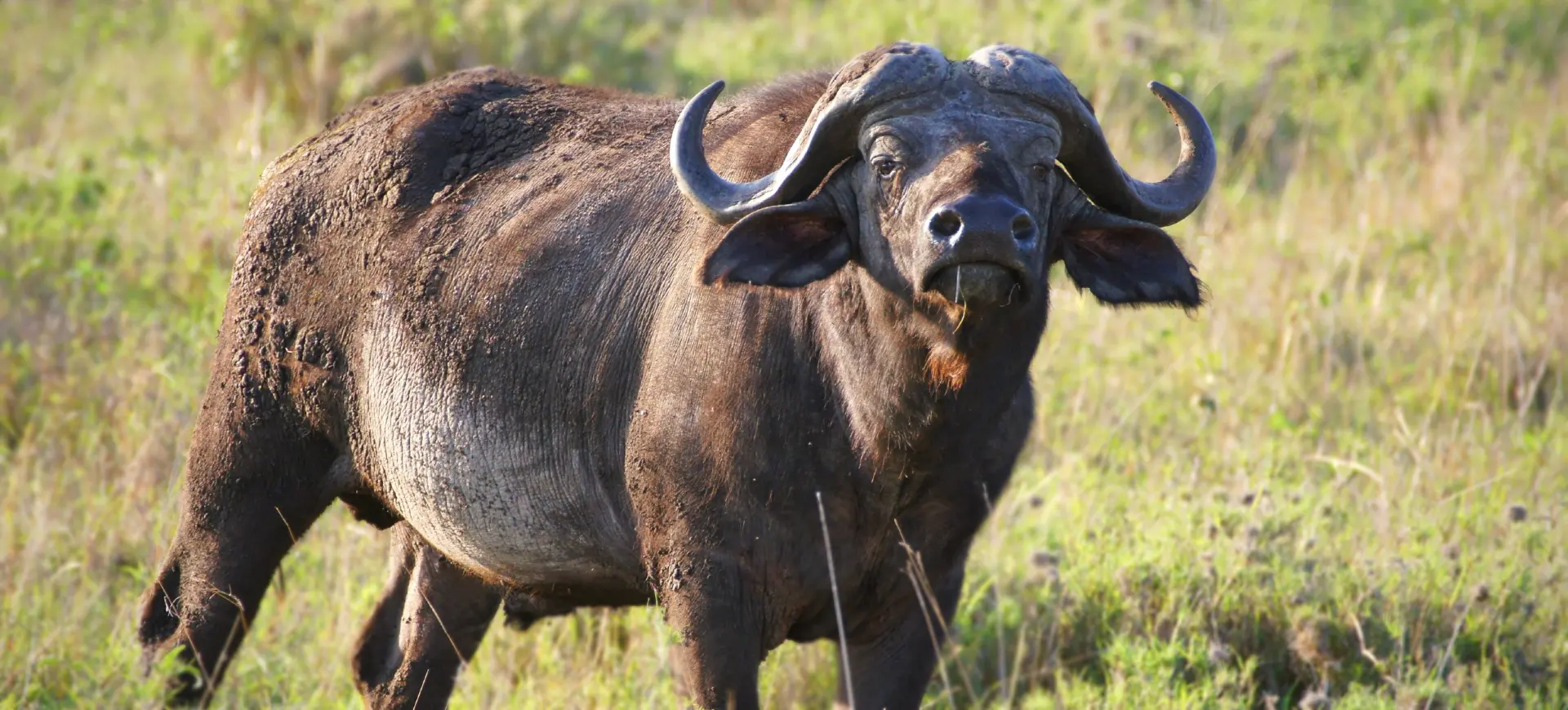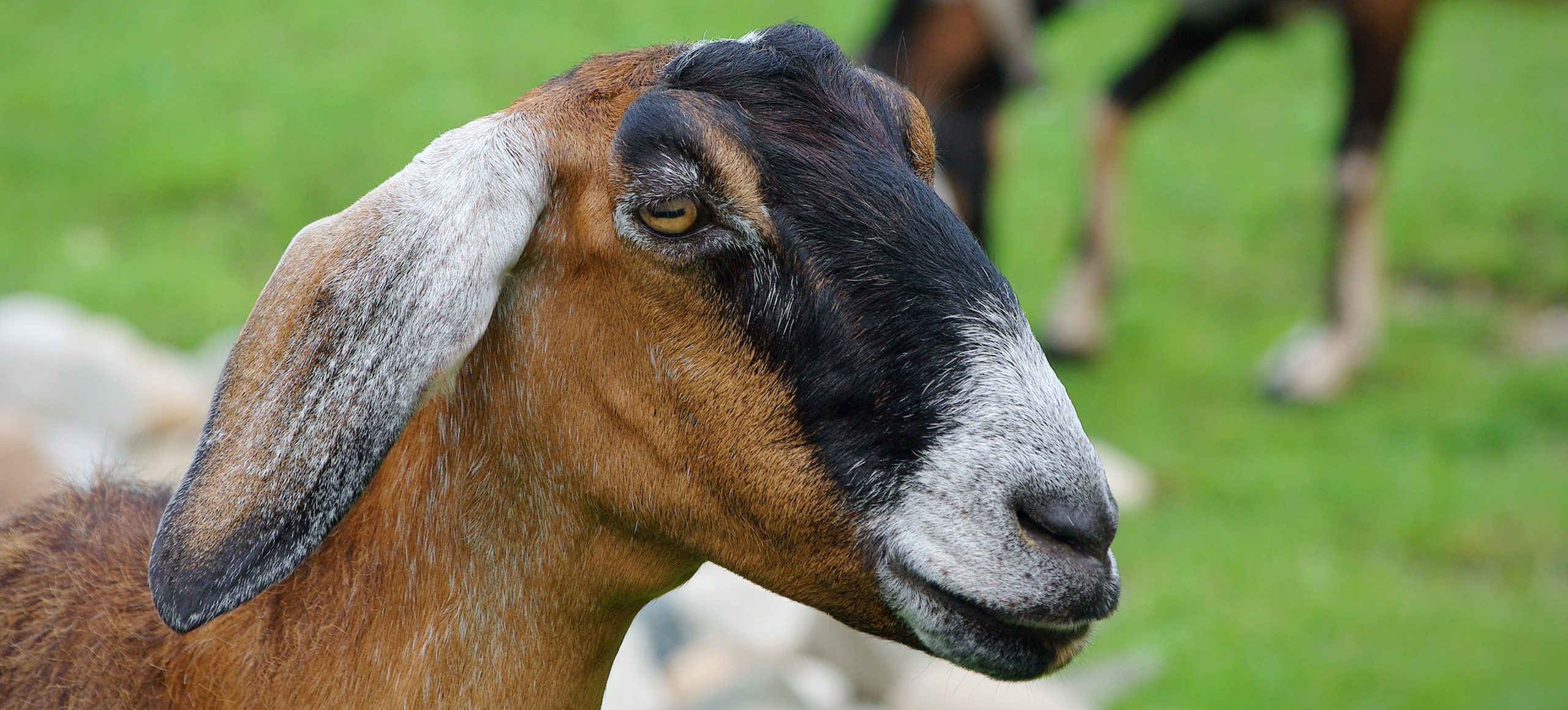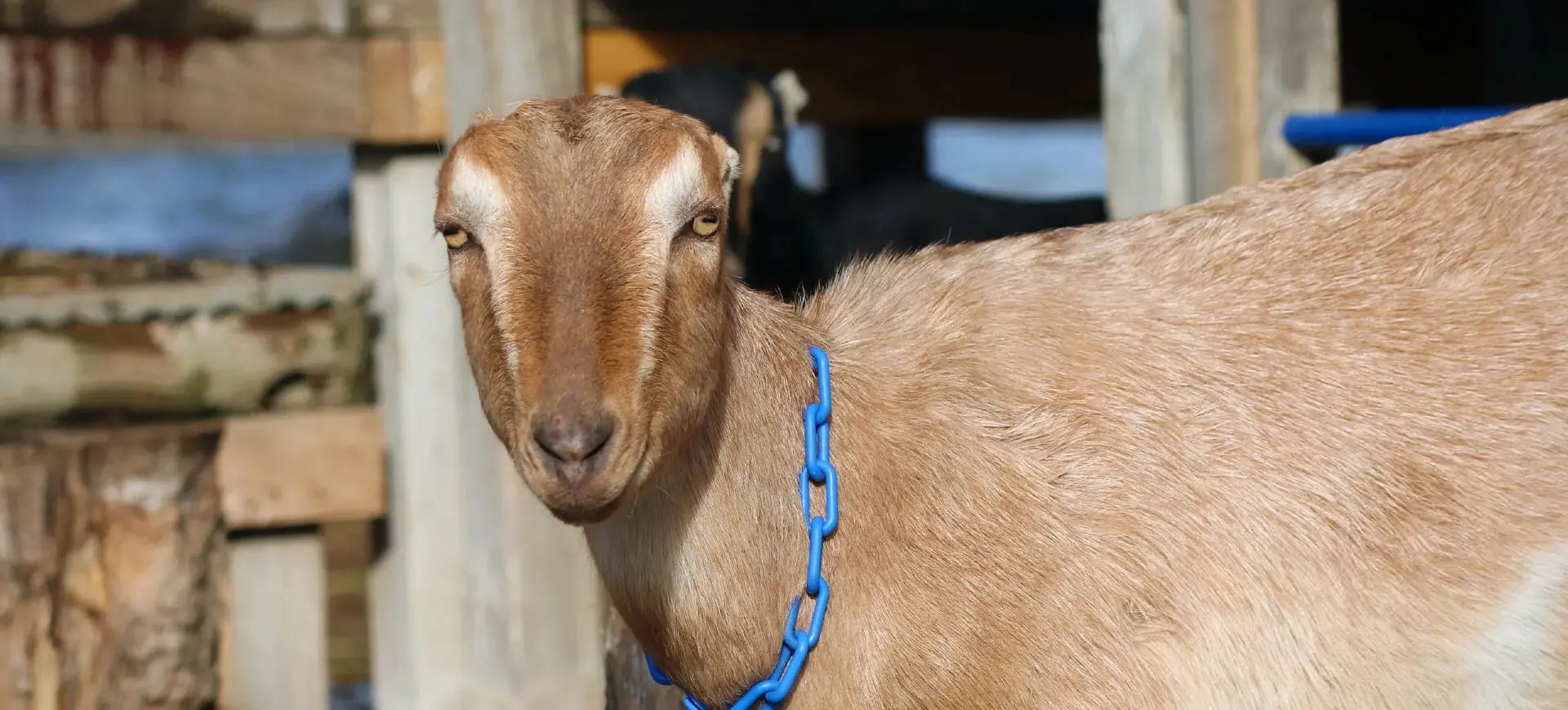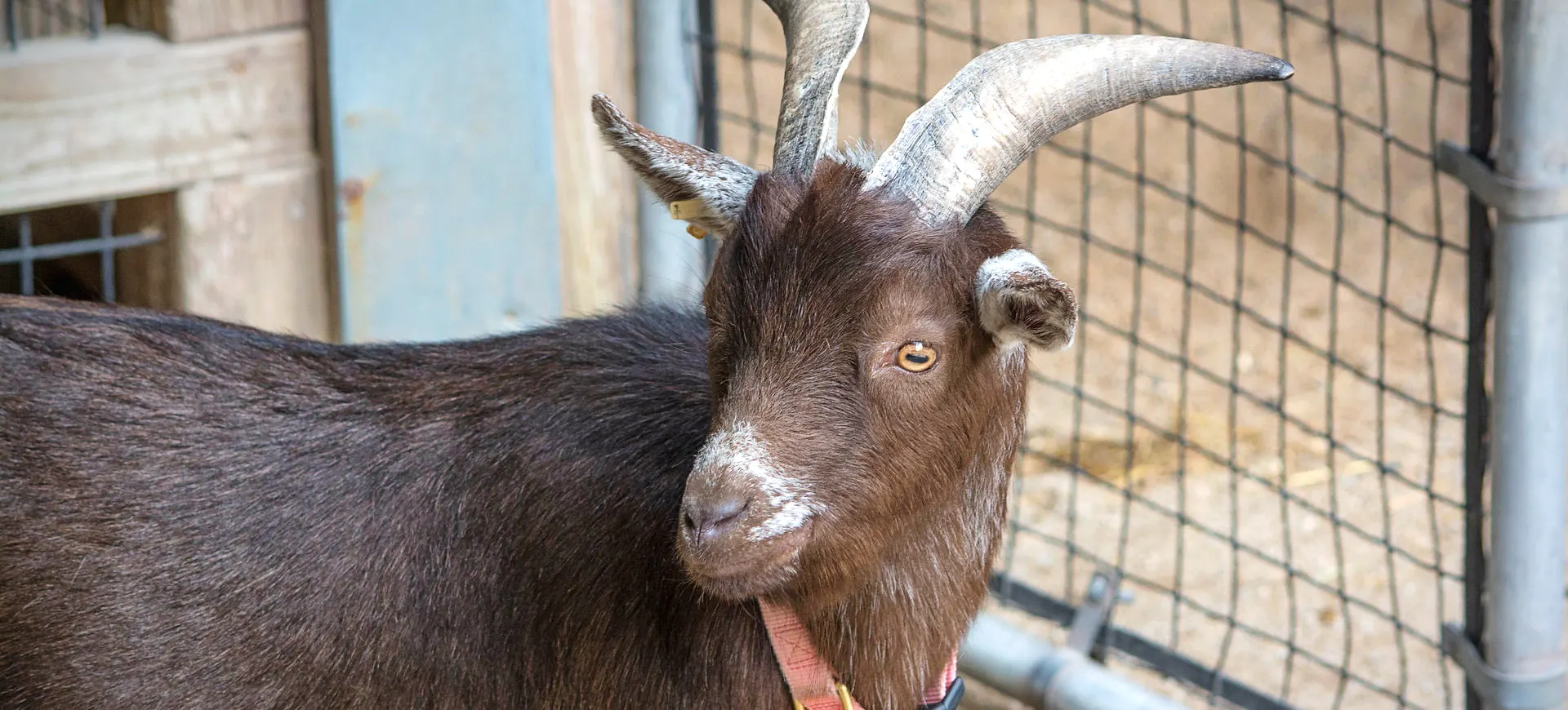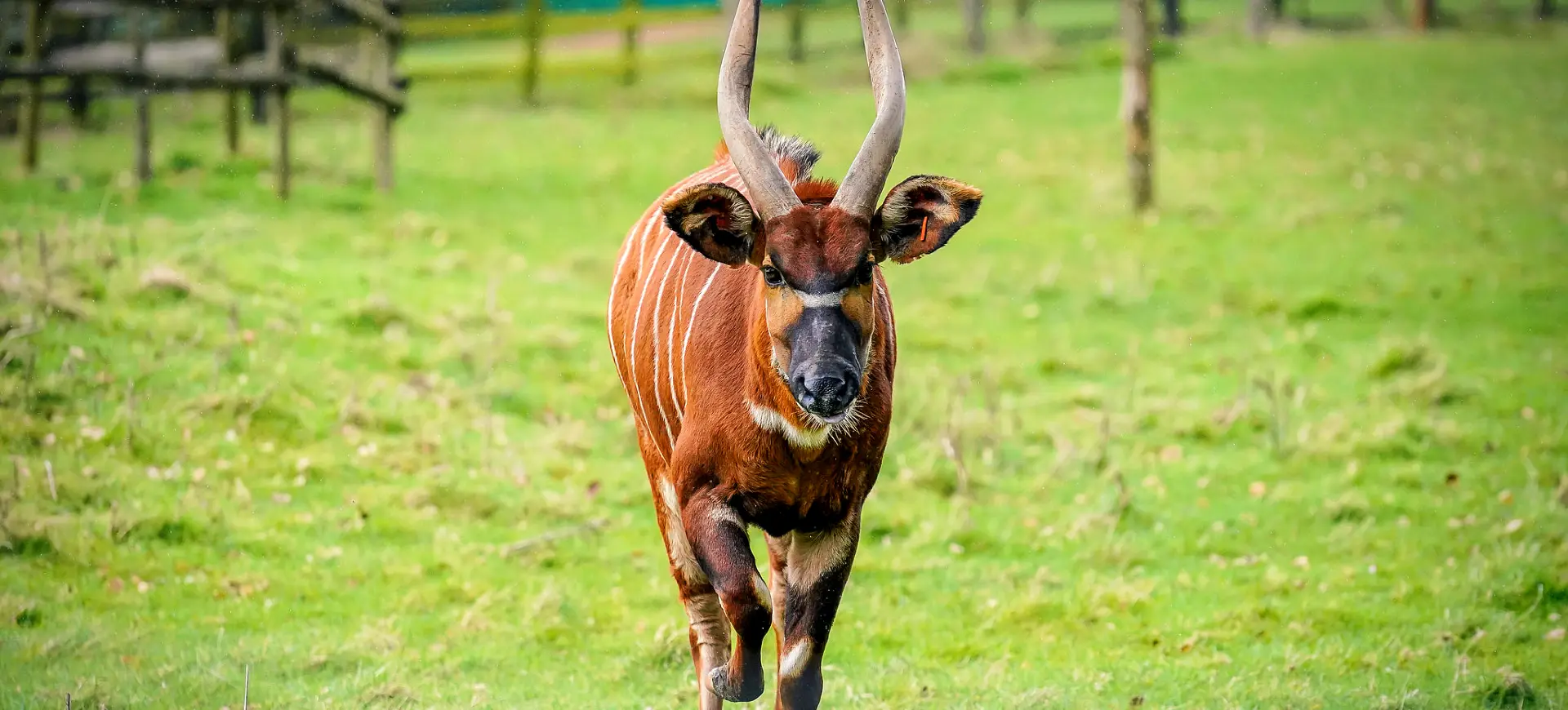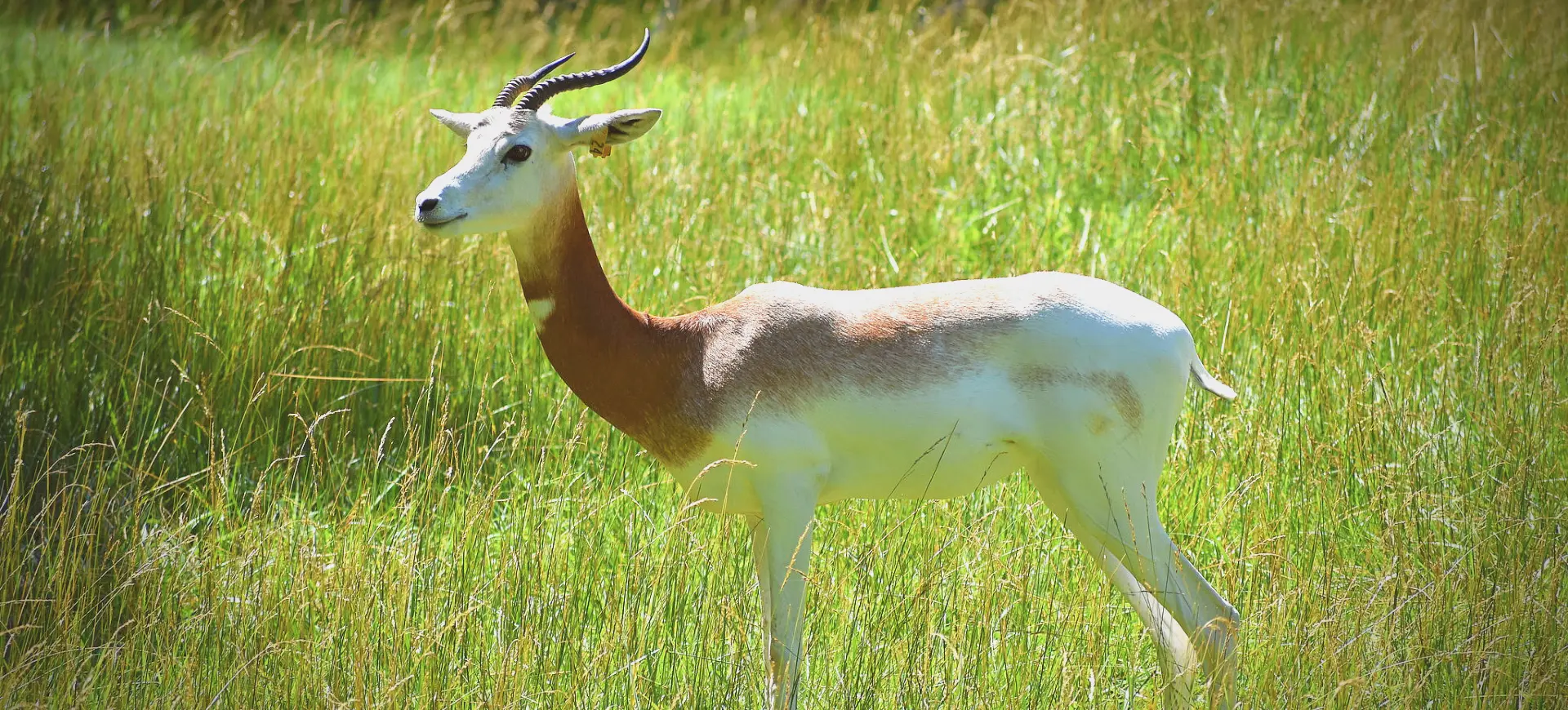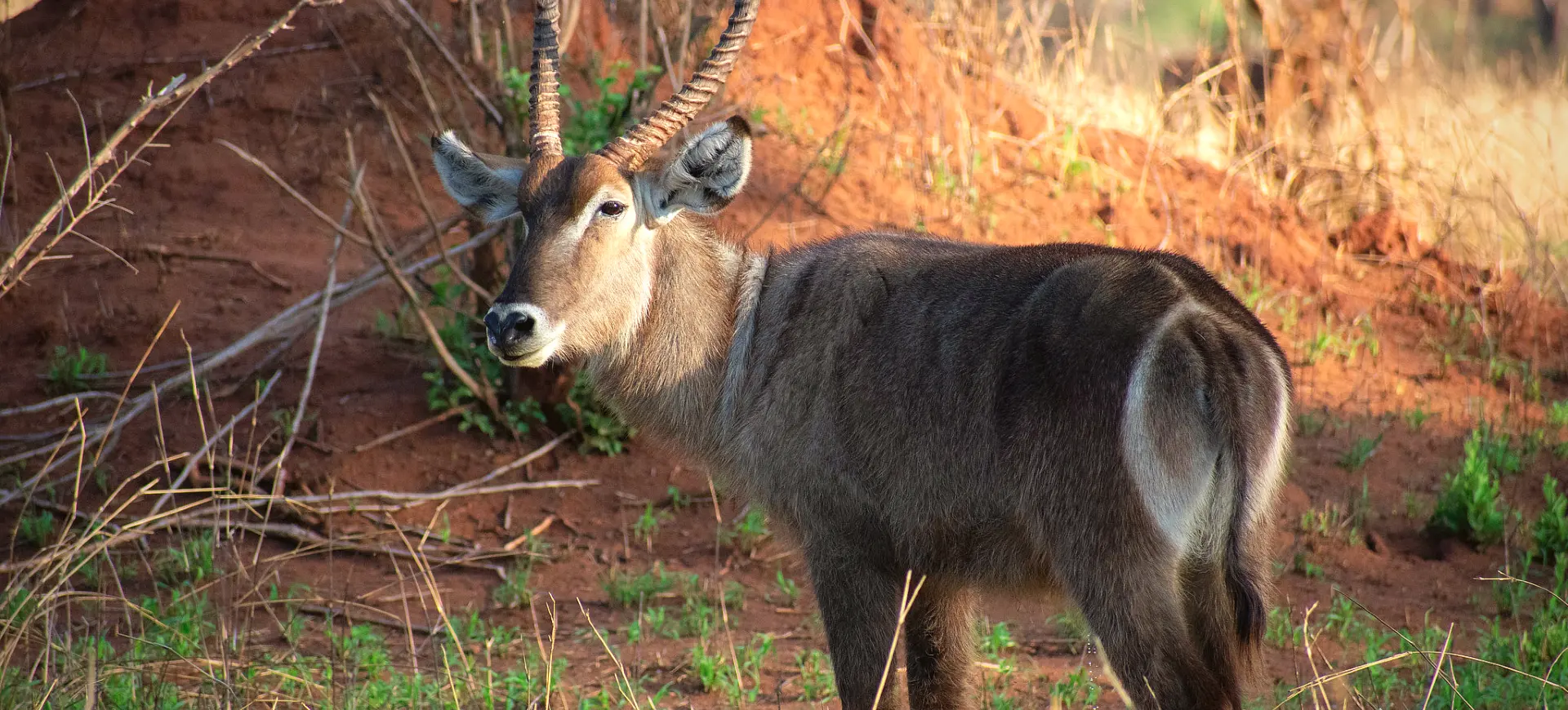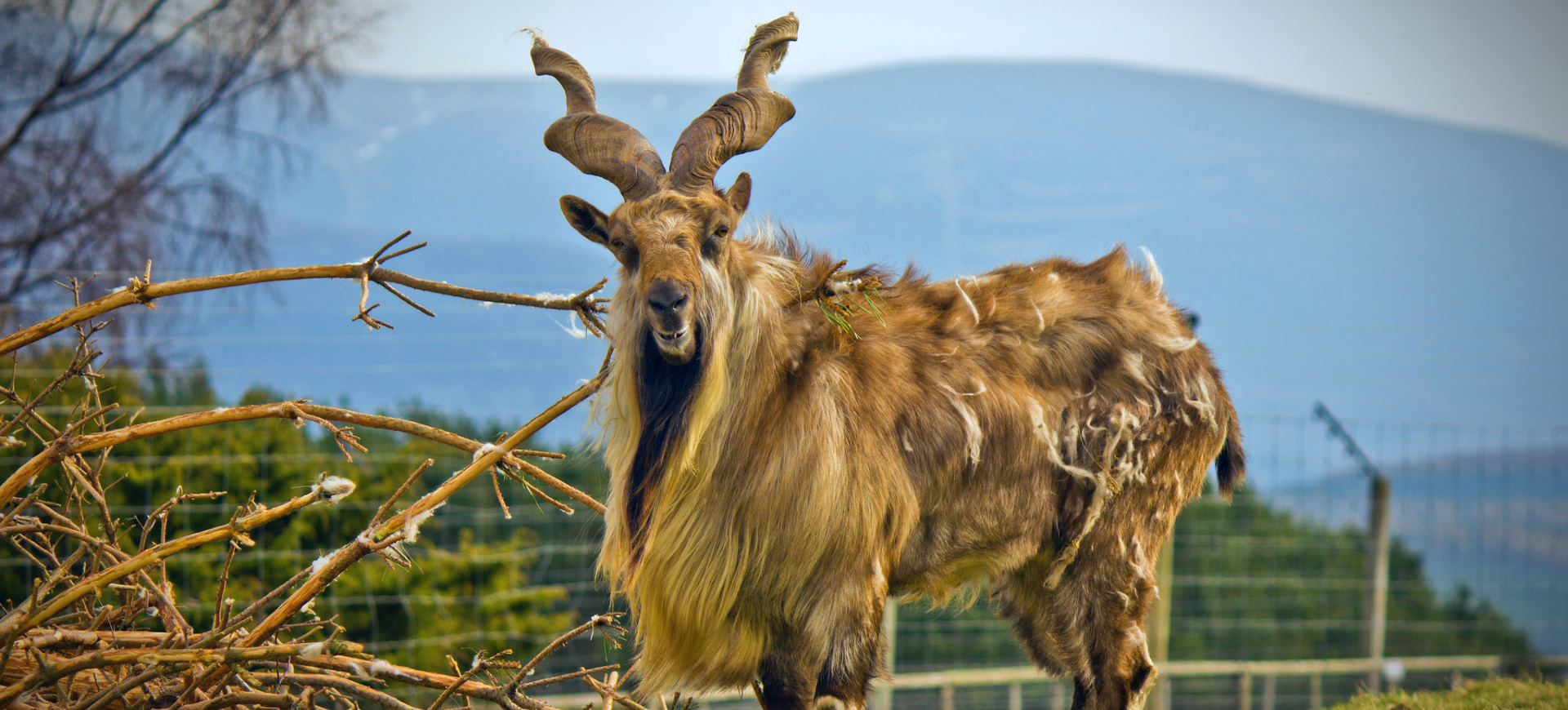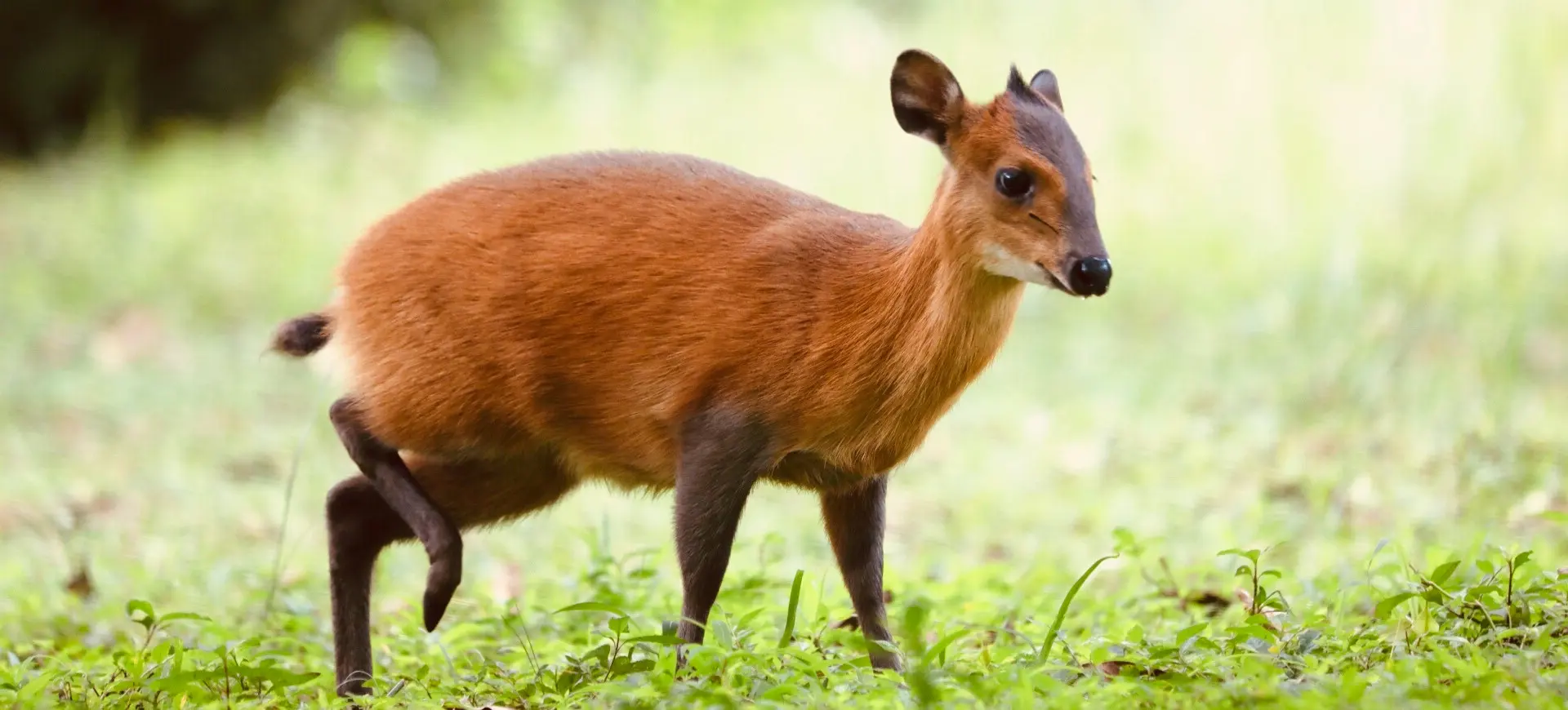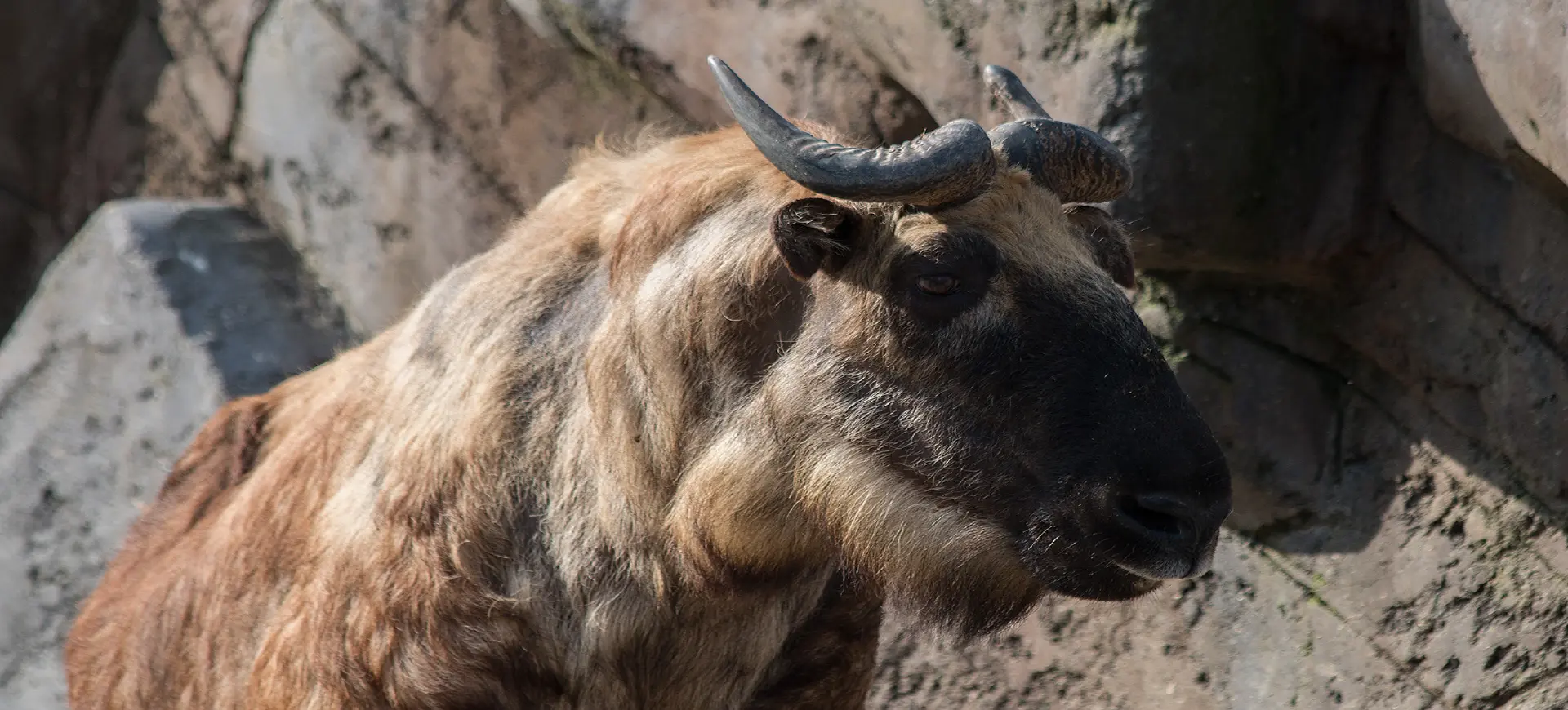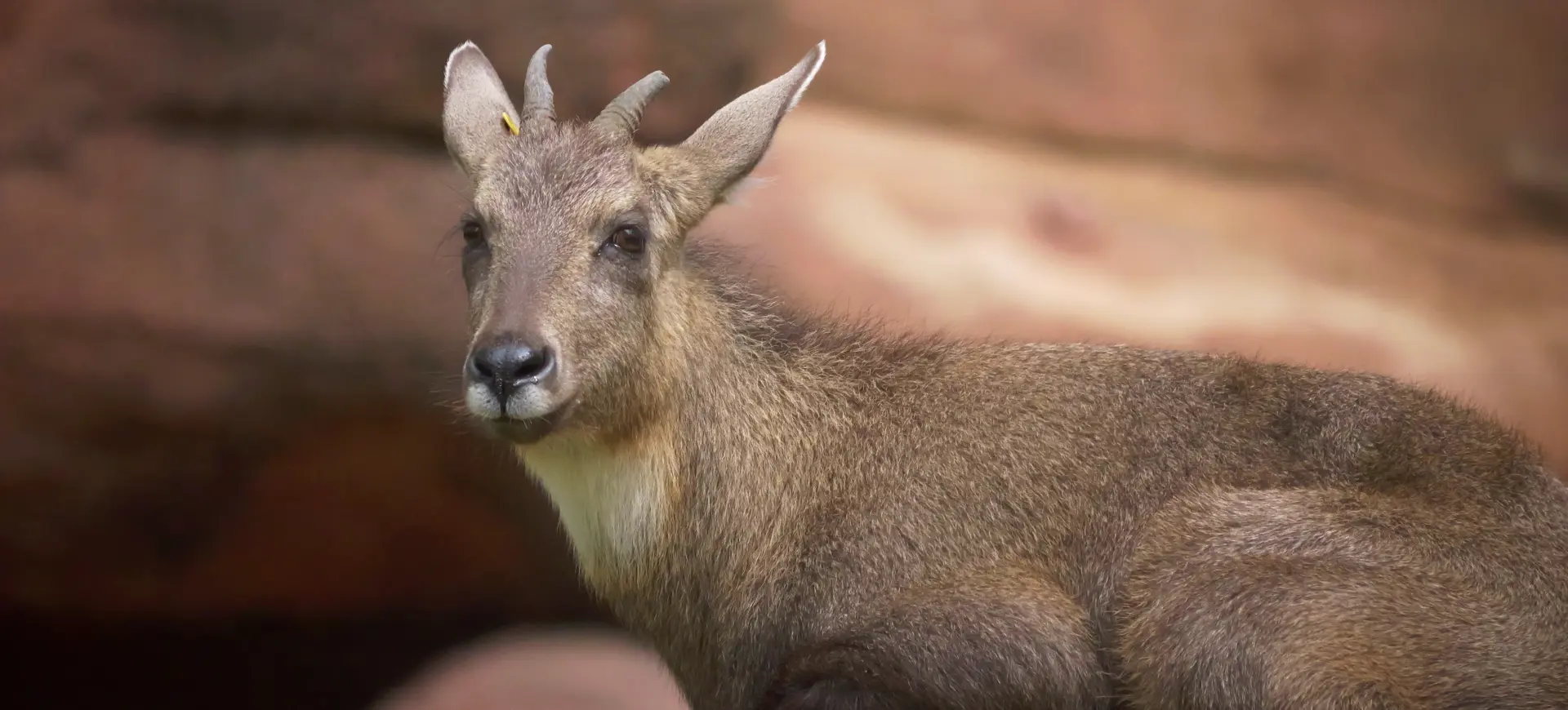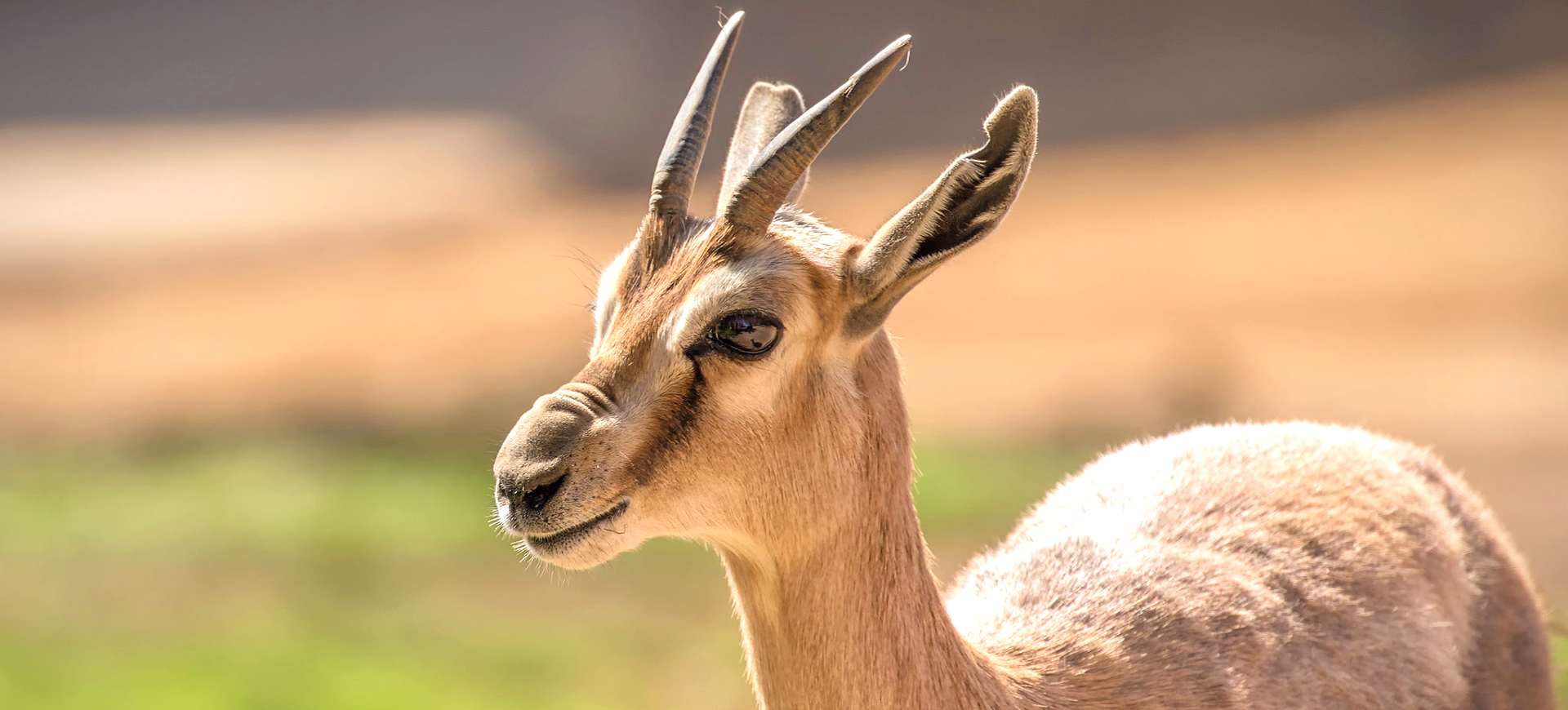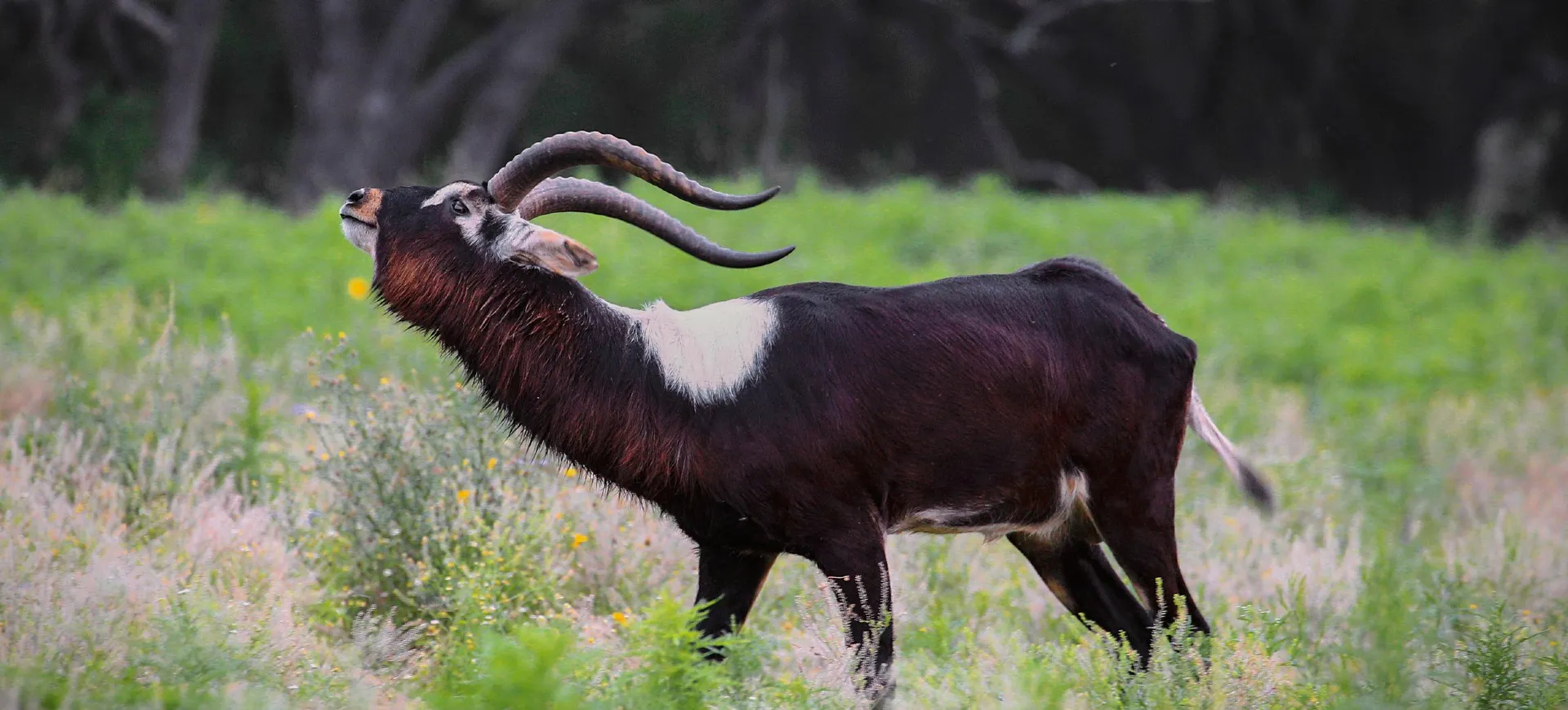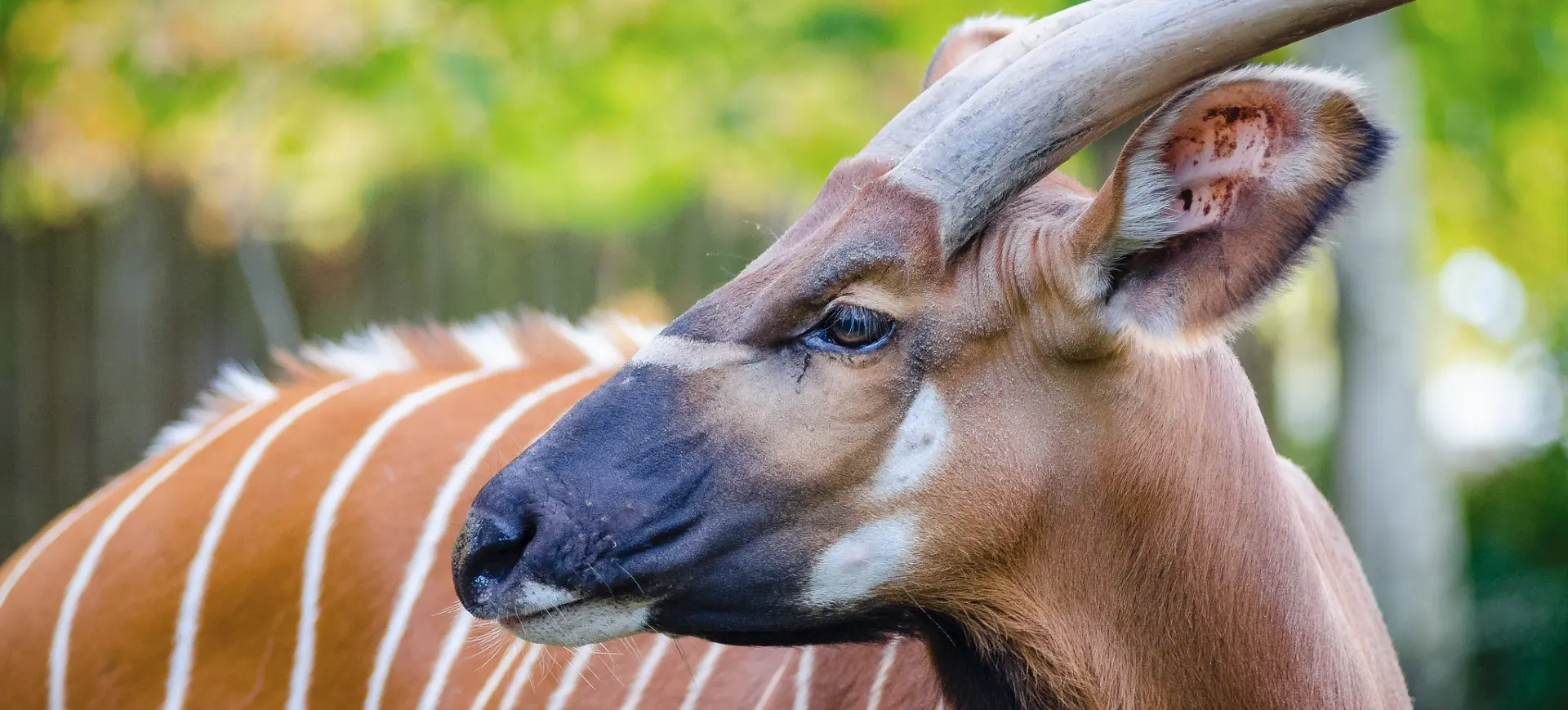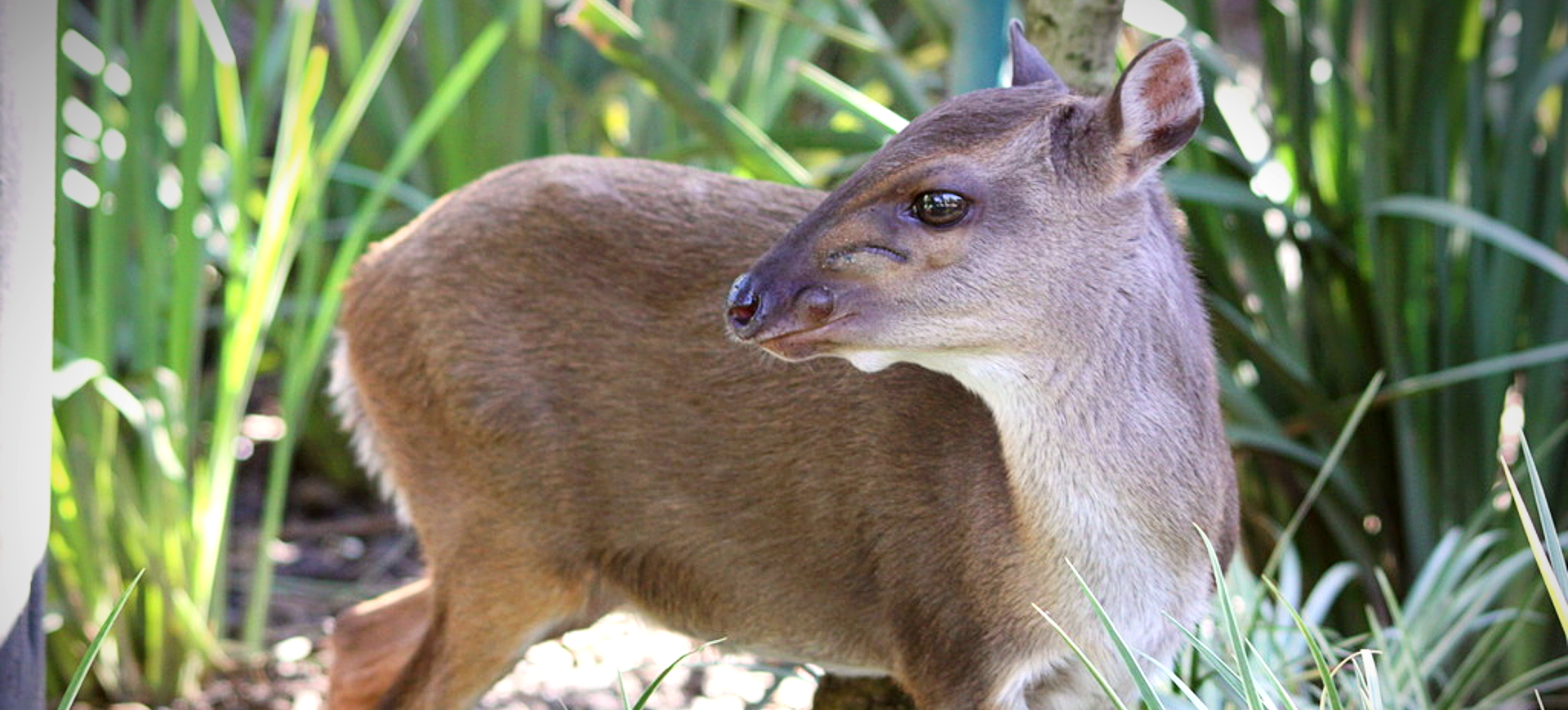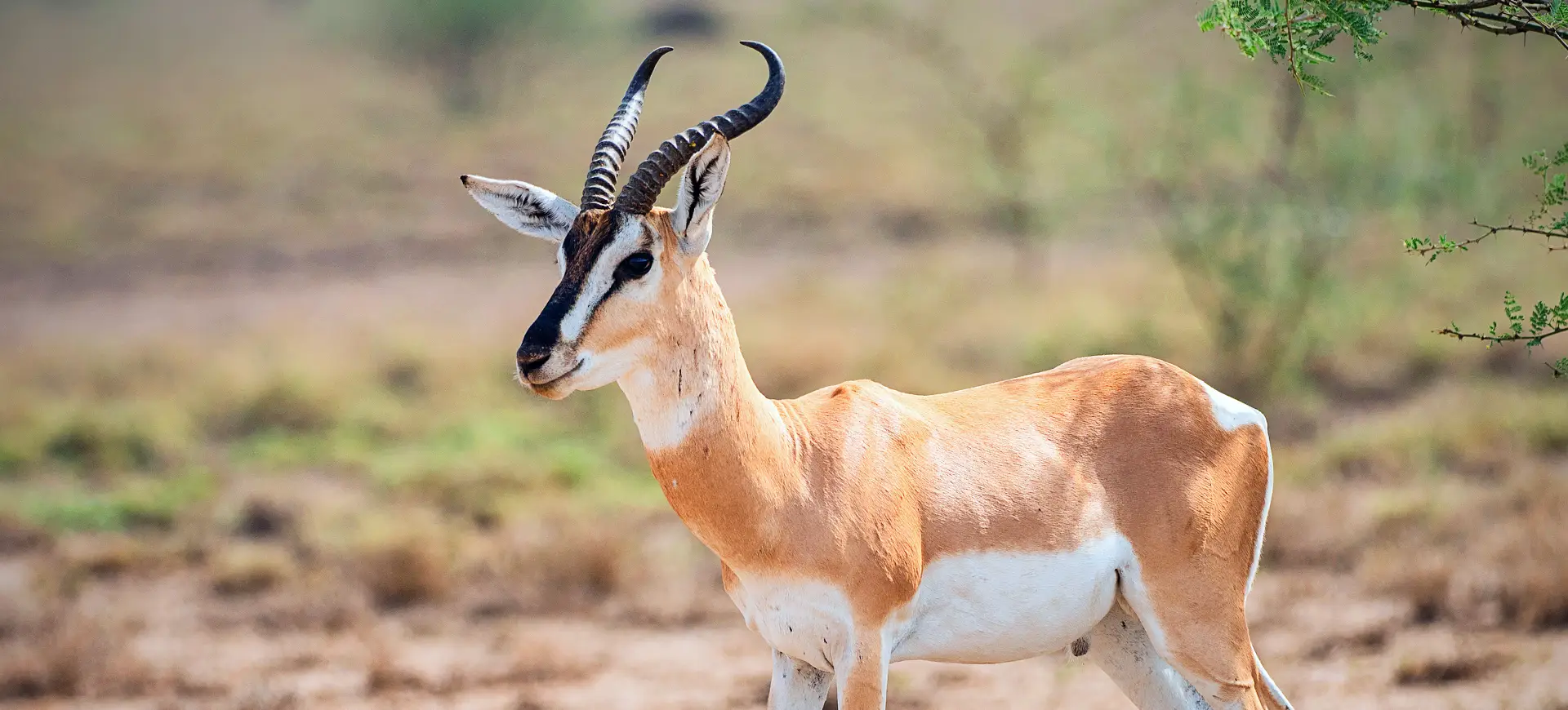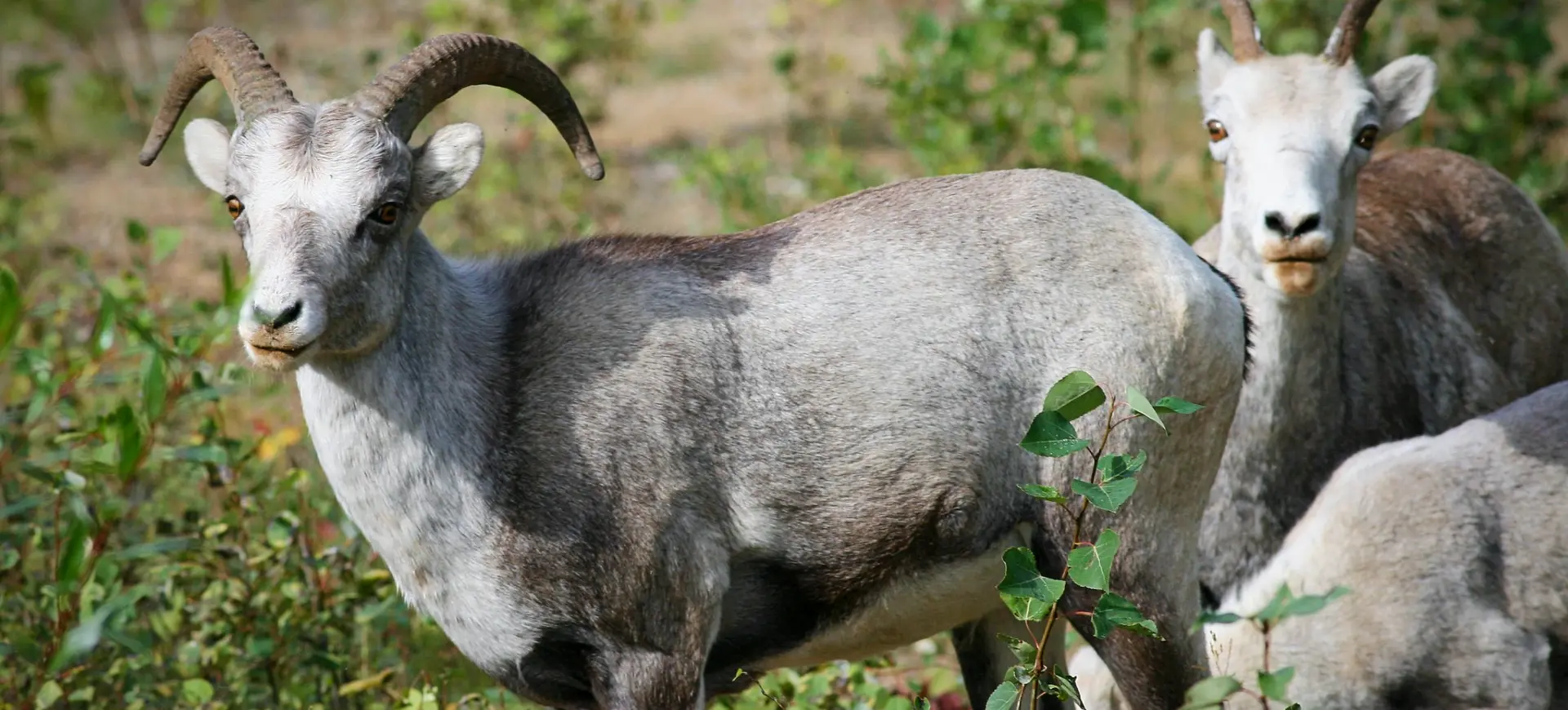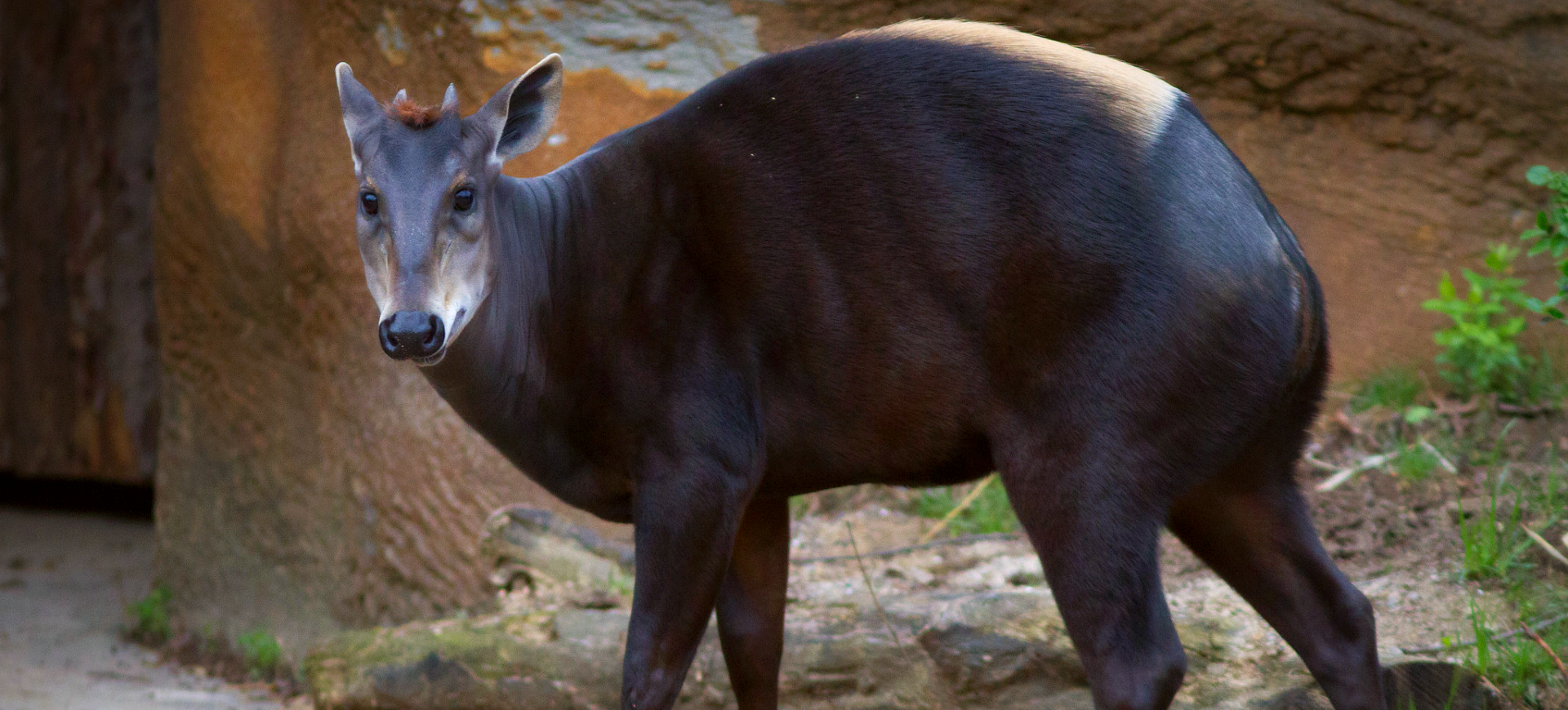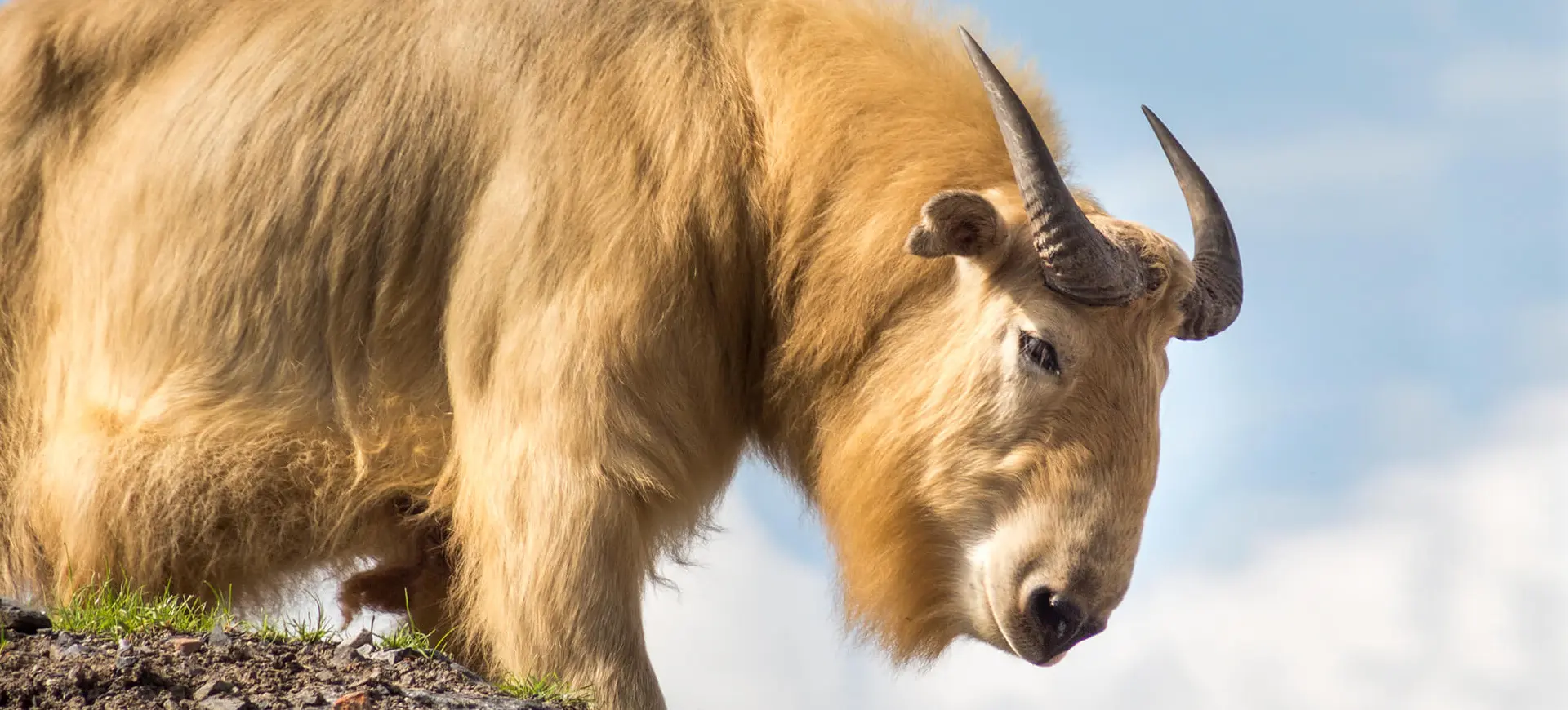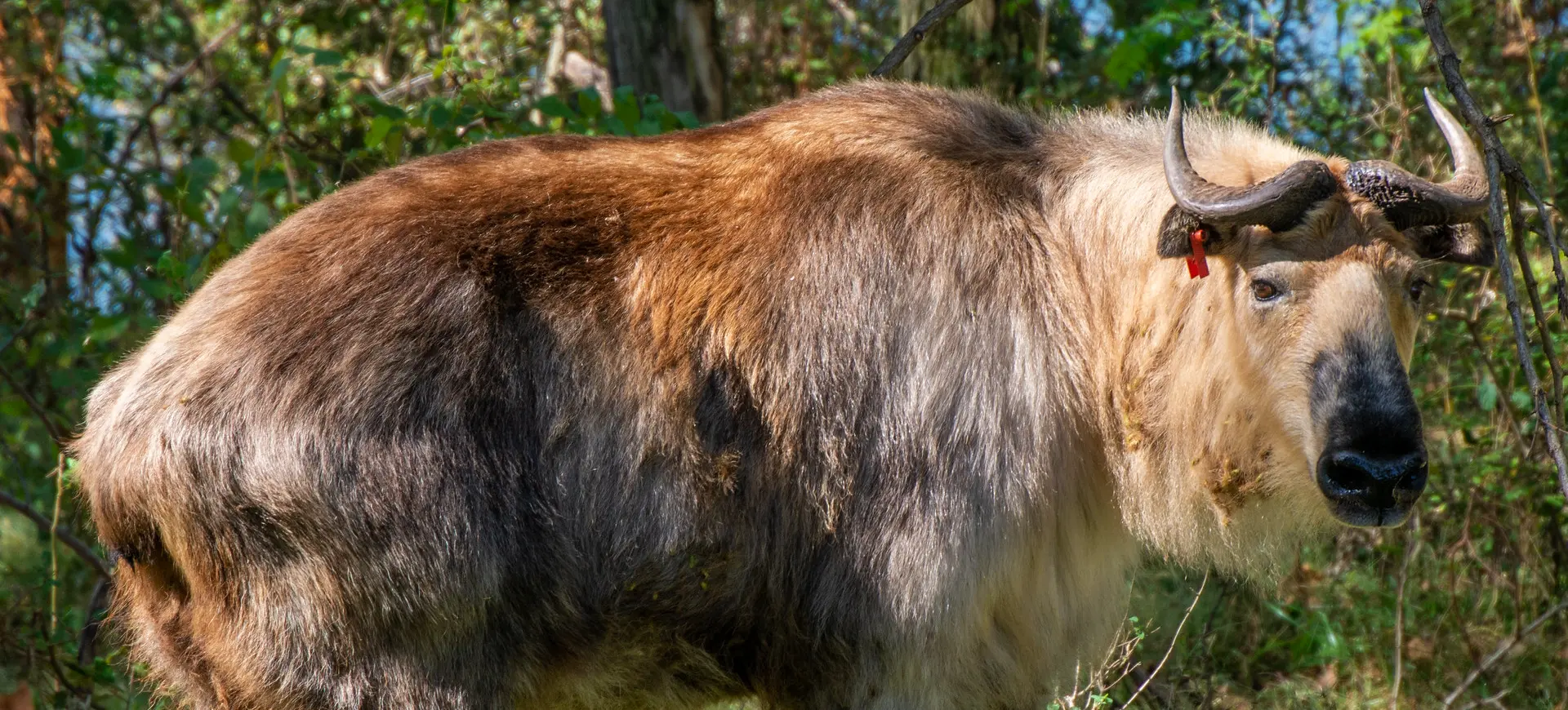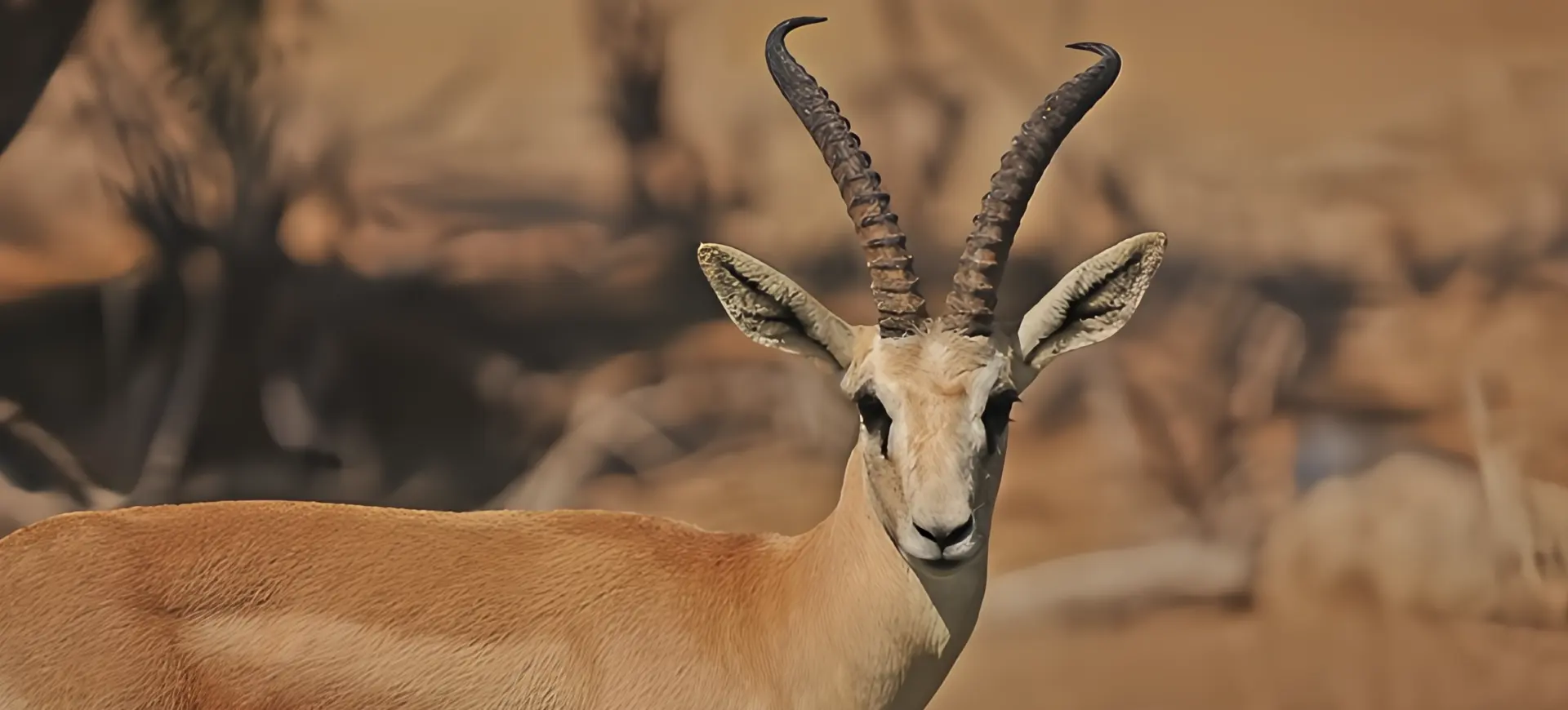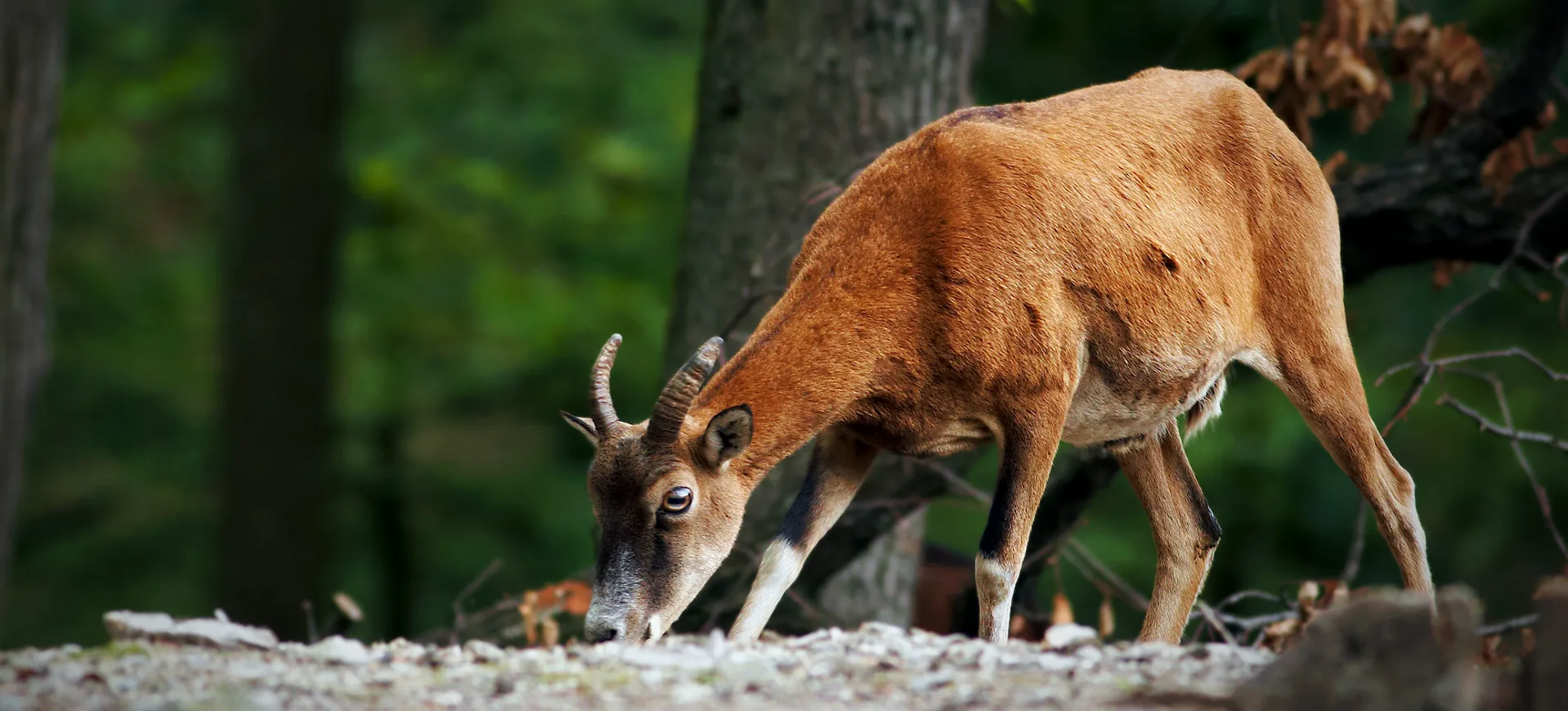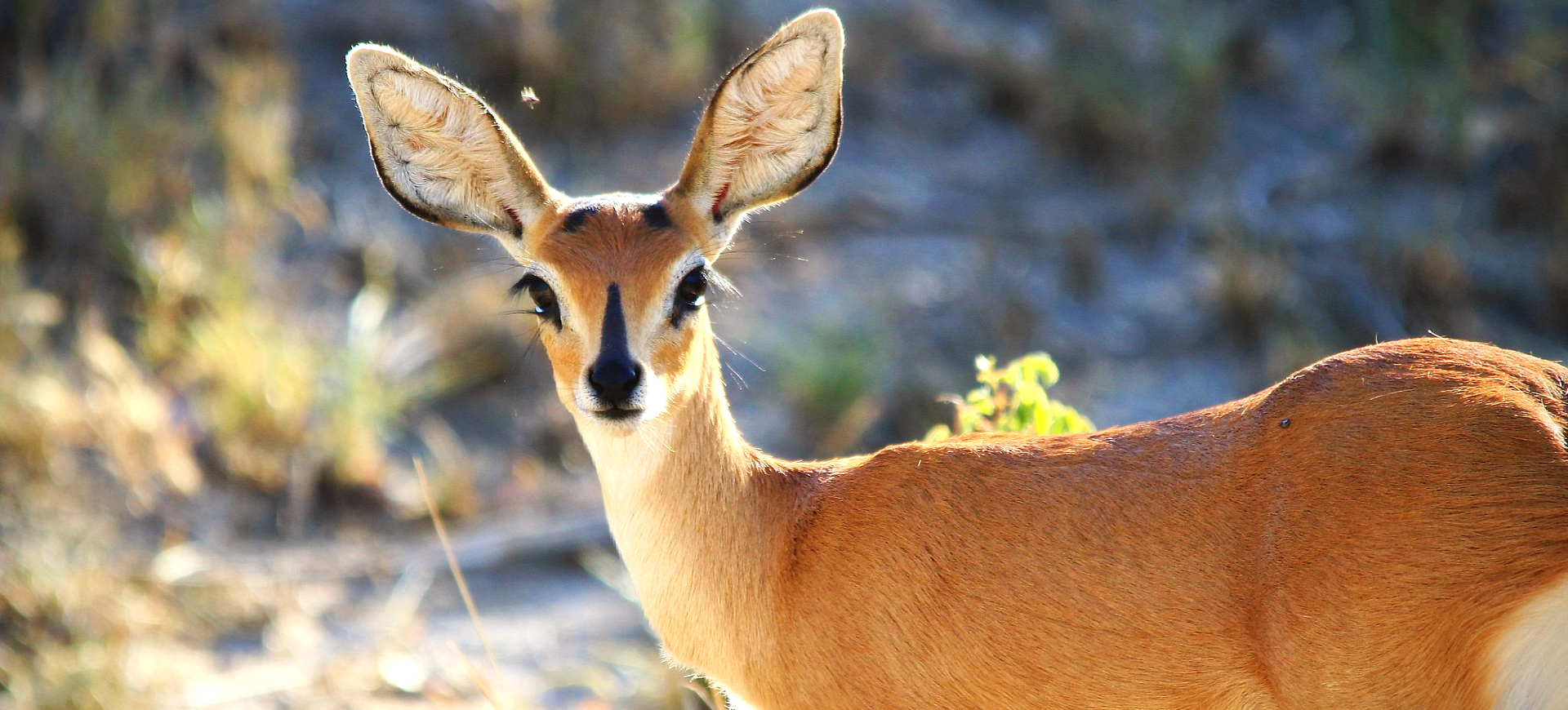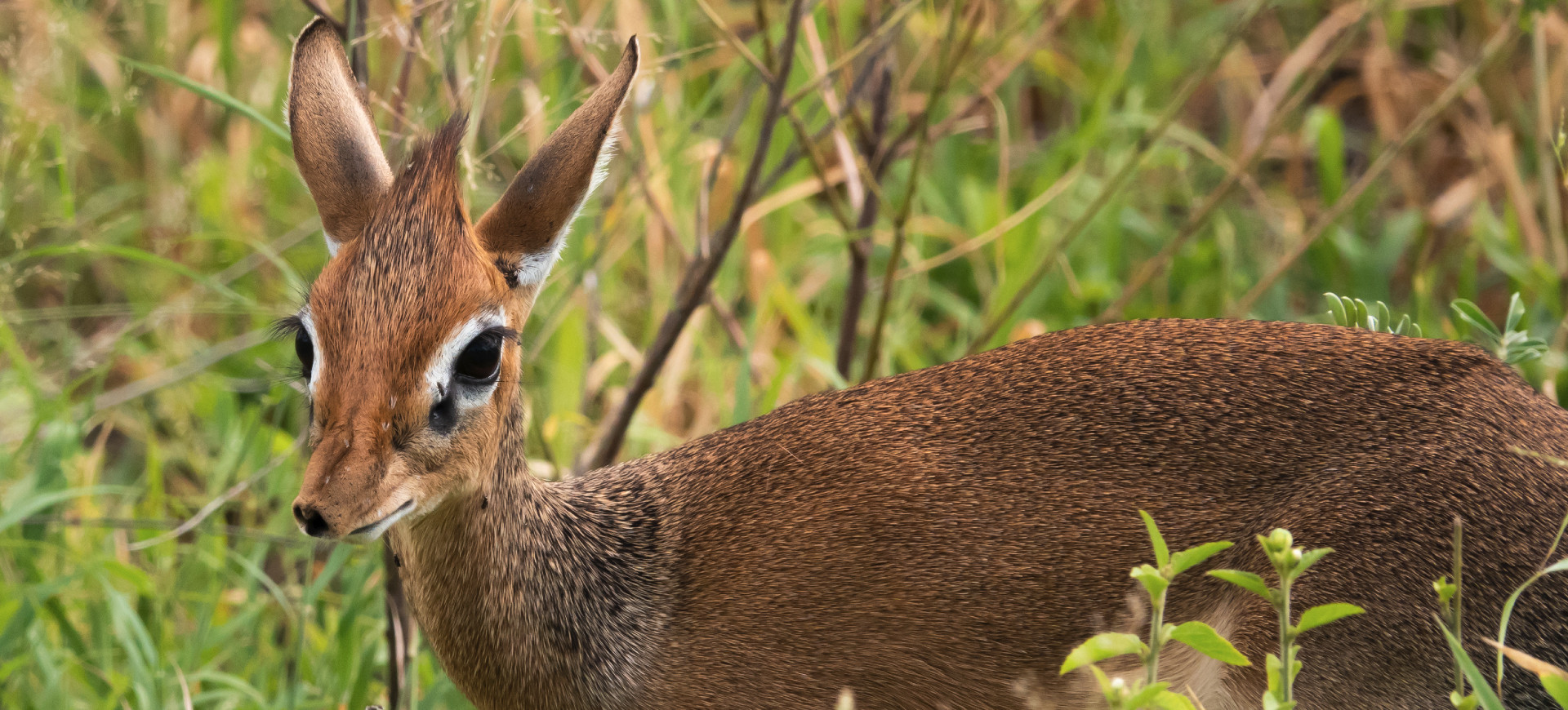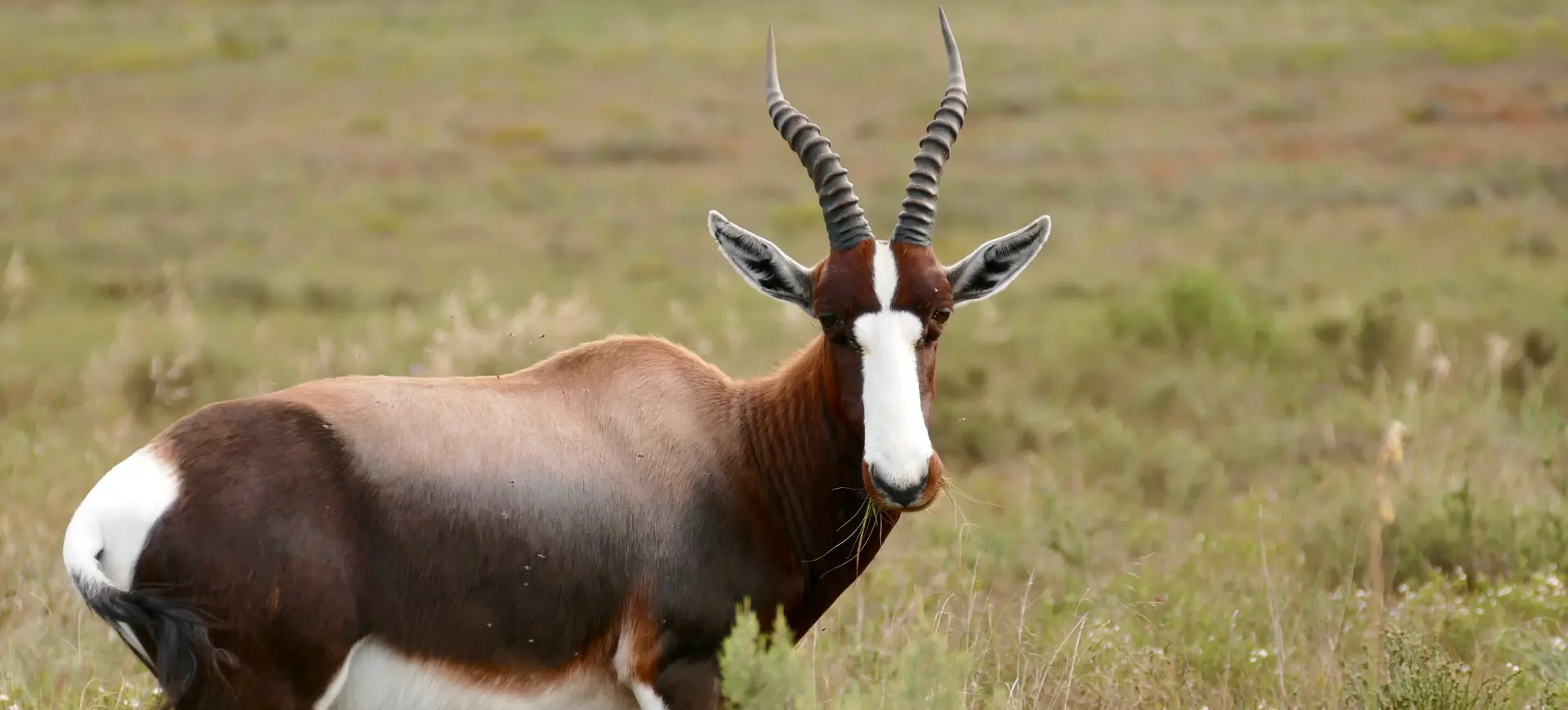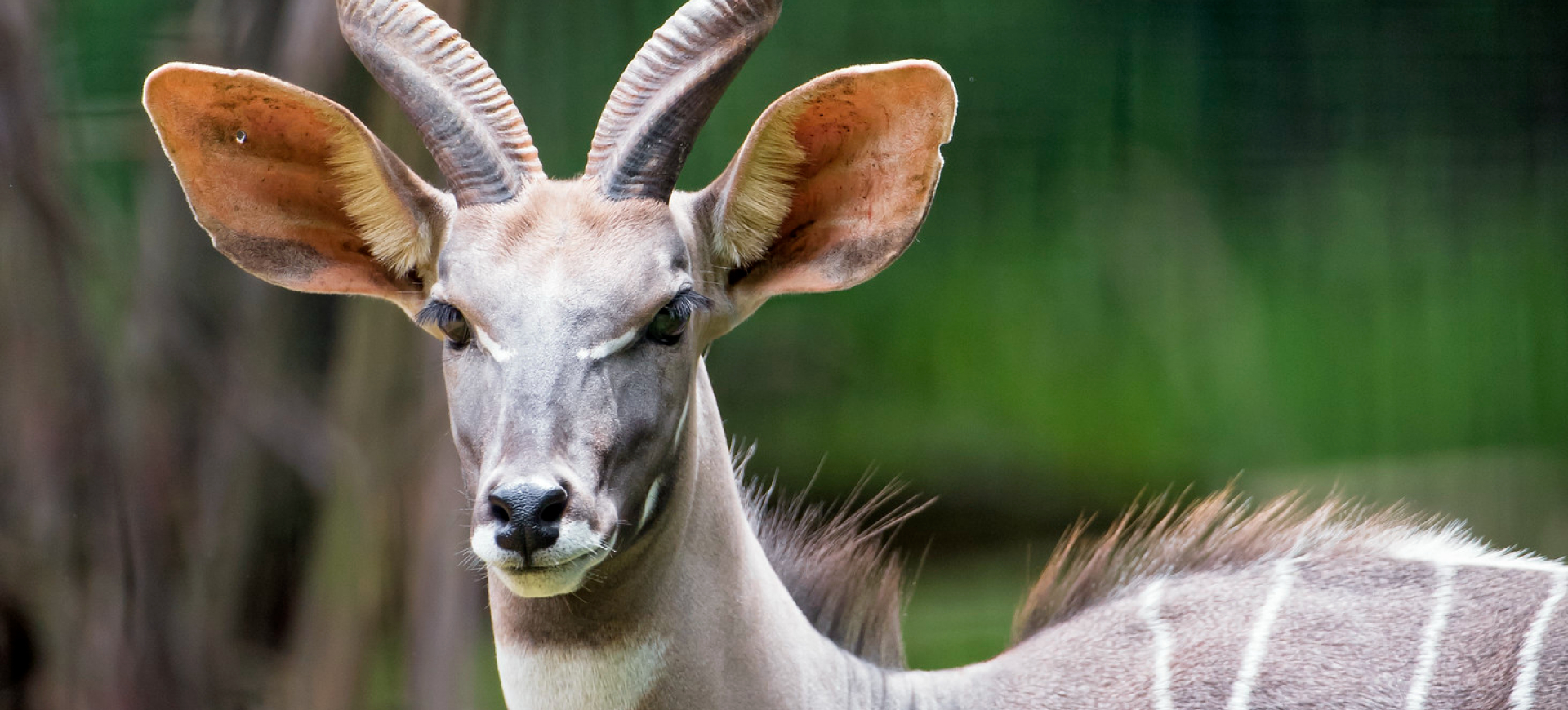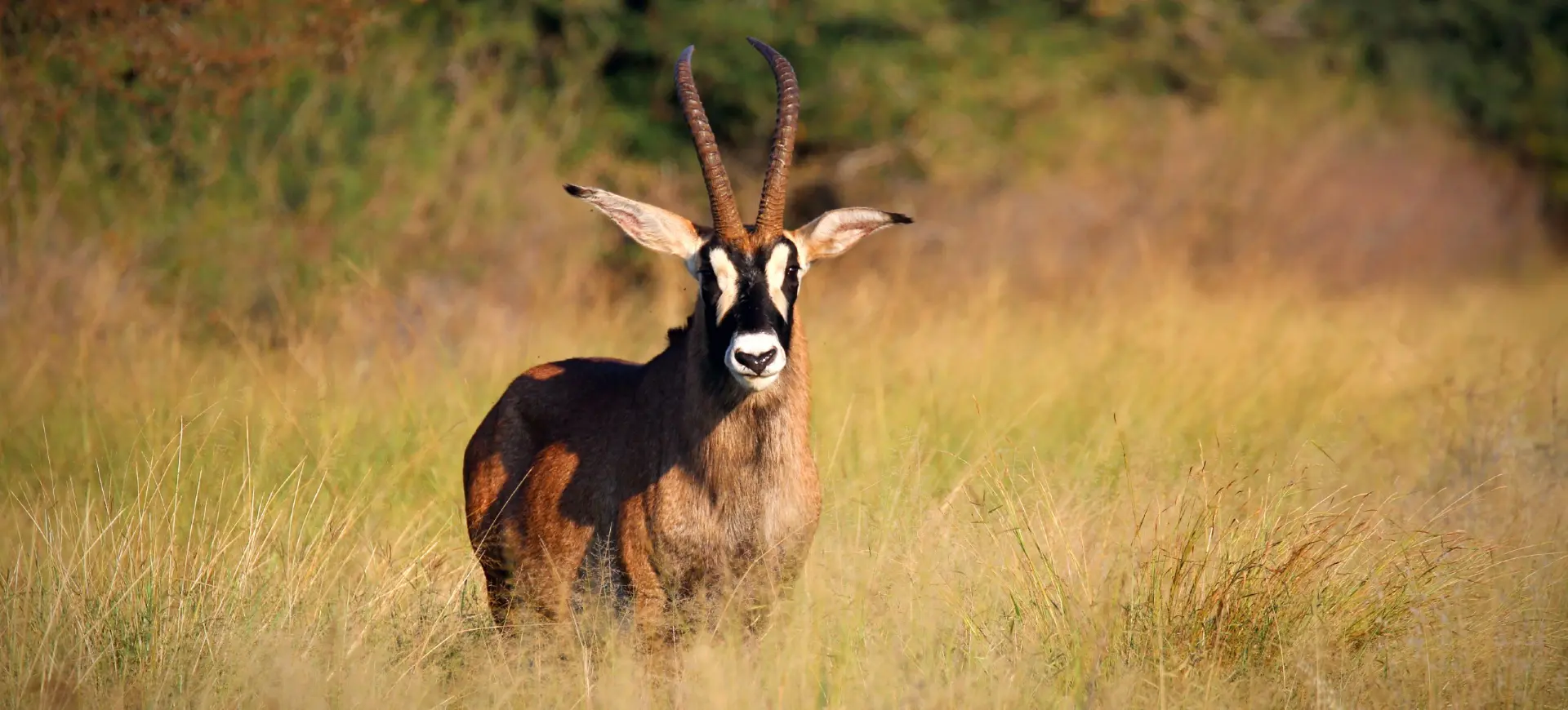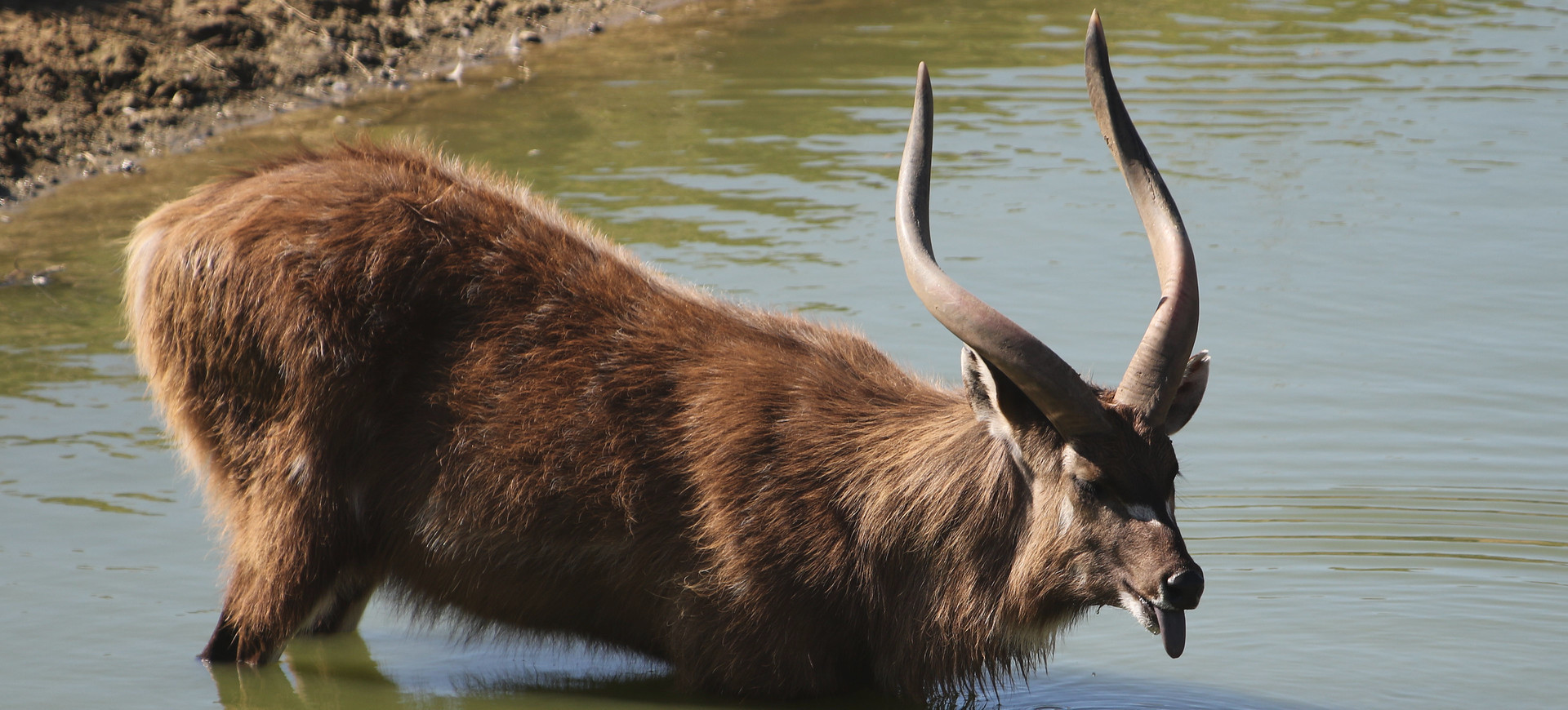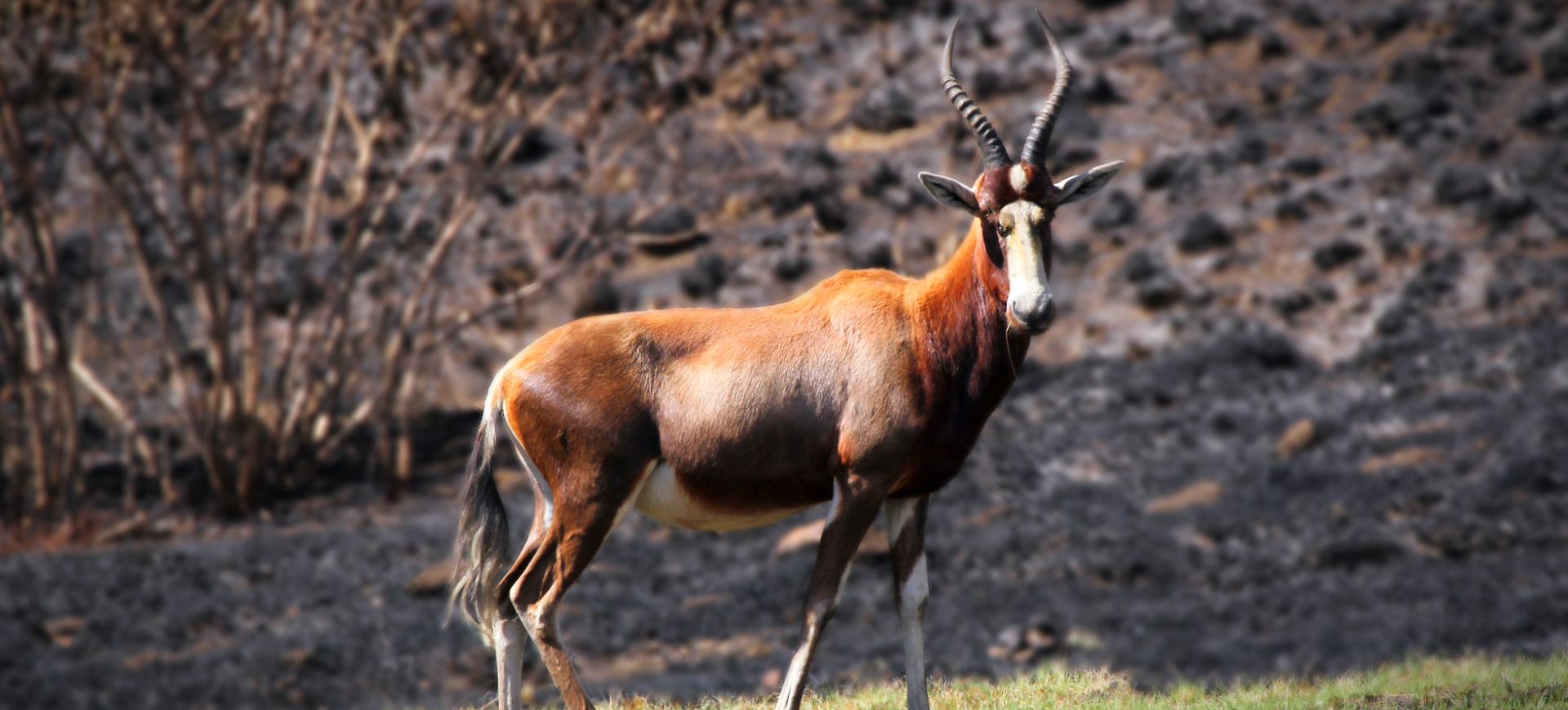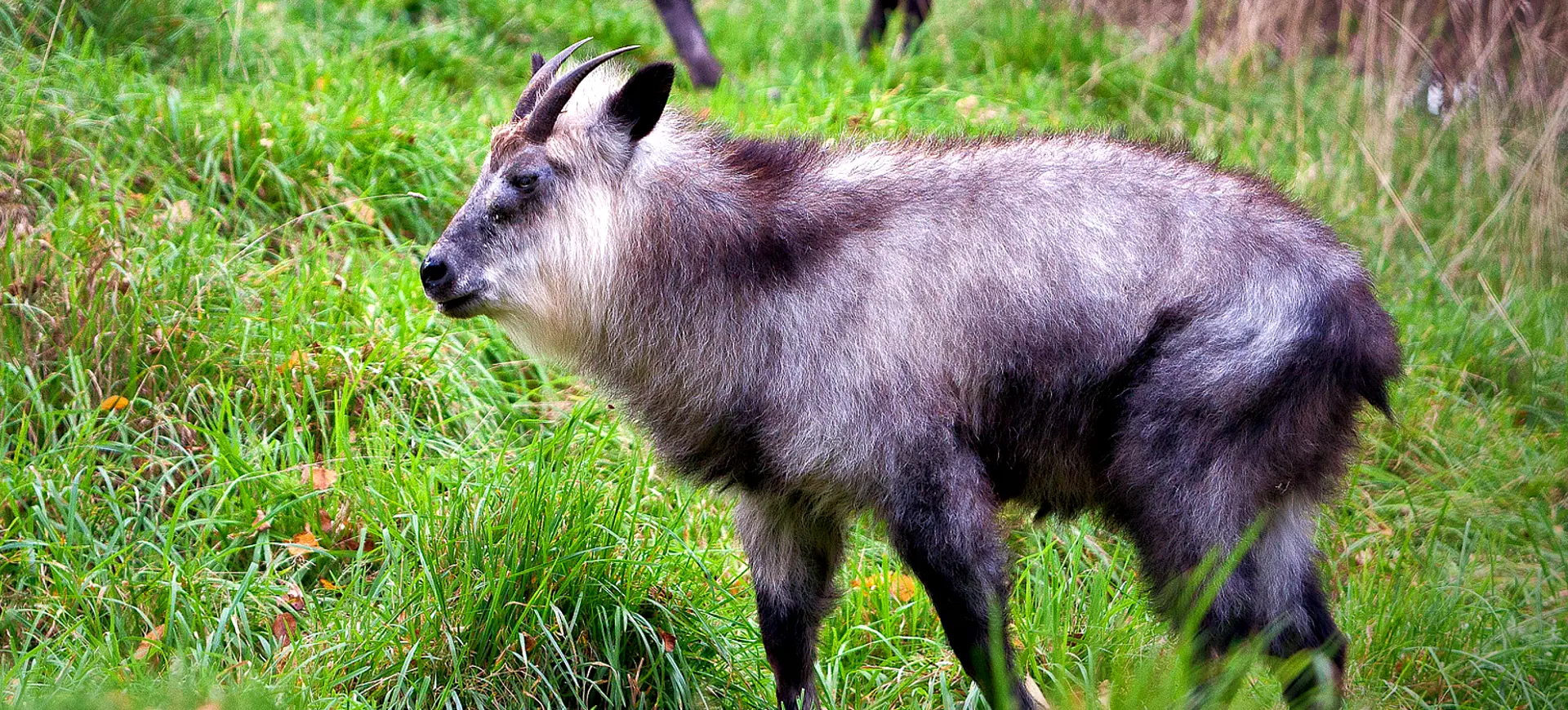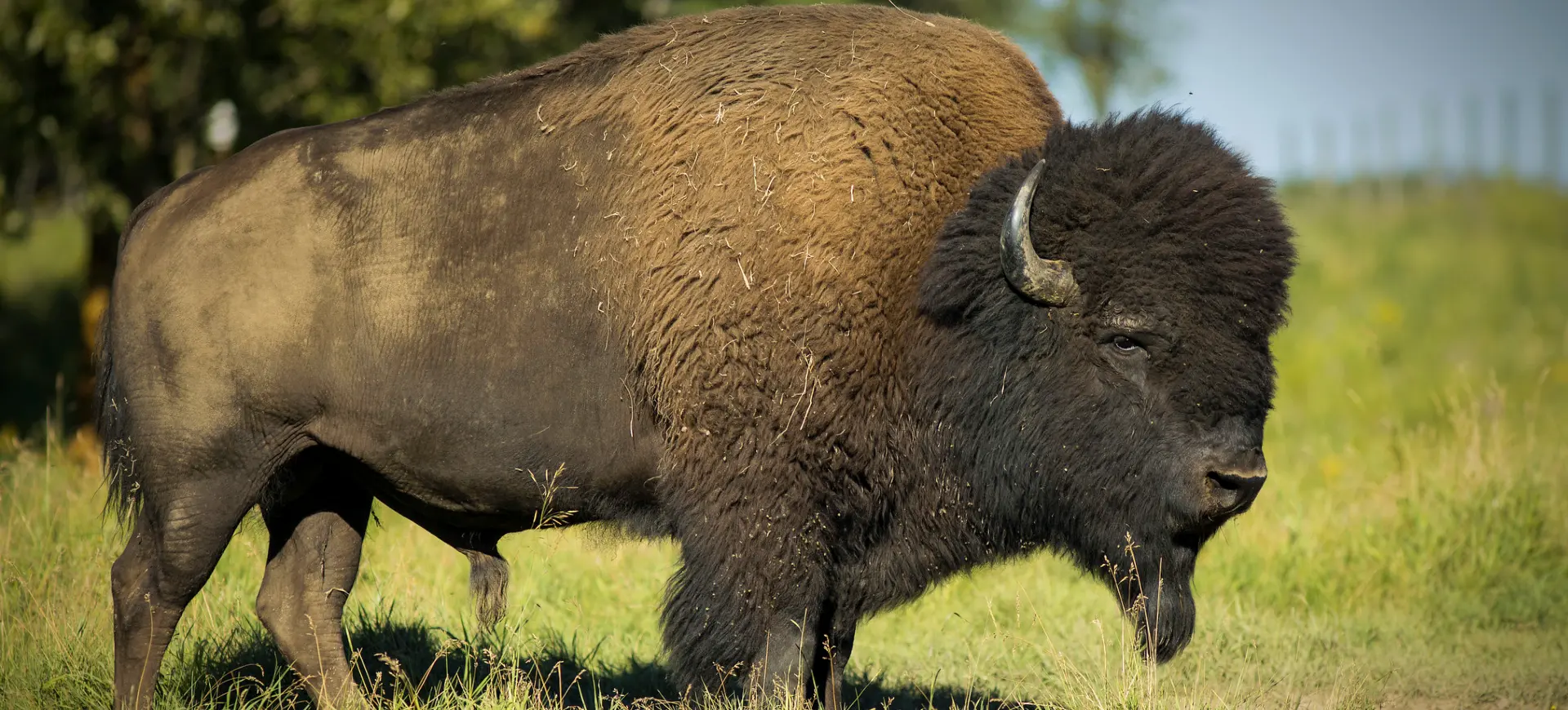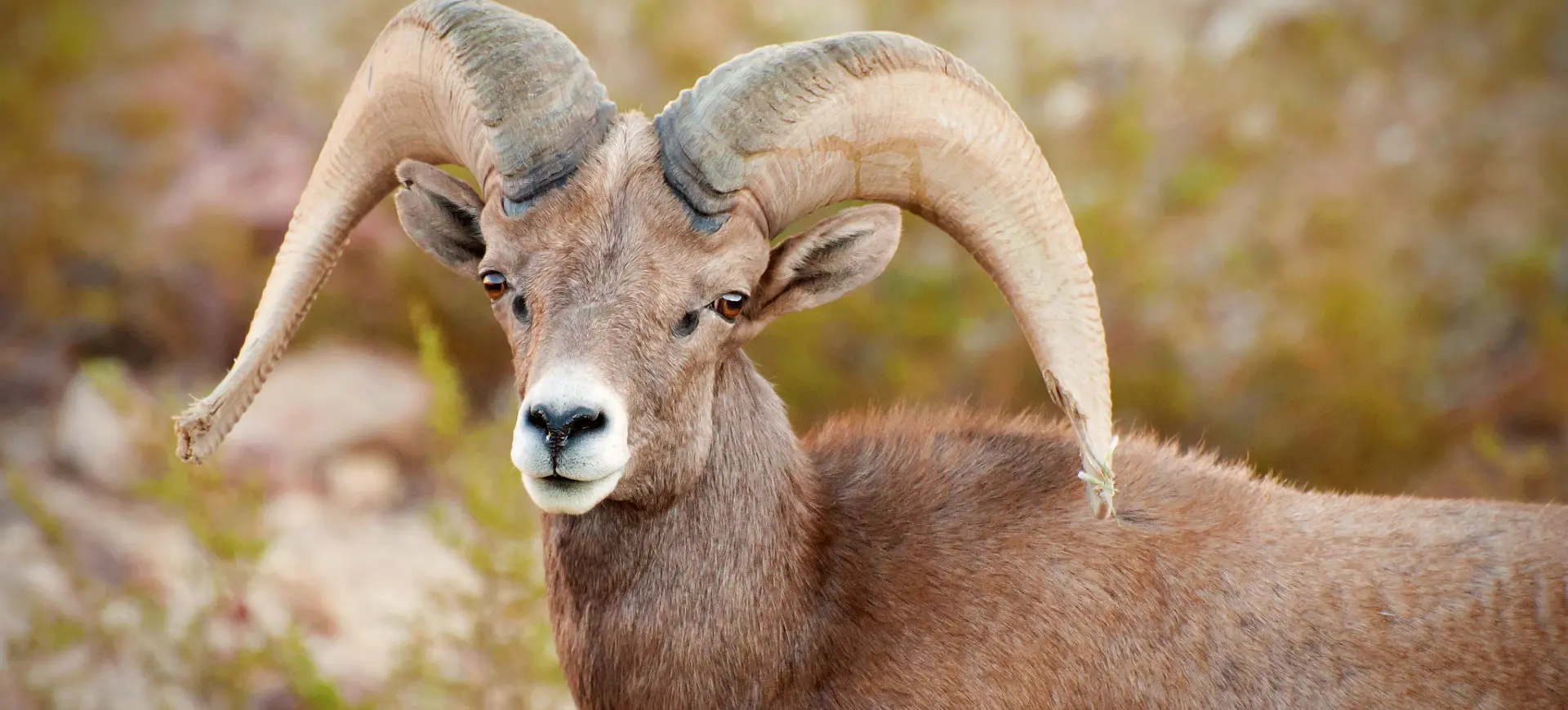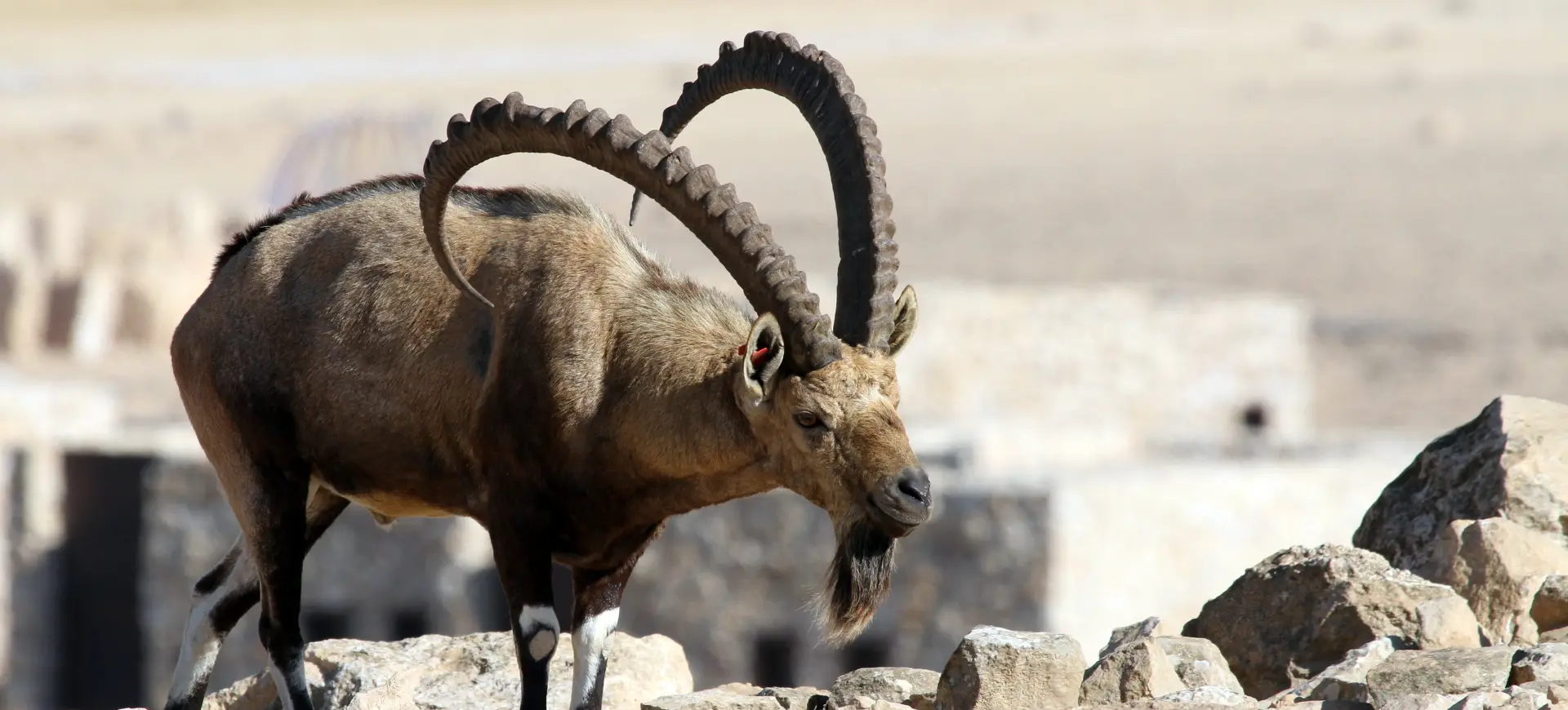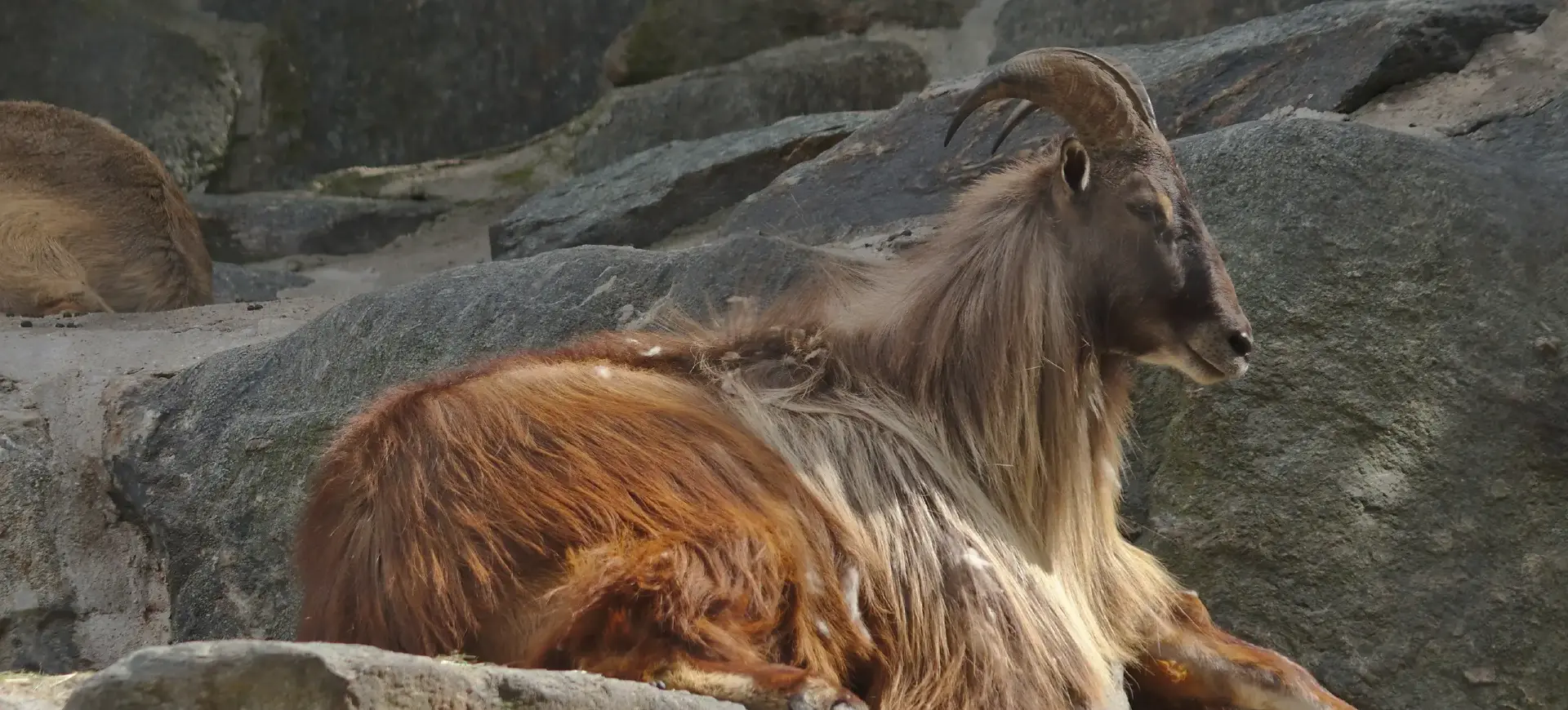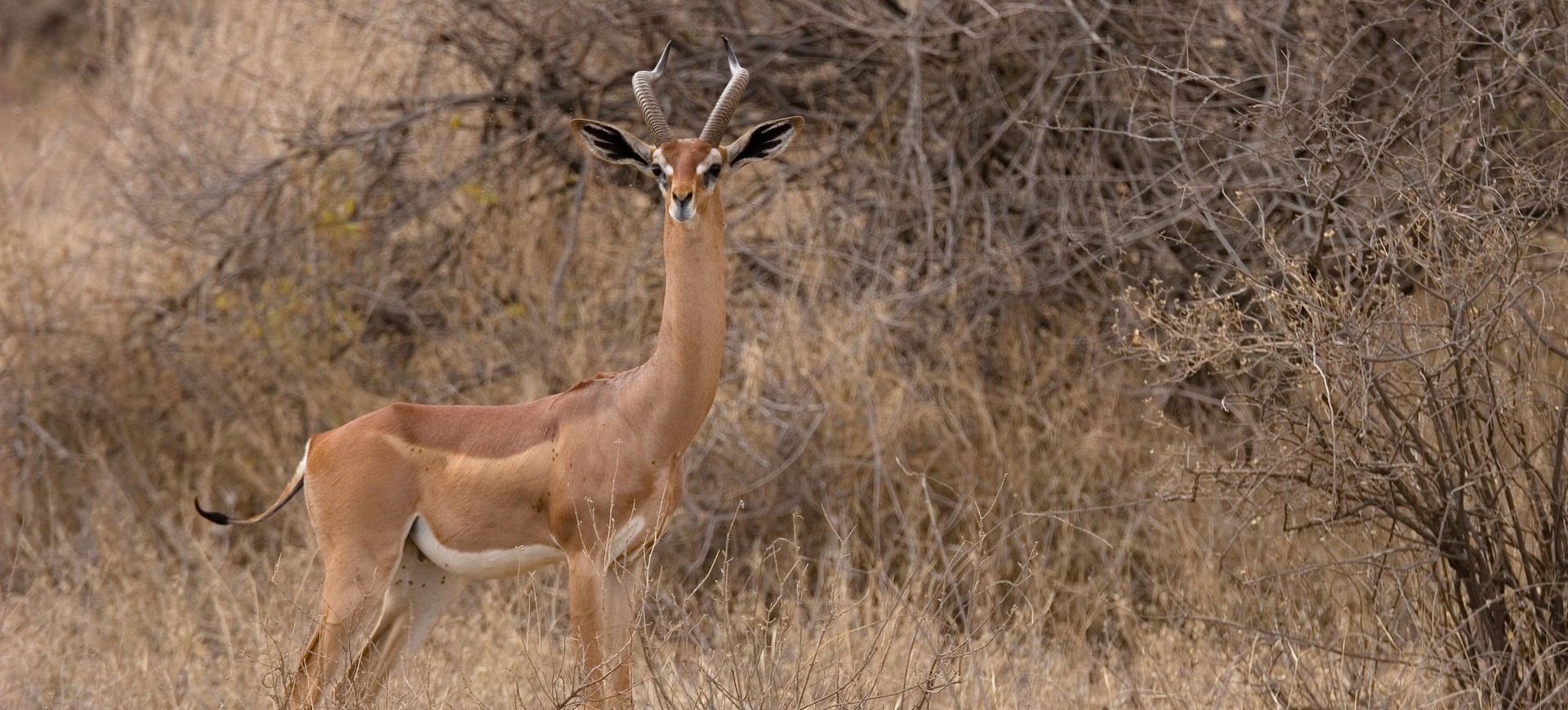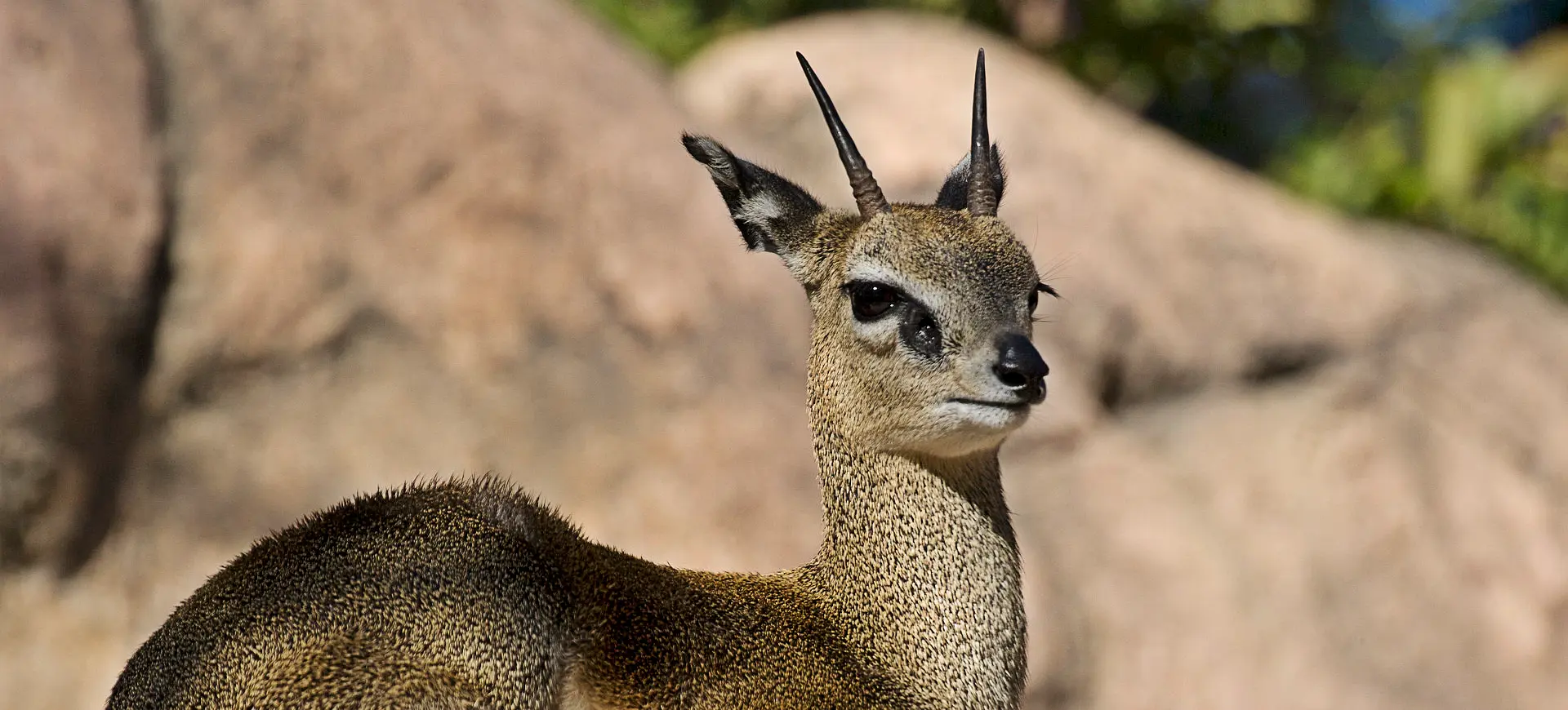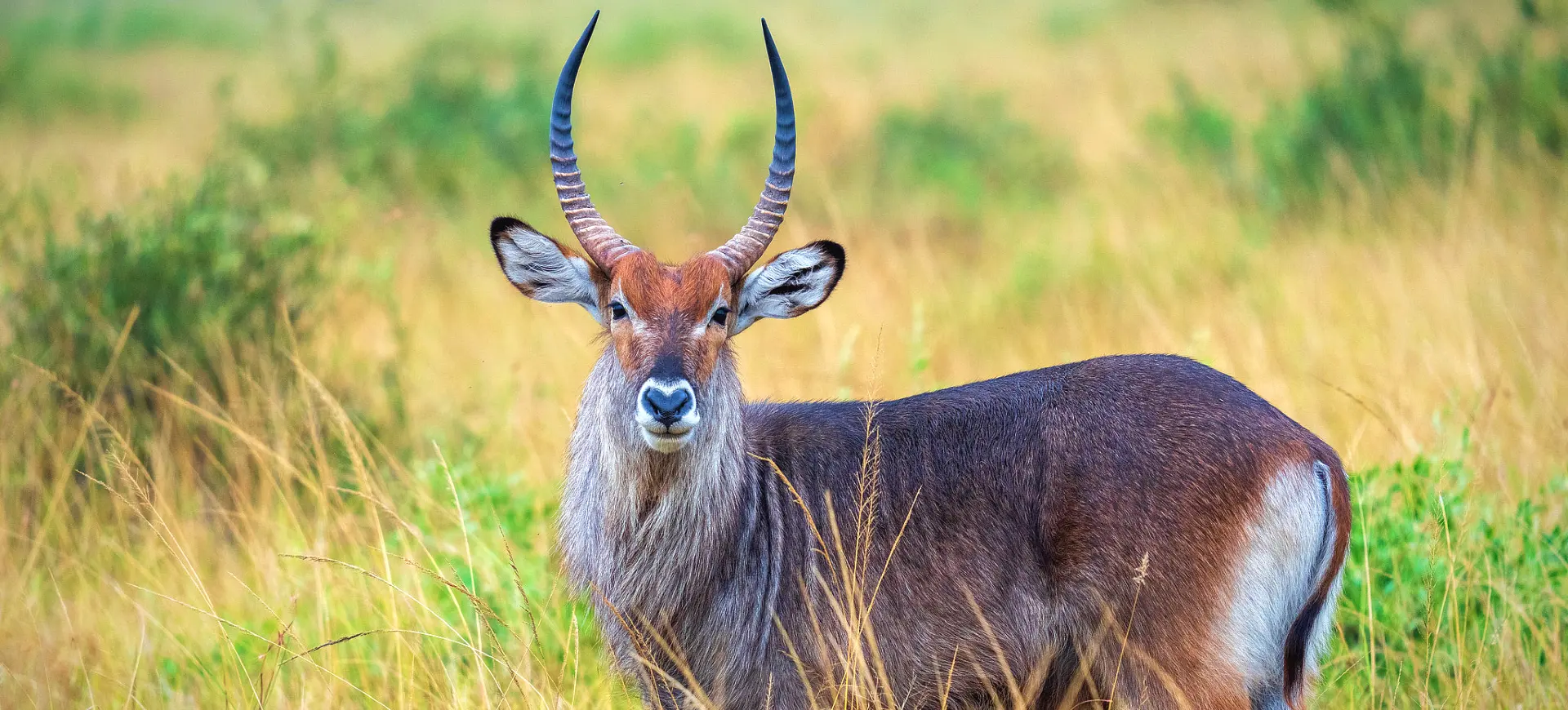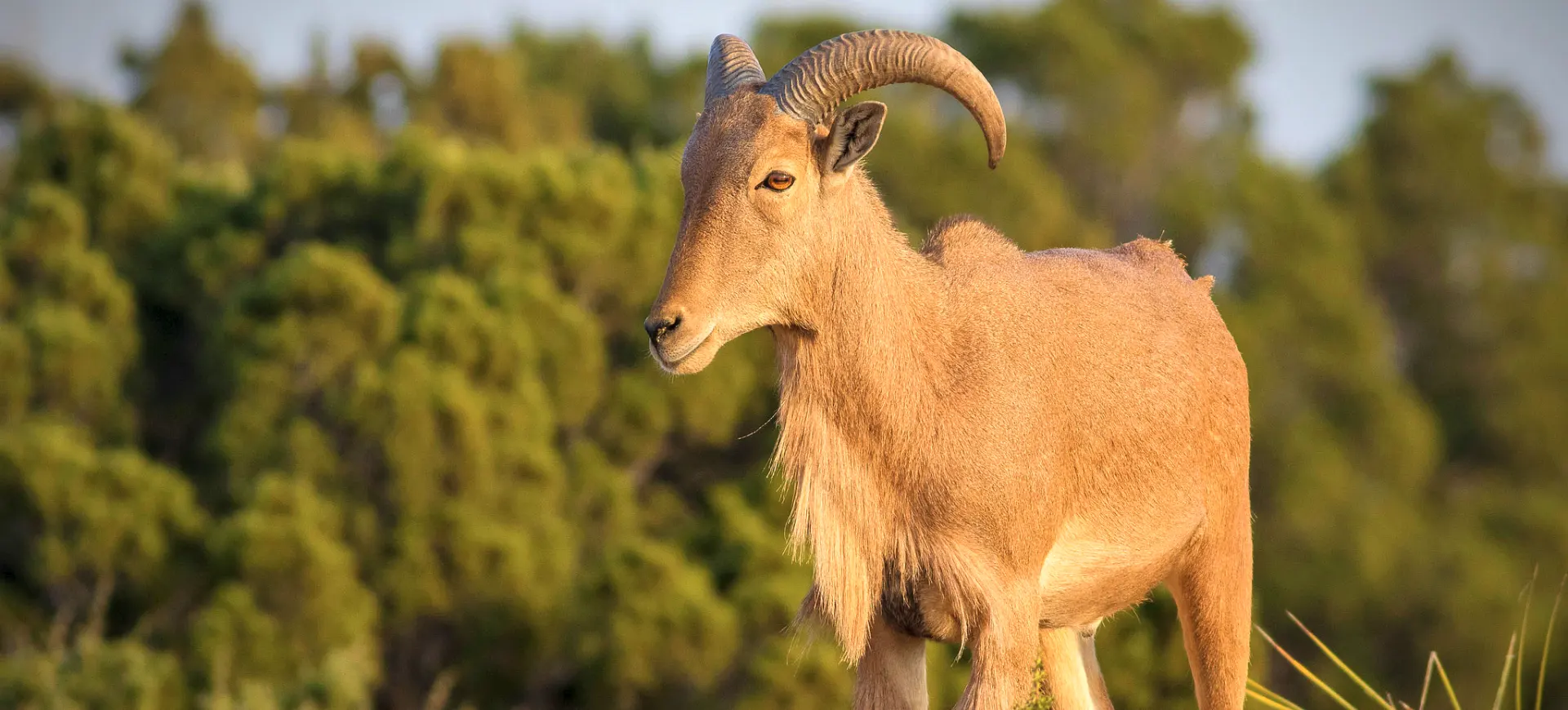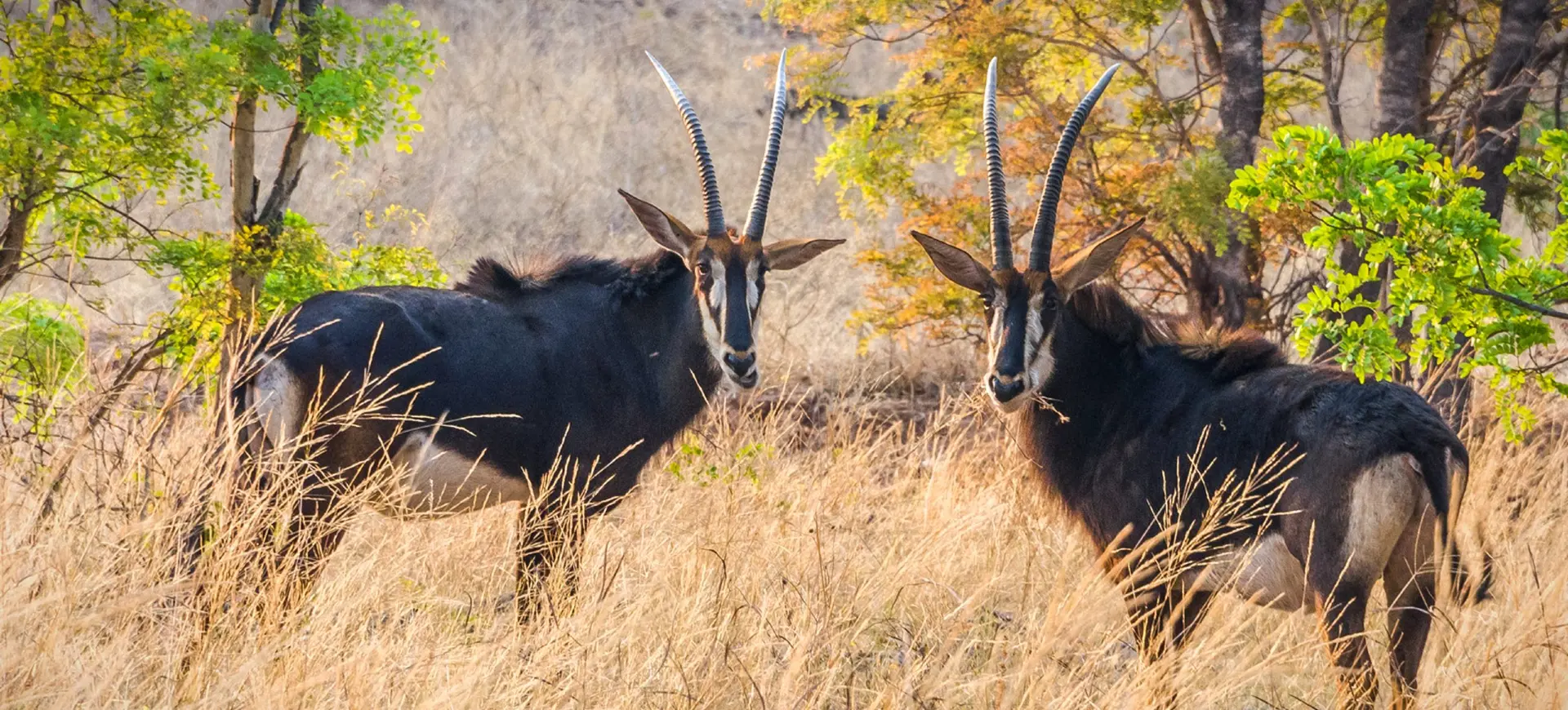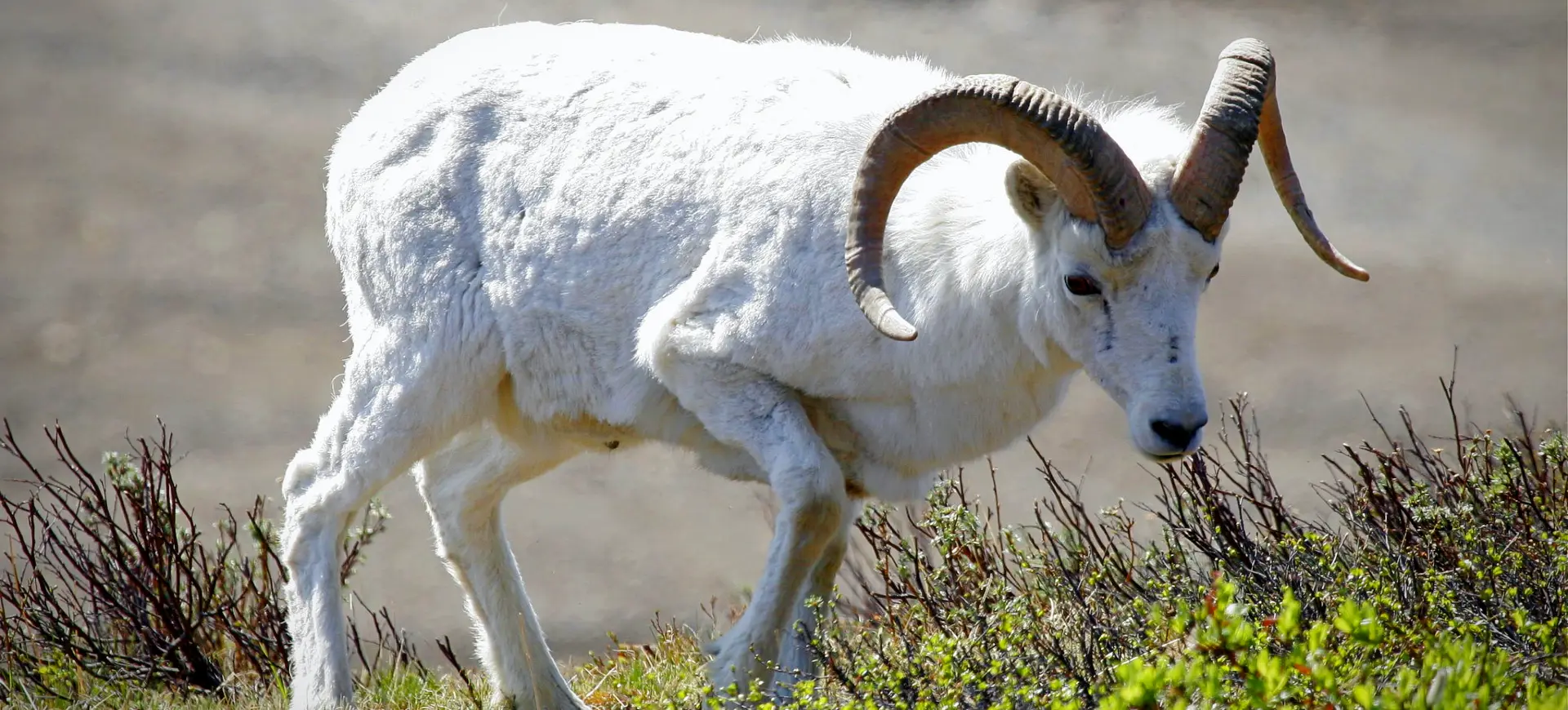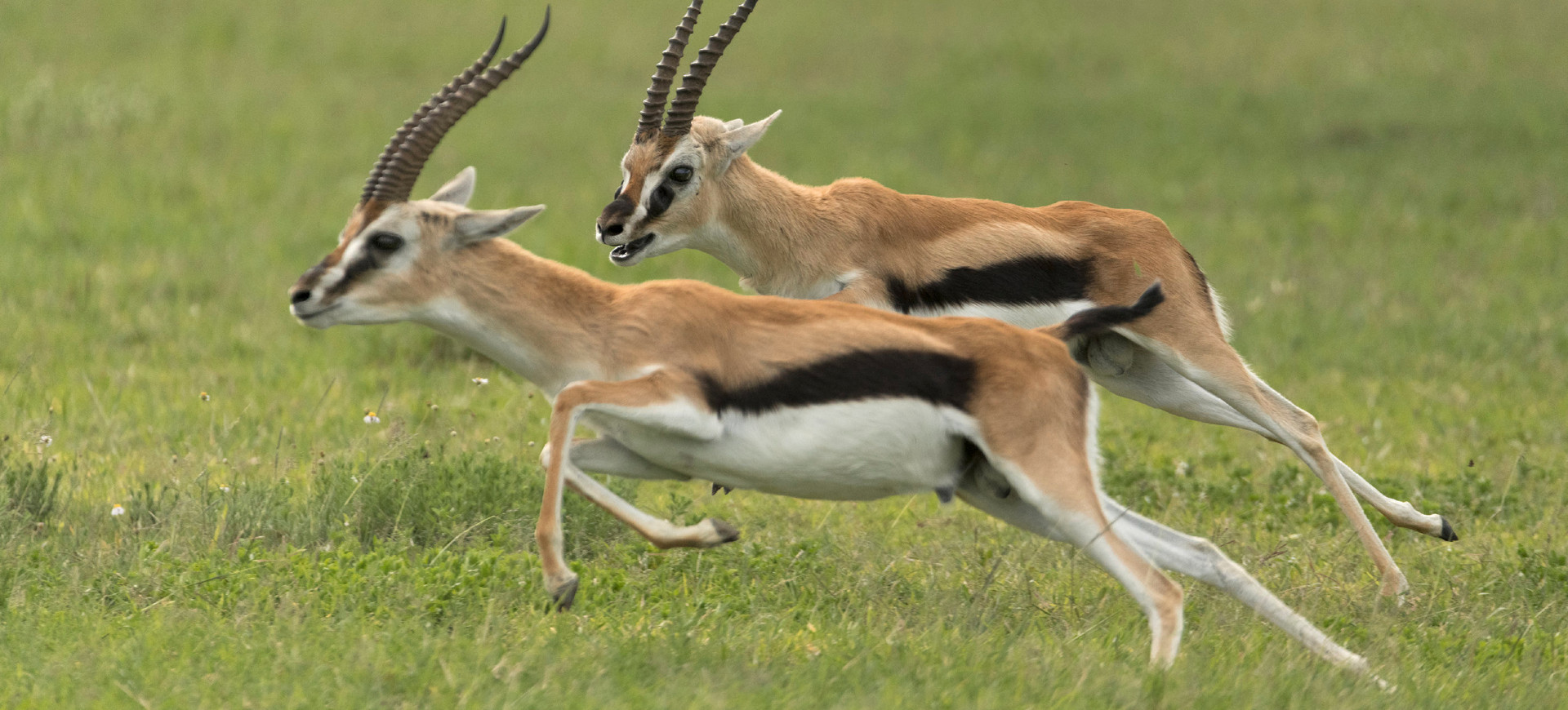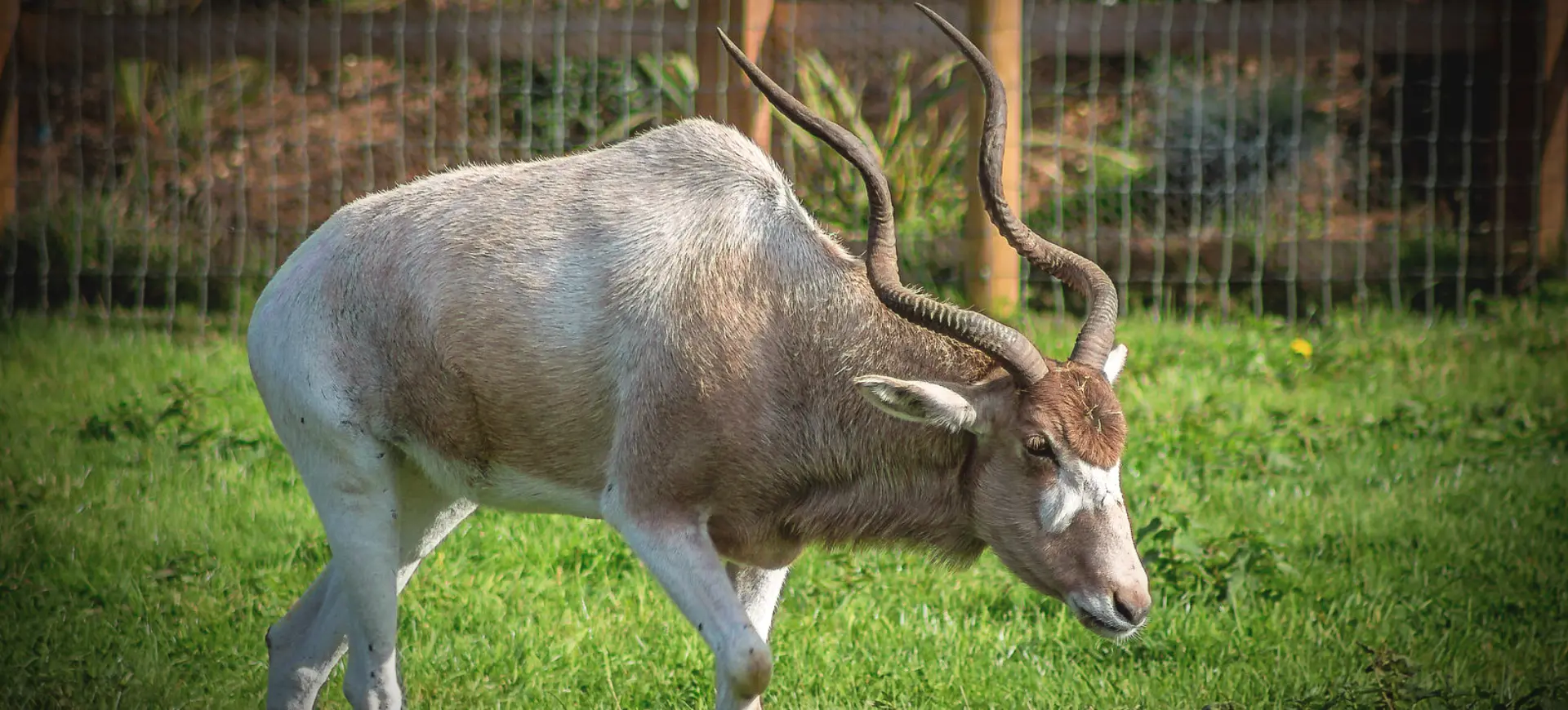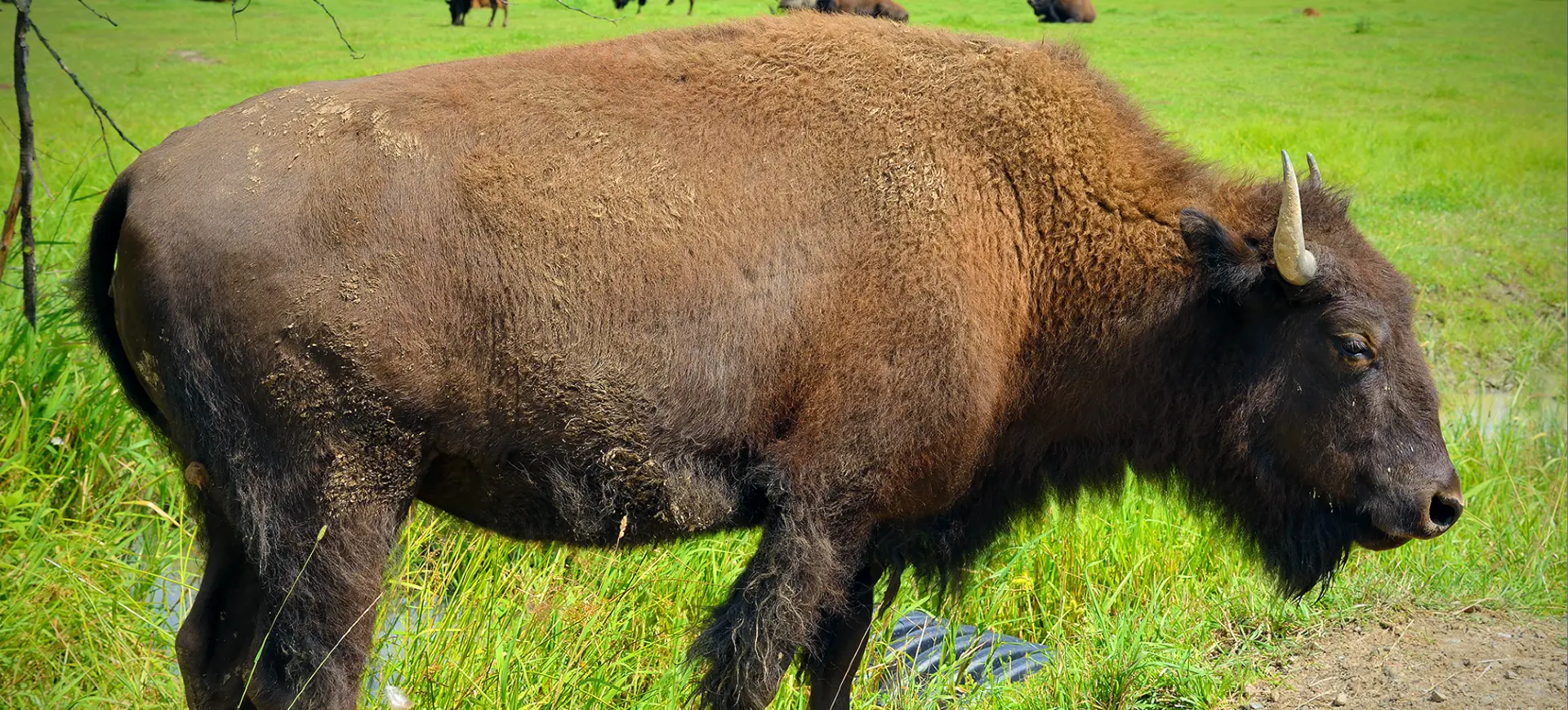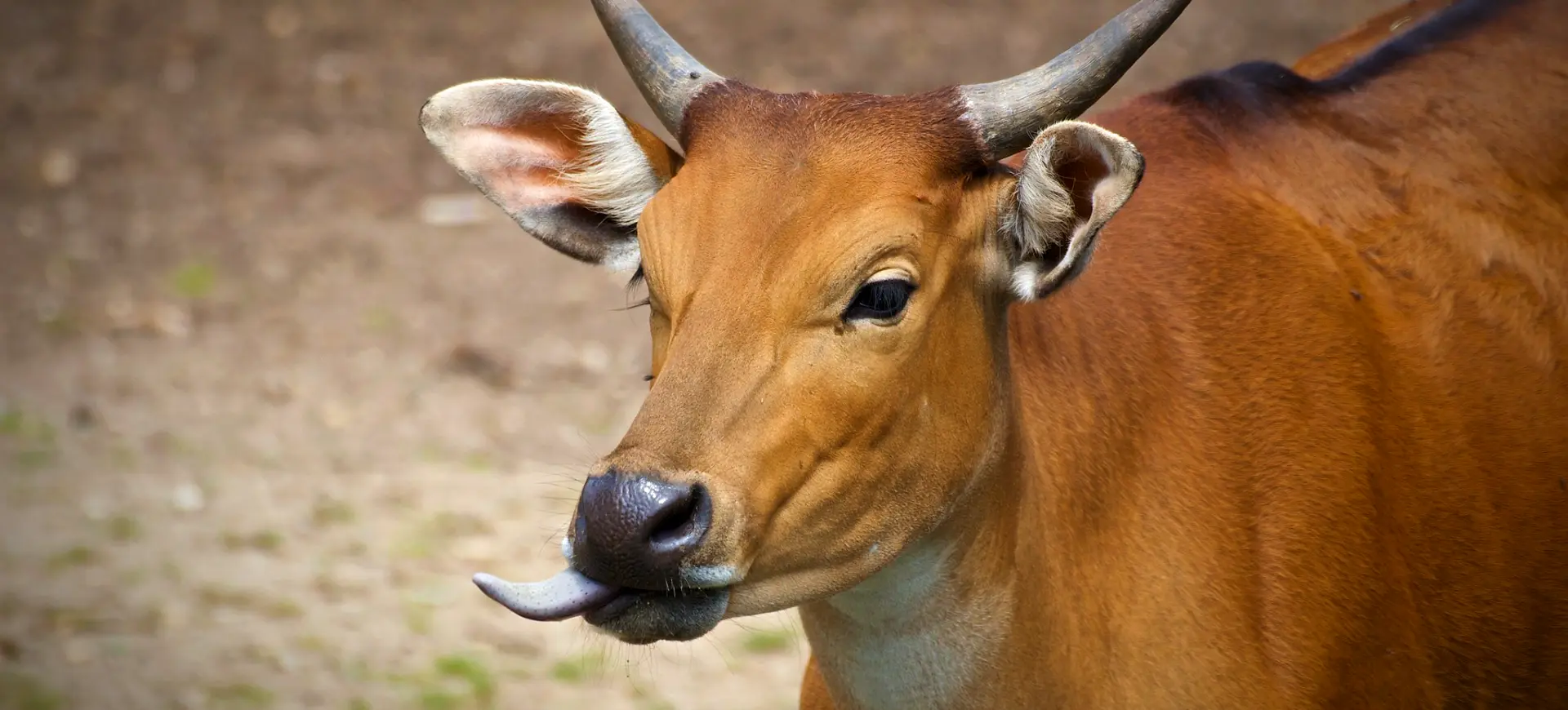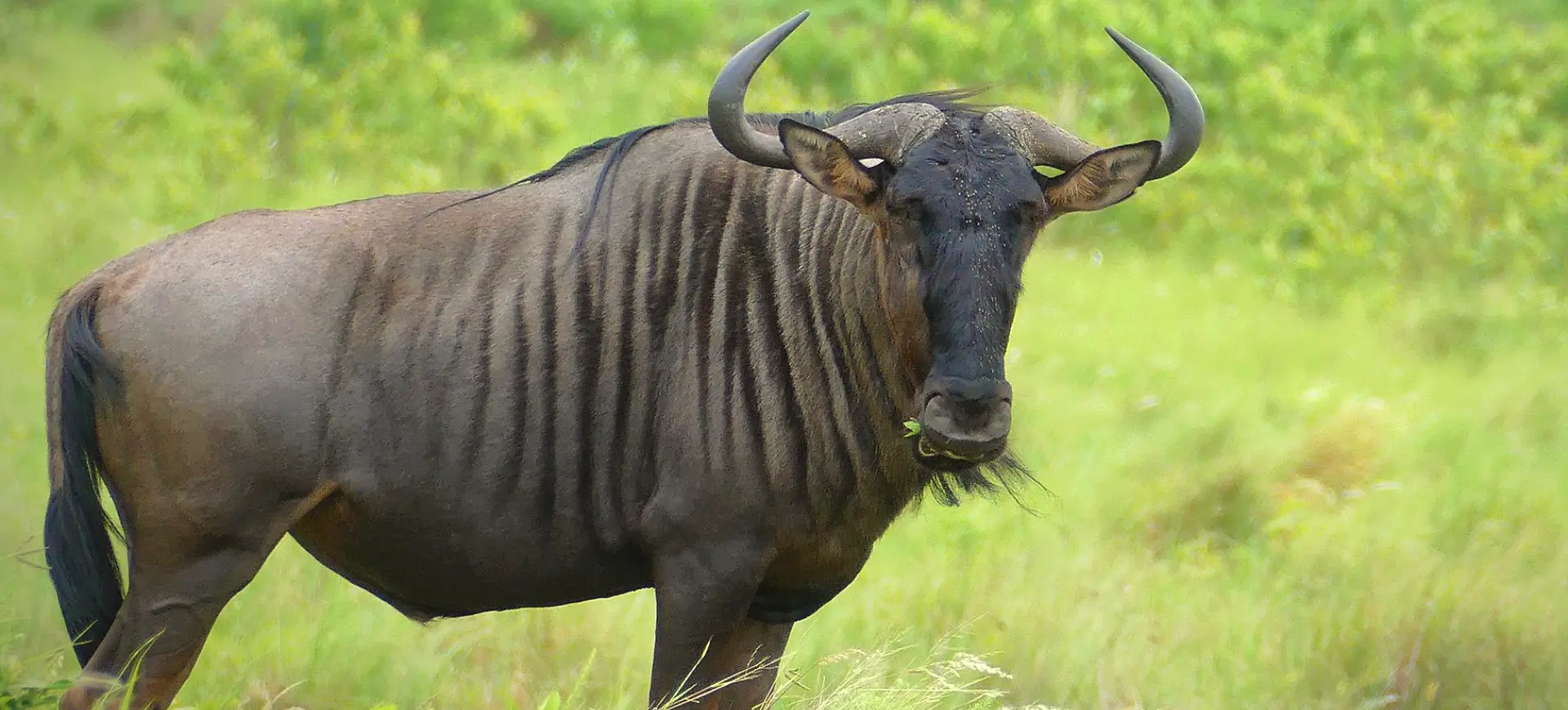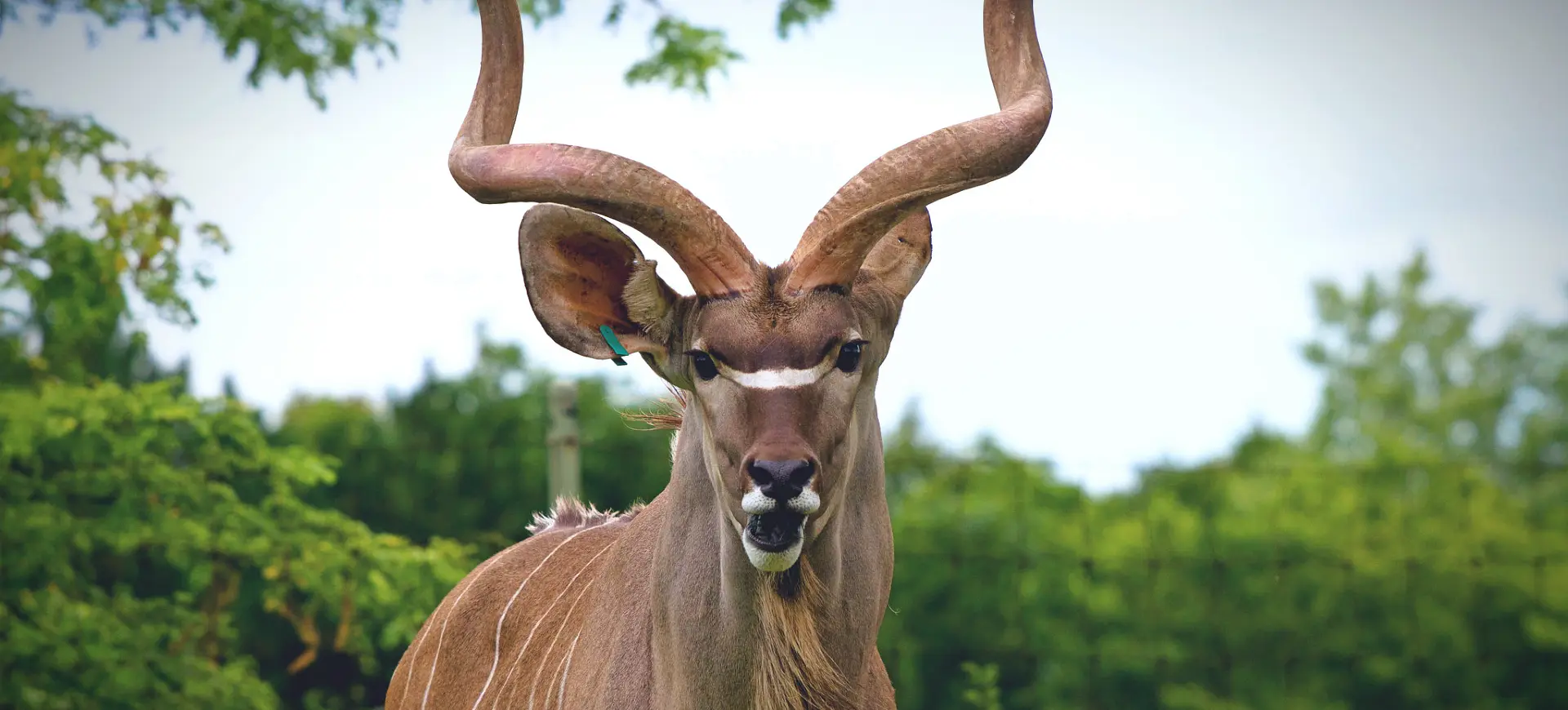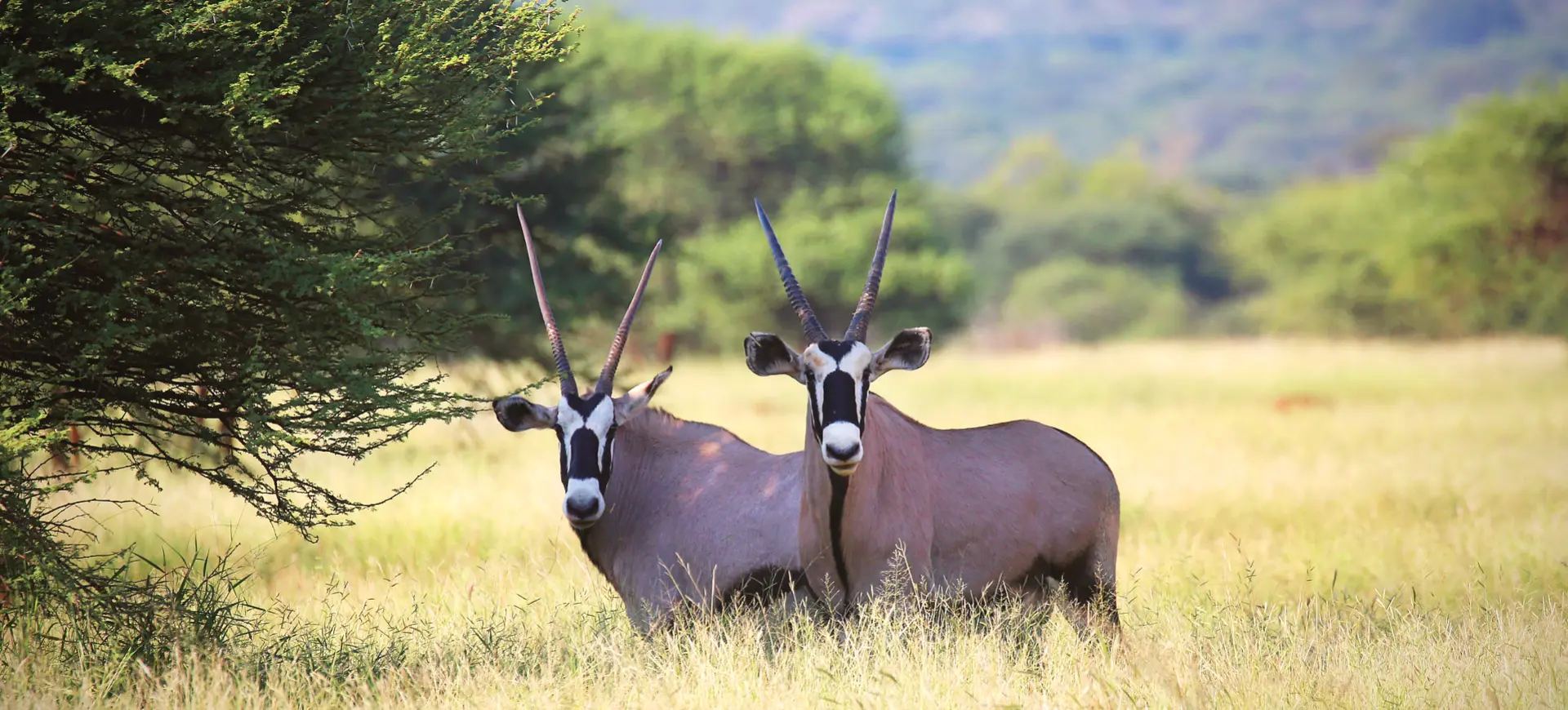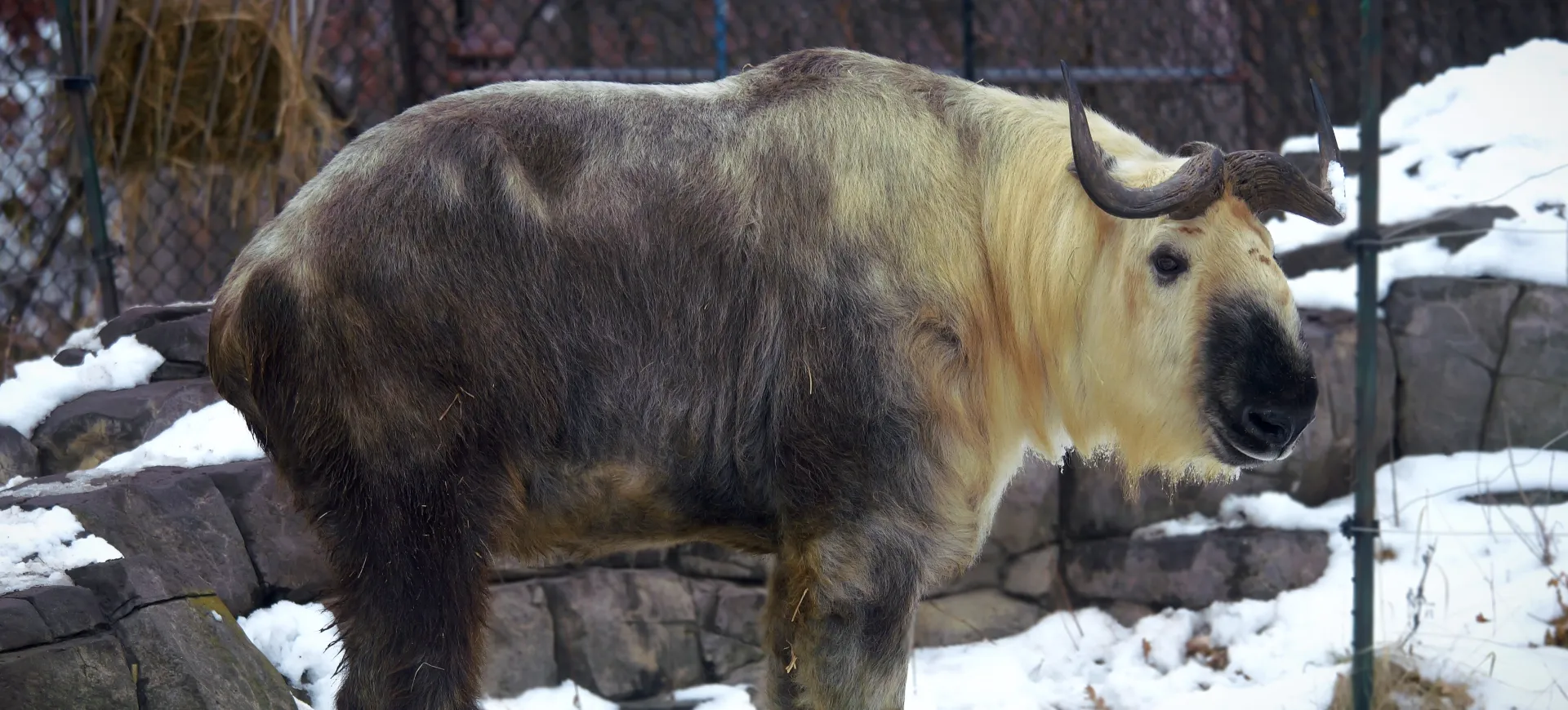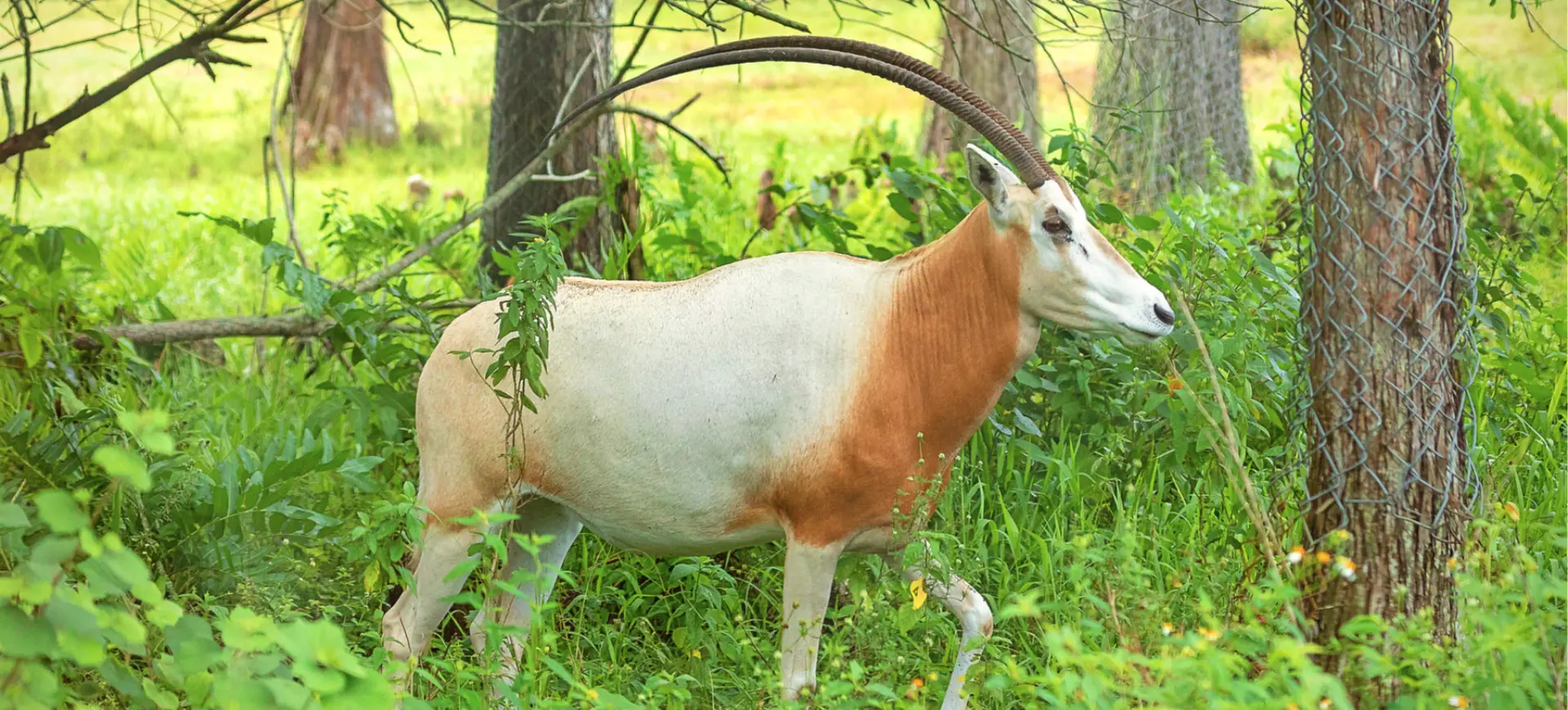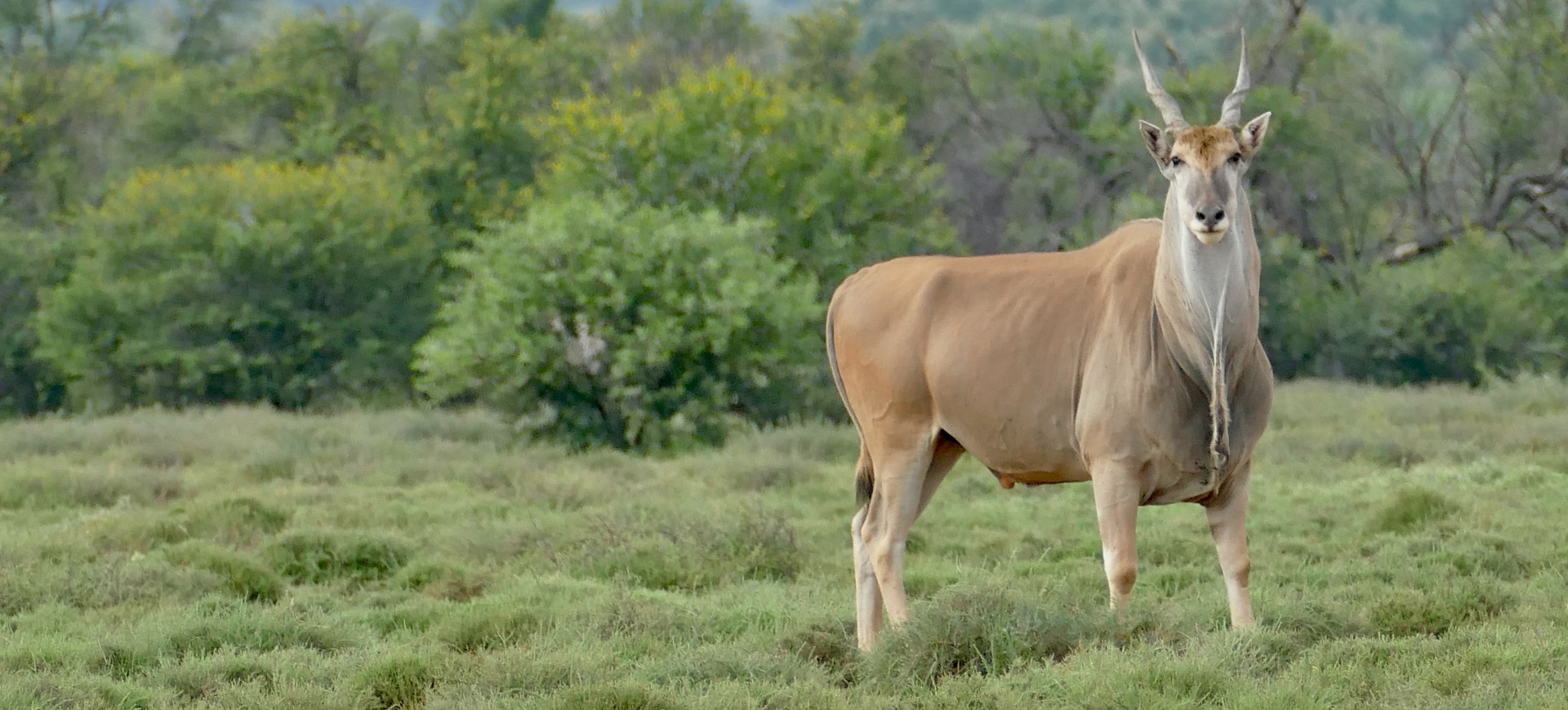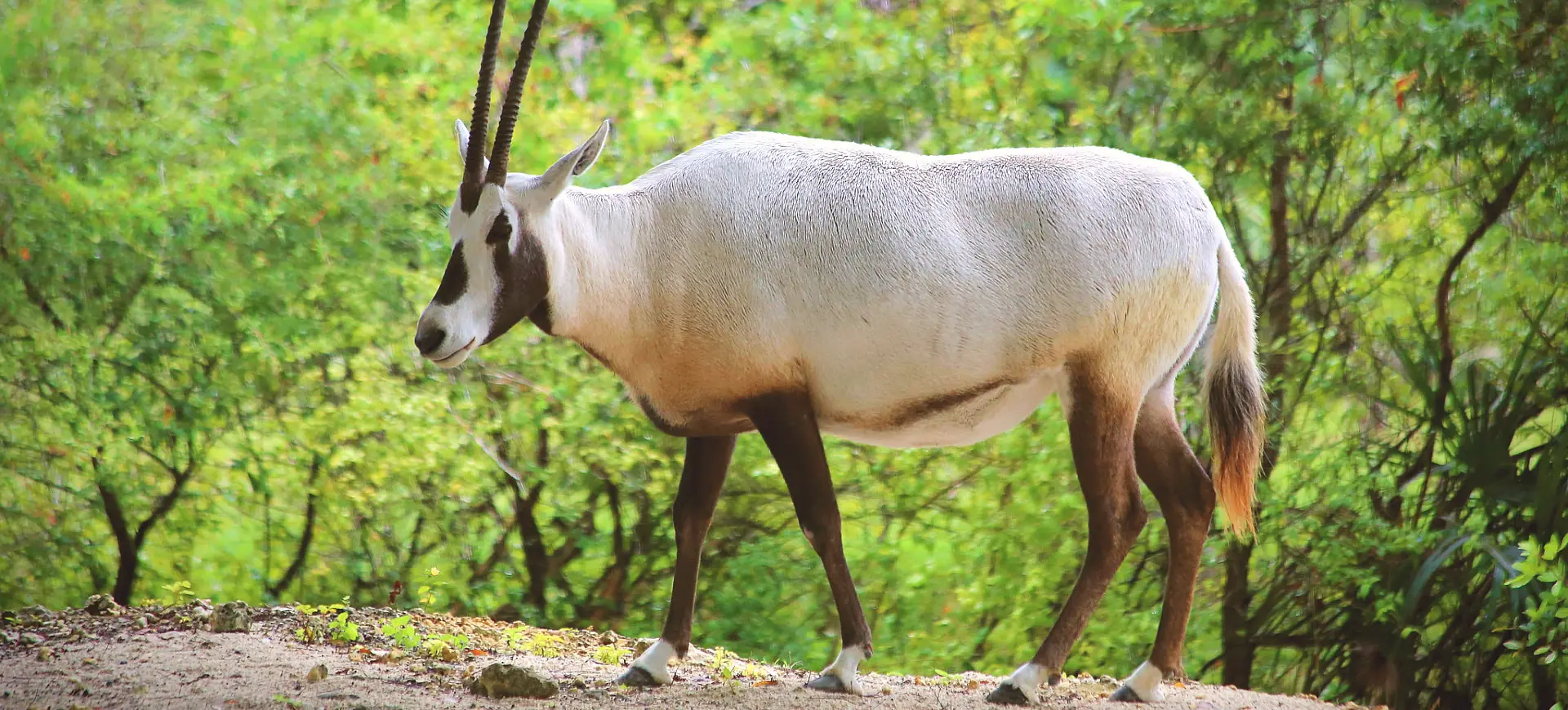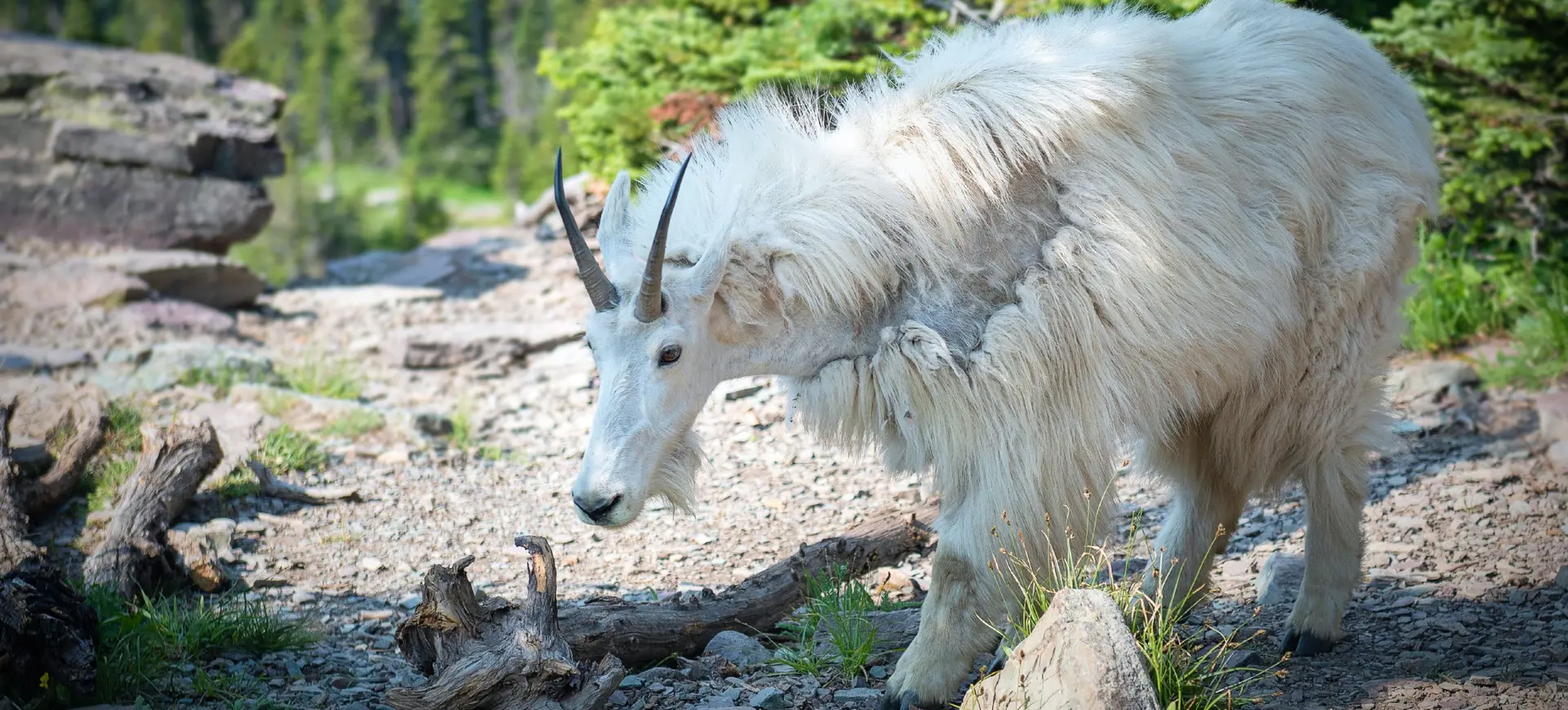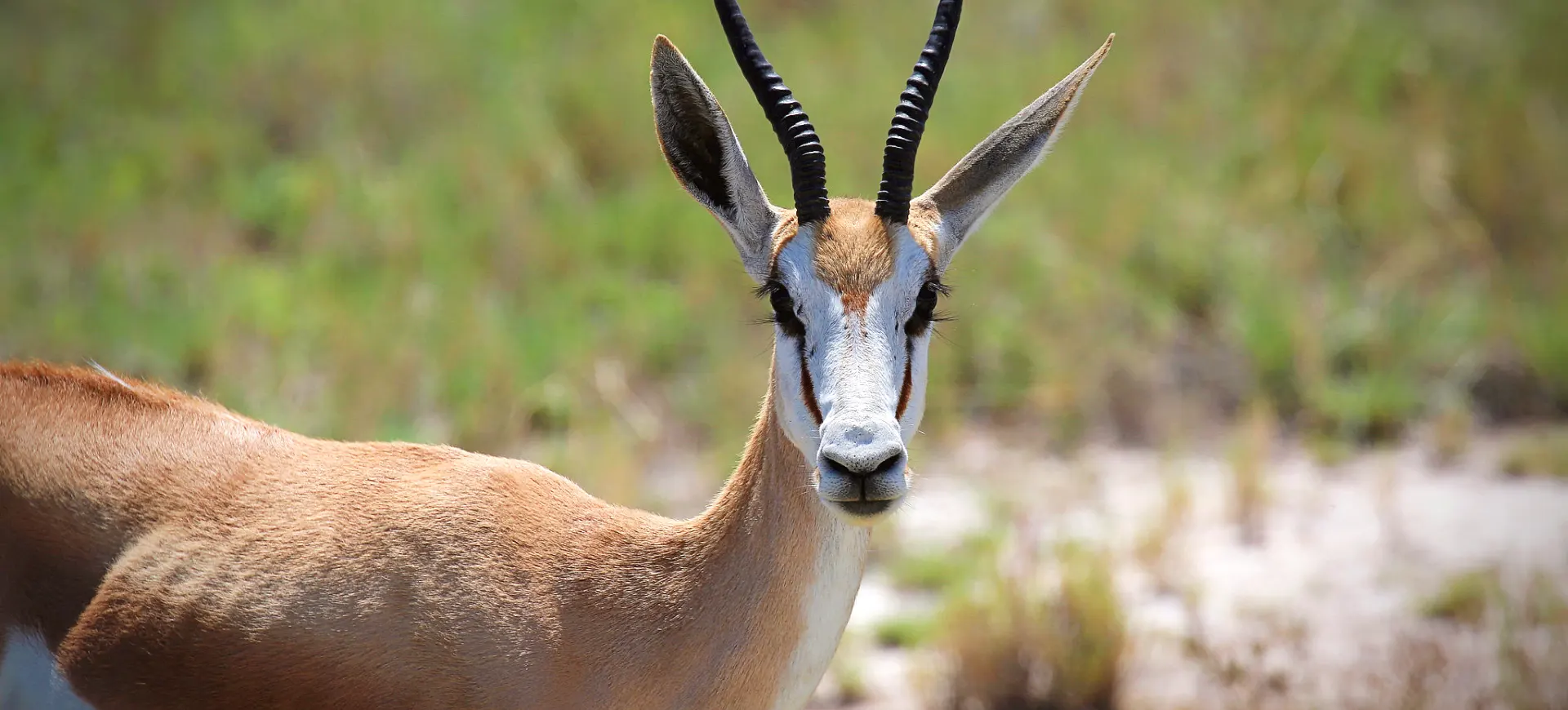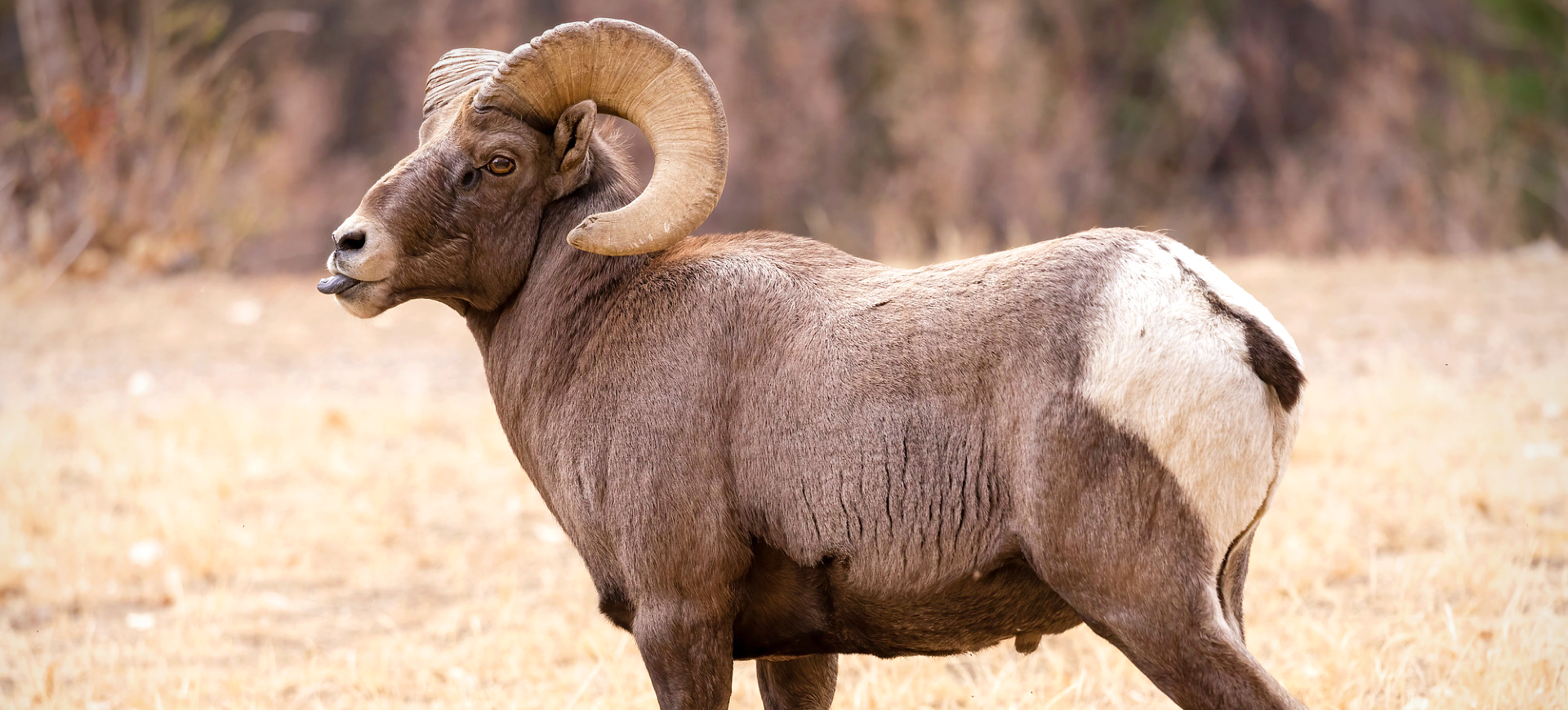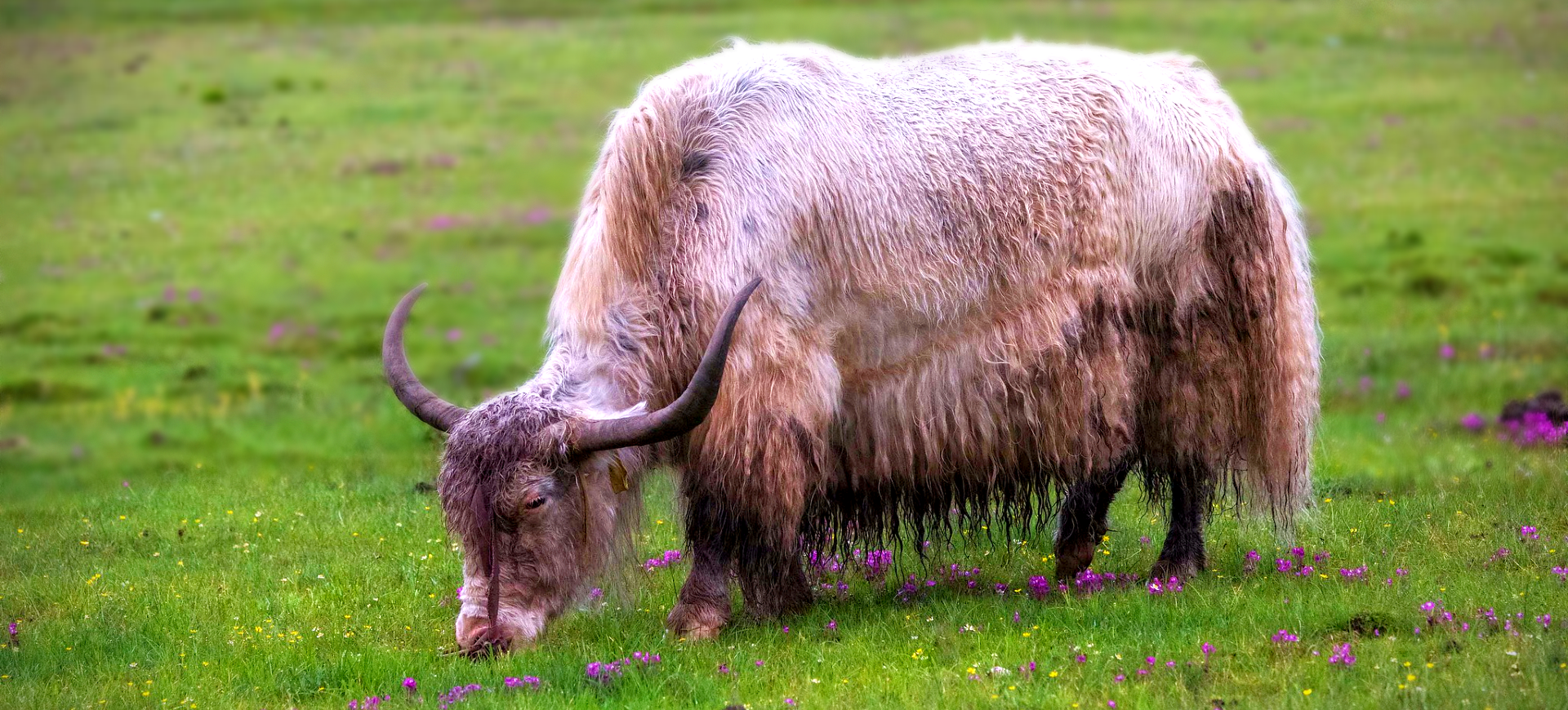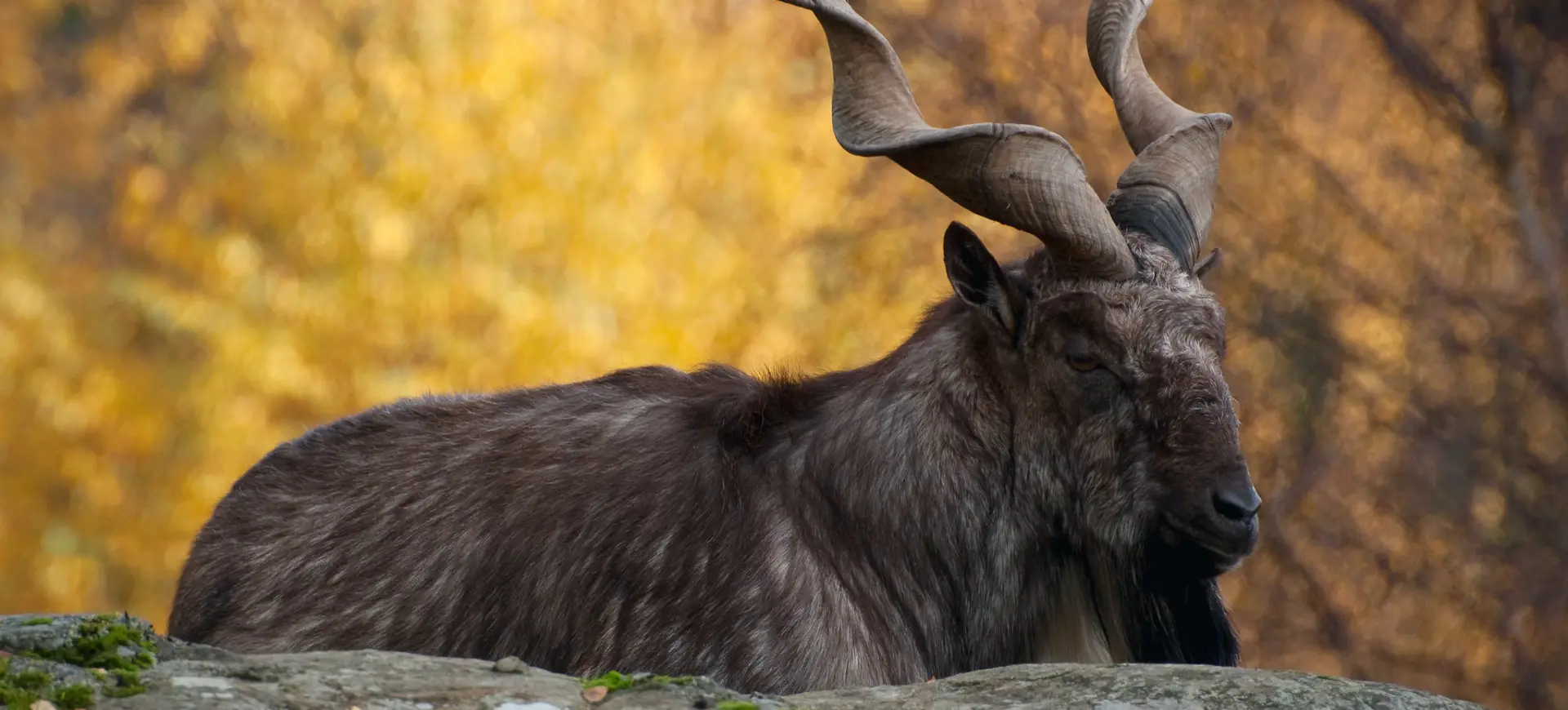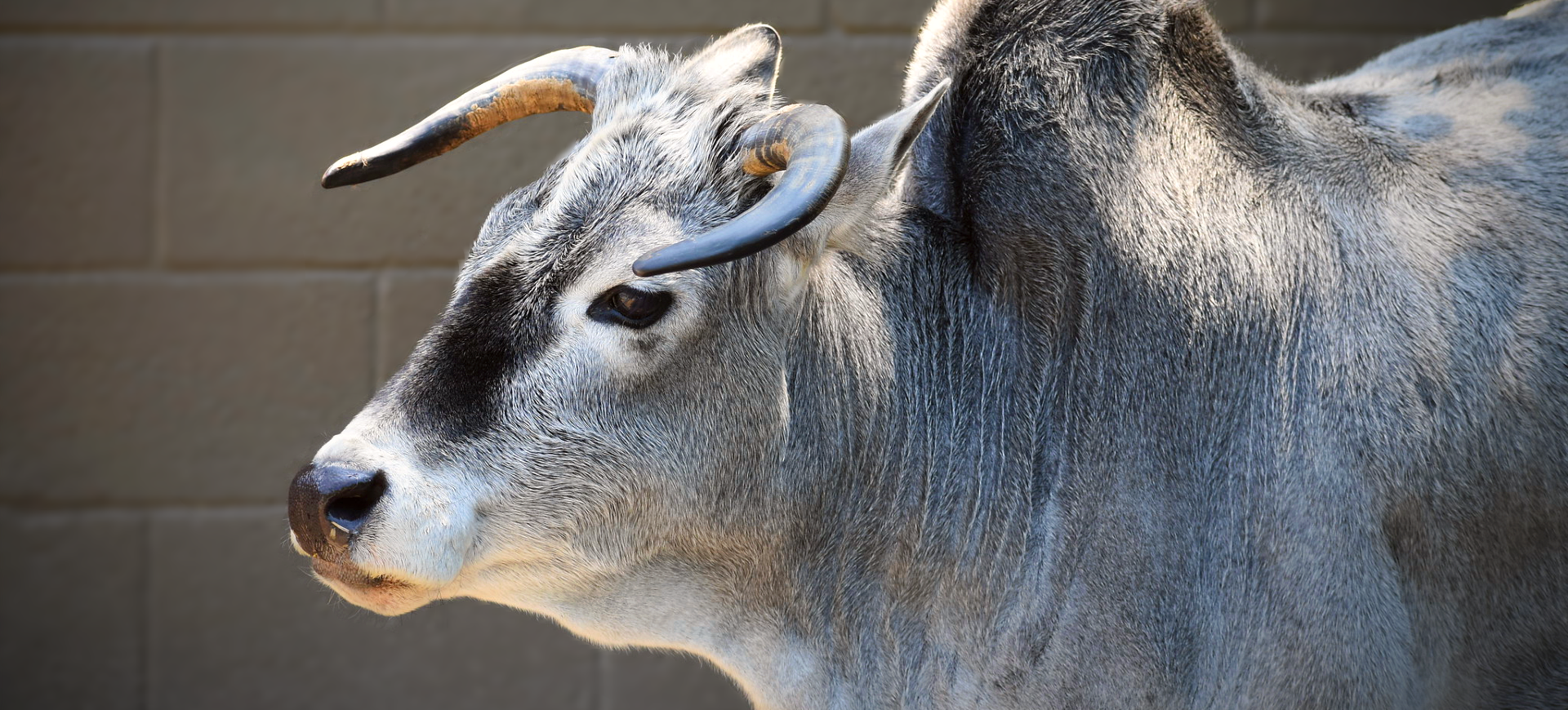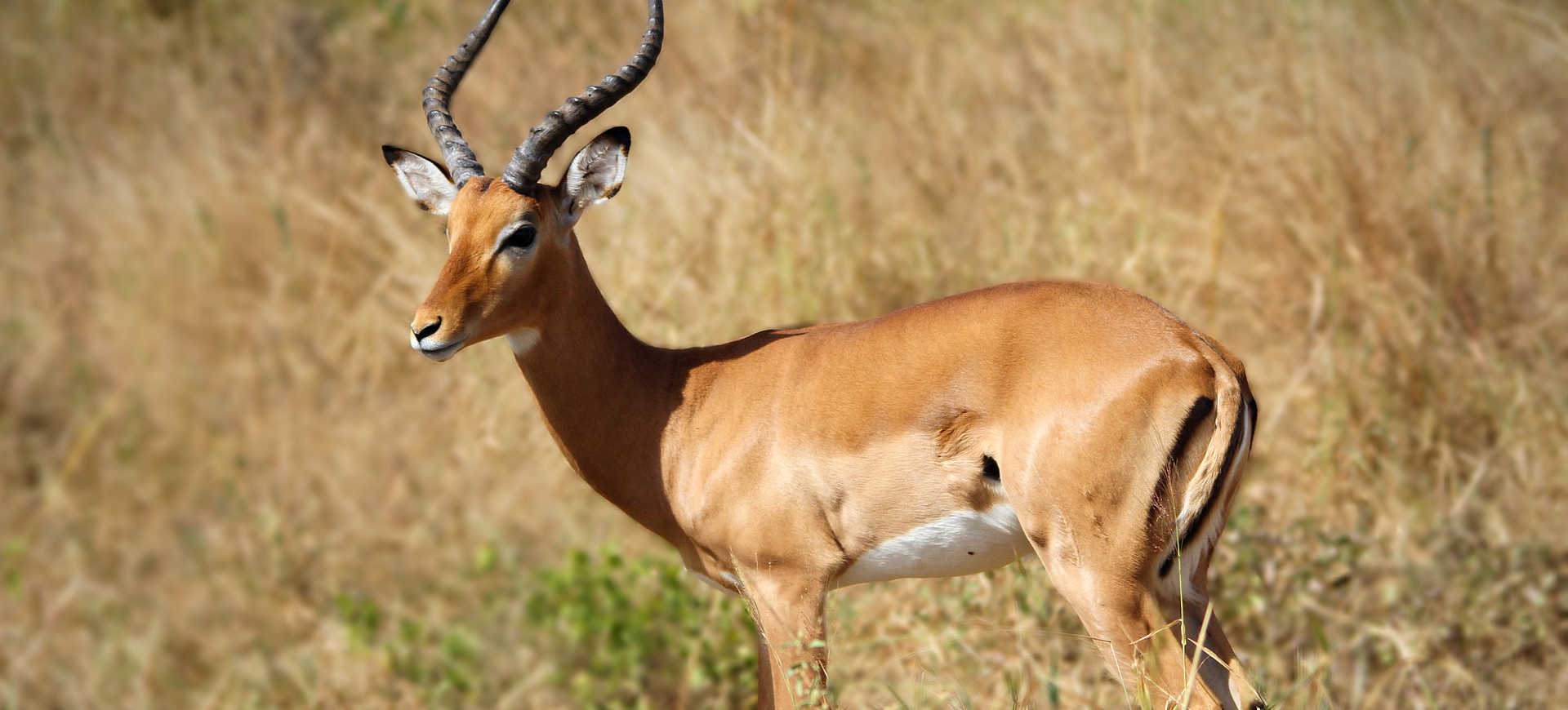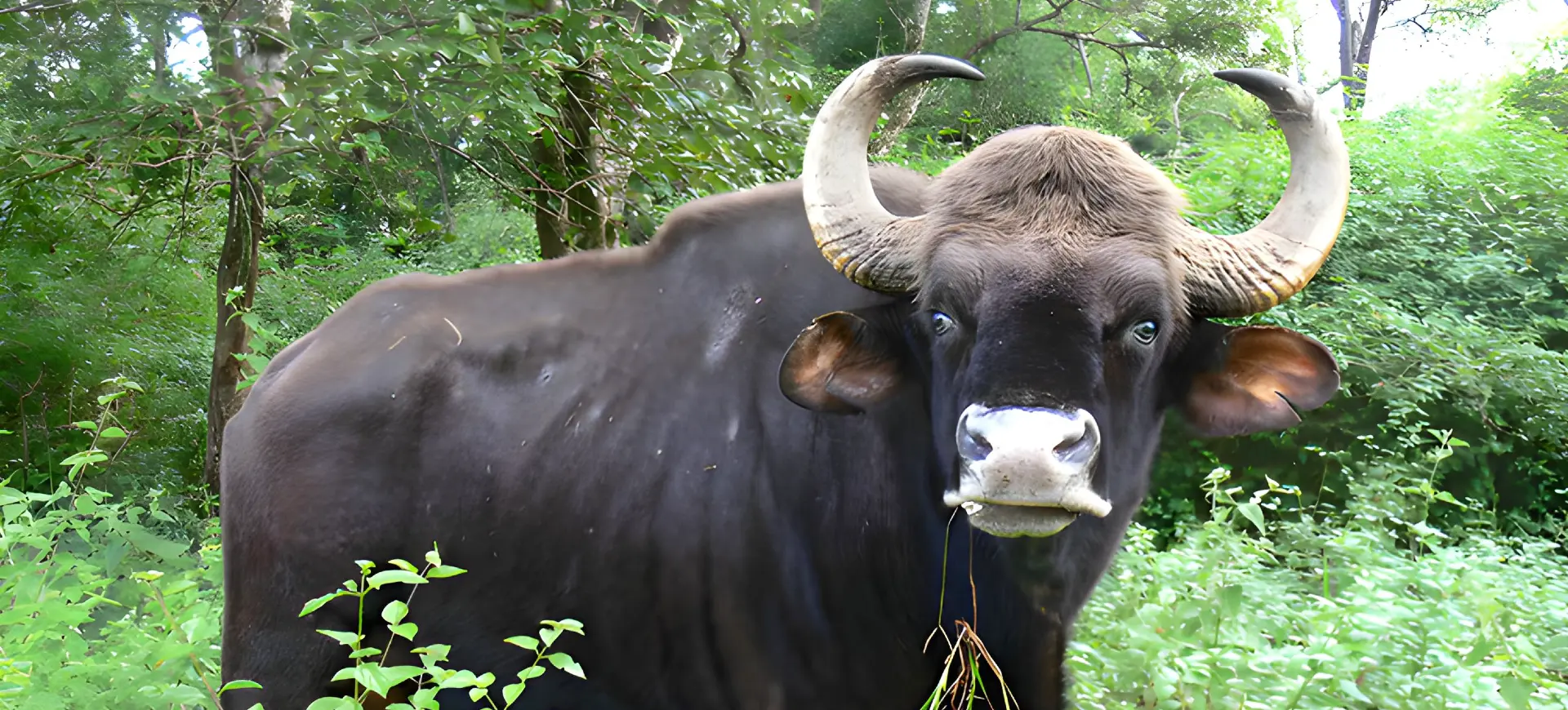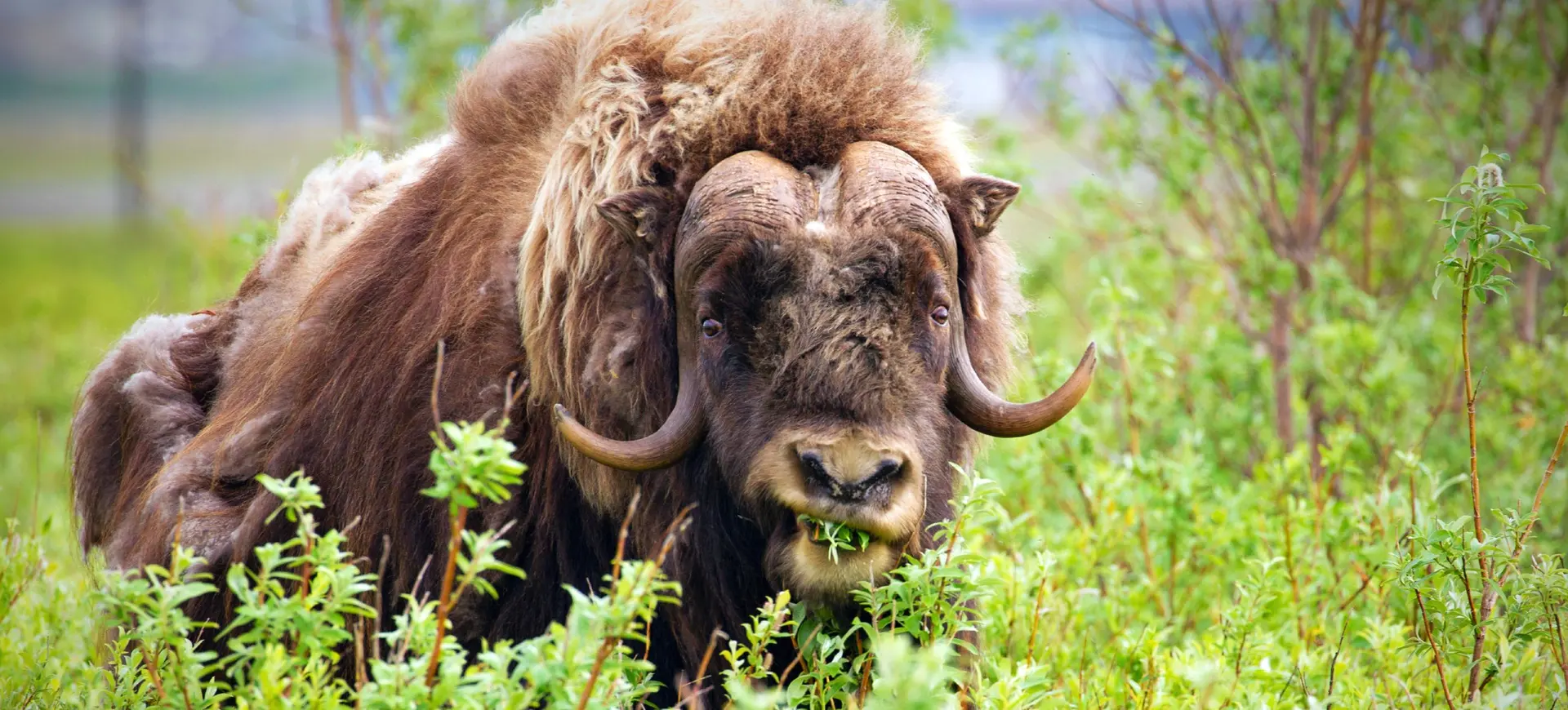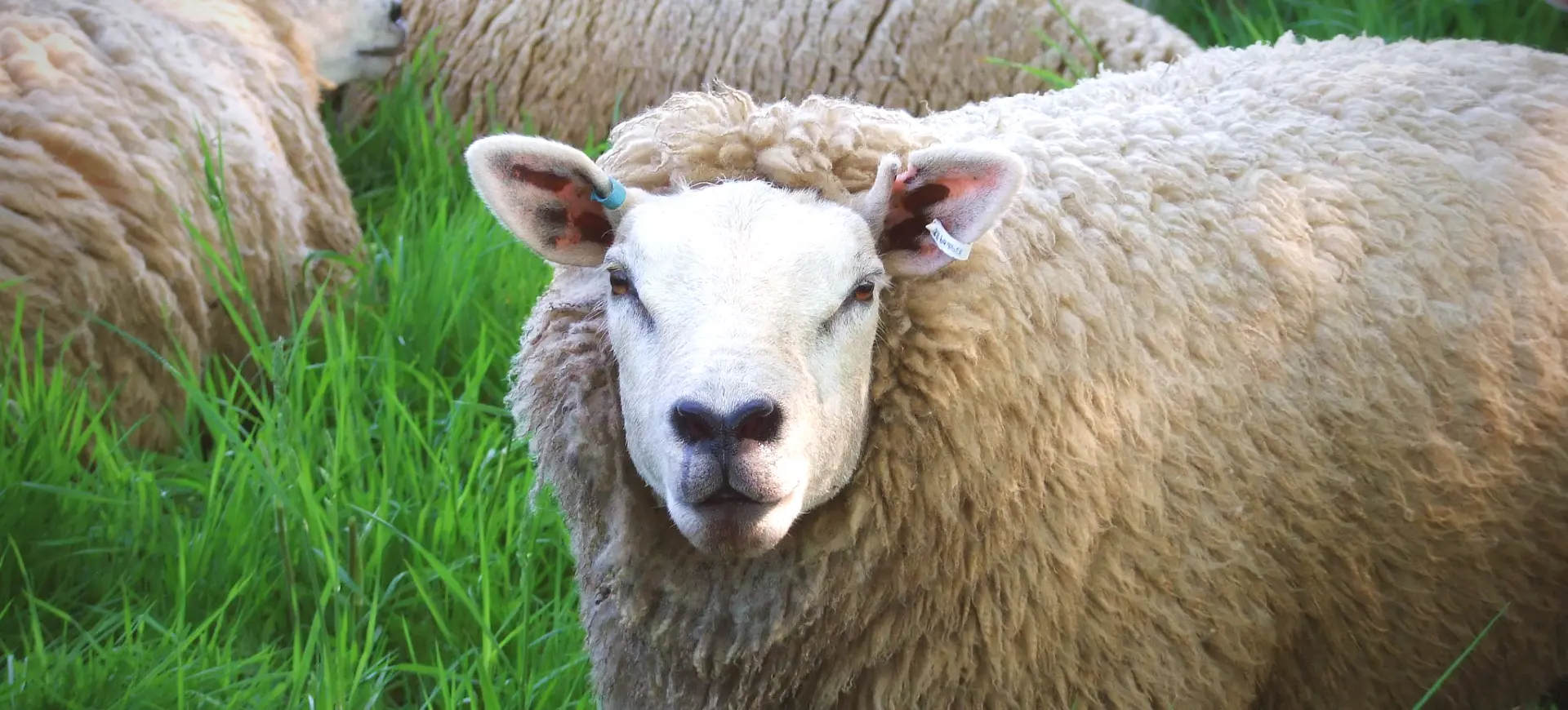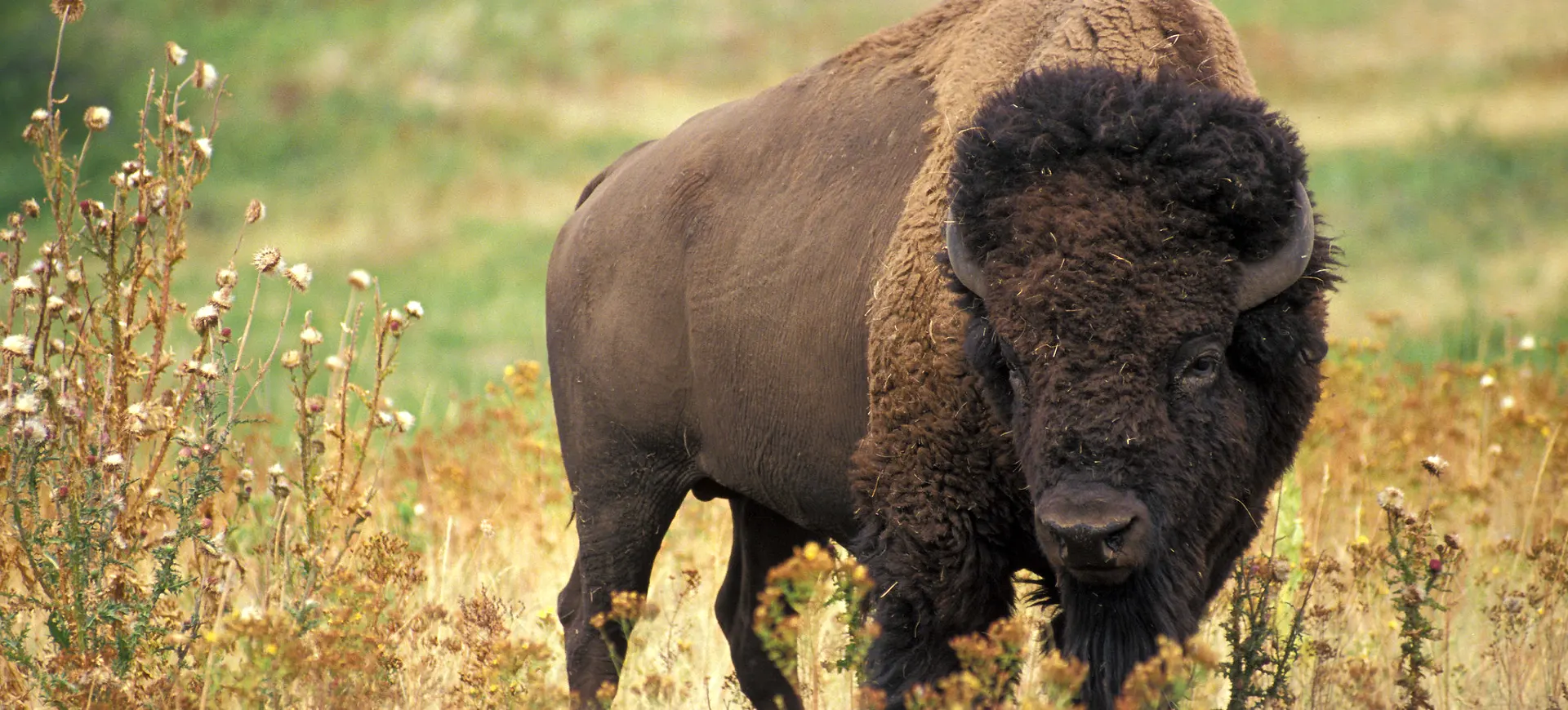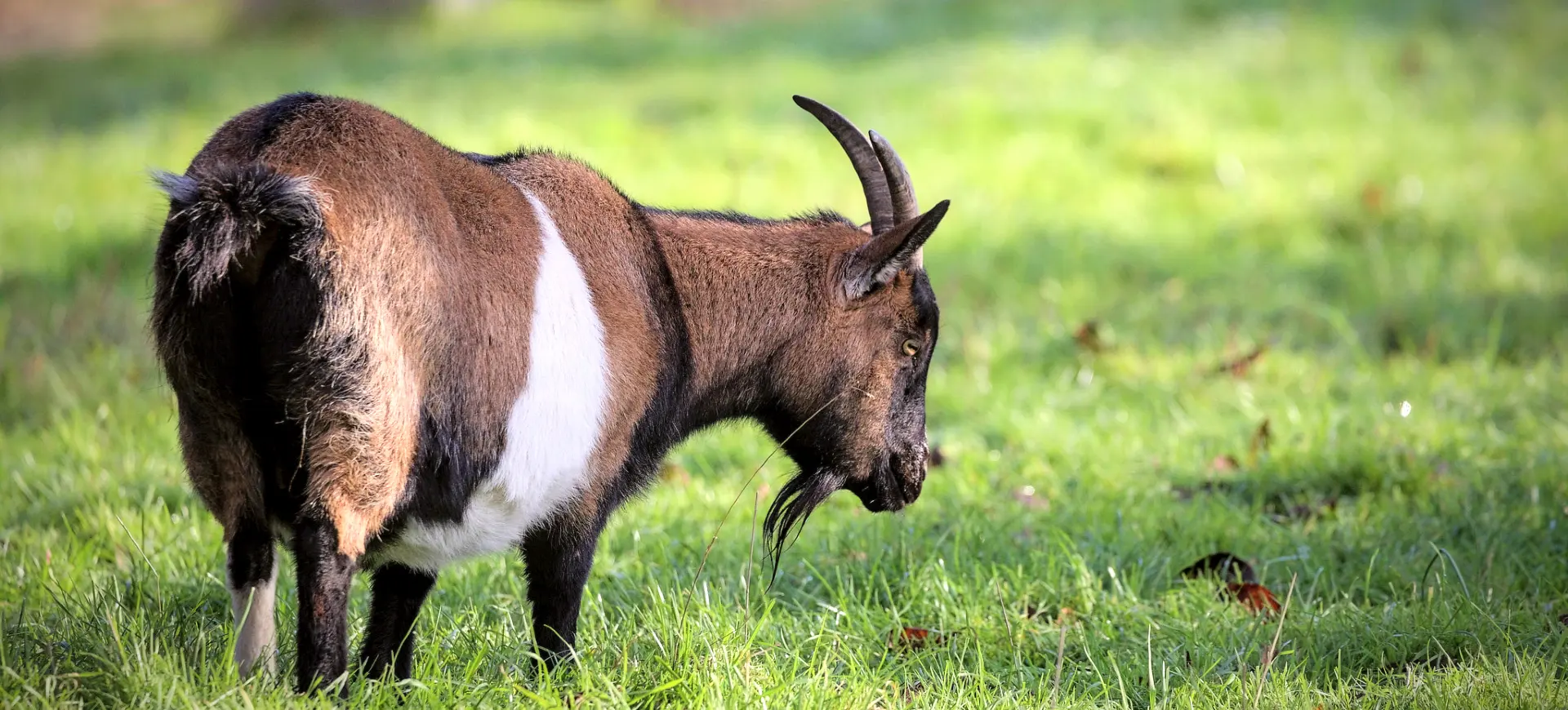Overview
The Wild Water Buffalo (Bubalus arnee) is a large, endangered bovid native to the Indian subcontinent and Southeast Asia, where it inhabits remote wetlands, grasslands, and riverine forests. This species is among the largest wild bovines, characterized by massive, crescent-shaped horns that can span over 6 feet (1.8 meters) across in mature males. Wild Water Buffalo play an essential ecological role in maintaining wetland habitats by grazing and creating wallows that support diverse plant and animal communities. Despite their significance, populations have declined dramatically due to habitat loss, hunting, and hybridization with domestic water buffalo.
These animals are highly dependent on perennial water sources for drinking, wallowing, and thermoregulation, especially in hot climates. They are primarily diurnal, spending mornings and evenings grazing and resting in dense cover or shallow water during the heat of the day. Wild Water Buffalo are generally shy and wary of humans, retreating into dense vegetation when disturbed. Their preference for undisturbed, lowland habitats makes them vulnerable to human encroachment and agricultural expansion.
Social organization is based on cohesive herds of females and their offspring, while mature bulls are often solitary or form small bachelor groups. Breeding occurs year-round, with seasonal peaks influenced by rainfall and forage availability. Calves remain with their mothers for several years, learning migration routes, feeding habits, and social behavior that are essential for their survival. Conservation initiatives aim to protect remaining populations through habitat preservation, anti-poaching measures, and prevention of hybridization with domestic stock.
Taxonomy
Kingdom
Phylum
Class
Order
Family
Genus
Species
Type
Current distribution:
The largest remaining populations of Wild Water Buffalo occur in northeastern India, particularly in Assam’s Kaziranga, Manas, and Dibru-Saikhowa National Parks. Smaller herds survive in Nepal’s Koshi Tappu Wildlife Reserve and a few protected areas of Bhutan. In Southeast Asia, remnant populations persist in Myanmar, Cambodia, and Thailand, though numbers are critically low and fragmented. Overall, the species’ range has contracted dramatically from historical levels due to habitat loss, hunting, and hybridization.
Accurate global population estimates are difficult due to hybridization and confusion with feral domestic buffalo. Conservation assessments indicate fewer than 4,000 pure individuals remain in the wild, with India hosting the majority. Populations are highly fragmented and vulnerable to genetic isolation. Intensive management is required to prevent further declines and support recovery.
Physical Description:
Wild Water Buffalo are massive animals with robust, barrel-shaped bodies, strong limbs, and large hooves adapted for traversing soft, swampy terrain. Their skin is dark gray to black and sparsely covered with coarse hair, which becomes more pronounced along the spine and in younger animals. The head is broad with a pronounced boss at the base of the horns, and the eyes are set laterally to provide a wide field of vision. Males grow spectacular horns that curve outward, backward, and inward, forming an impressive crescent that can exceed 6 feet (1.8 meters) in width.
Females also have horns, but they are smaller, slimmer, and less curved than those of males. The ears are large and fringed with long hair, while the tail is long and ends in a tuft of coarse black hairs. Mature bulls can be significantly larger and darker than females, with thicker necks and more prominent horn bases. Calves are born with a lighter brown coat that gradually darkens as they mature.

Lifespan: Wild: ~25 Years || Captivity: ~30 Years

Weight: Male: 1,500–2,650 lbs (700–1,200 kg) || Female: 1,300–2,000 lbs (600–900 kg)

Length: Male: 98–126 in (250–320 cm) || Female: 90–118 in (230–300 cm)

Height: Male: 67–75 in (170–190 cm) || Female: 63–71 in (160–180 cm)

Top Speed: 30 mph (48 km/h)
Characteristic:
Native Habitat:
Wild Water Buffalo inhabit tall grasslands, wet meadows, riverine forests, and swamps in tropical and subtropical regions of India, Nepal, Bhutan, and parts of Southeast Asia. They depend on perennial water sources for drinking and wallowing, favoring habitats with abundant forage and dense cover for resting and calving. Floodplains along major rivers, such as the Brahmaputra and Ganges, have historically supported the largest populations. Seasonal flooding creates ideal grazing conditions and replenishes nutrient-rich soils that sustain diverse plant communities.
Remaining populations are often confined to protected areas and remote reserves where suitable habitat persists. These landscapes are characterized by mosaics of grassland, reed beds, riparian forest, and marshes that provide both food and security from human disturbance. Fragmentation of these habitats by agriculture and settlement has led to severe declines in population. Habitat connectivity and preservation are critical to sustaining viable herds and maintaining genetic diversity.
Biomes:
Biogeographical Realms:
Continents:
Diet:
Diet & Feeding Habits:
Wild Water Buffalo are strict herbivores that graze on a wide variety of grasses, sedges, and aquatic plants found in marshes, floodplains, and grasslands. They prefer lush, succulent vegetation and frequently wade into water bodies to access submerged forage. During the dry season, they may consume coarse grasses and reeds, supplementing their diet with leaves and tender shoots of shrubs and trees. Grazing is most intensive during the early morning and late afternoon when temperatures are cooler.
Wallowing in mud and water is an essential behavior that helps them regulate body temperature and protect against parasites. Their broad muzzles and prehensile lips allow efficient cropping of vegetation at ground level and in shallow water. They consume large quantities of forage daily to sustain their massive size and energy needs. Mineral licks are visited regularly to obtain essential nutrients lacking in their plant-based diet.
Mating Behavior:
Mating Description:
Wild Water Buffalo have a polygynous mating system in which dominant bulls compete for access to receptive females. Breeding occurs year-round, with seasonal peaks following the monsoon when forage is abundant and conditions favor calving. Males establish temporary dominance hierarchies through displays, vocalizations, and occasional sparring with their massive horns. Dominant bulls closely guard females in estrus, mating multiple times during the receptive period.
Gestation lasts about 10–11 months, culminating in the birth of a single calf, which is hidden in tall grass or dense cover shortly after birth. Calves can stand and follow their mothers within hours and remain dependent for at least one year. Females may breed again 18 to 24 months after calving, depending on environmental conditions and resource availability. Strong maternal bonds are maintained, with cows fiercely defending their young against predators and intruders.
Reproduction Season:
Birth Type:
Pregnancy Duration:
Female Name:
Male Name:
Baby Name:
Social Structure Description:
Wild Water Buffalo herds consist mainly of adult females, their calves, and subadult offspring. These matriarchal groups are cohesive, moving together between grazing areas, wallows, and resting sites. Mature bulls are typically solitary or form small bachelor groups, joining female herds briefly during the breeding season. Within herds, social hierarchies are established based on age and experience, which in turn influence access to resources and mating opportunities.
Communication involves vocalizations, body postures, and scent marking to coordinate movement and maintain cohesion. Calves learn social behaviors, foraging patterns, and predator avoidance from their mothers and older herd members. Group living provides enhanced vigilance and defense against predators such as tigers and crocodiles. The strong social bonds within herds are critical for survival in challenging wetland environments.
Groups:
Conservation Status:
Population Trend:
Wild Water Buffalo populations have experienced severe declines over the past century due to habitat conversion, hunting, and hybridization with domestic buffalo. In India, conservation areas harbor the largest viable herds, though genetic studies suggest introgression from domestic buffalo in many locations. In Southeast Asia, only isolated pockets remain, with most populations numbering fewer than 200 individuals. Fragmentation and limited gene flow further threaten their long-term survival.
Captive populations exist in zoos and breeding centers, but are often small and not always genetically pure. Managed breeding programs and reintroductions are being considered to bolster wild numbers and maintain genetic diversity. Regular monitoring and research help distinguish pure wild buffalo from hybrids and inform conservation strategies. Without immediate and sustained action, extinction in the wild remains a significant risk.
Population Threats:
Hybridization with feral and domestic water buffalo dilutes genetic integrity and threatens the survival of pure populations. Habitat loss from agricultural encroachment, dam construction, and settlement has reduced suitable areas to a fraction of their original extent. Poaching for meat, horns, and hides continues in some regions despite legal protections. Disease transmission from domestic livestock poses additional risks, including rinderpest and foot-and-mouth disease.
Small, isolated populations are especially vulnerable to genetic bottlenecks, demographic fluctuations, and stochastic events. Competition with domestic buffalo for forage and wallowing sites increases stress and habitat degradation. Human-wildlife conflict escalates when buffalo damage crops or occupy grazing lands. Effective management must address all these factors to prevent the organization from becoming extinct.
Conservation Efforts:
Protected areas such as Kaziranga and Manas National Parks provide critical habitat for India’s remaining herds. Anti-poaching patrols, habitat restoration, and community engagement help safeguard these populations. Captive breeding and genetic studies are underway to identify and preserve pure lineages for potential reintroductions. Conservation organizations and government agencies collaborate to raise awareness and secure funding for long-term protection.
Habitat corridors and buffer zones are being established to connect fragmented populations and facilitate the exchange of genes. Veterinary programs monitor disease risks and implement vaccination campaigns in surrounding domestic herds. Legal frameworks support enforcement, while incentives encourage local communities to participate in conservation. Continued research and coordinated international efforts are vital to the species’ recovery.
Additional Resources:
Fun Facts
- Wild Water Buffalo have the largest horns of any living bovid.
- They can submerge themselves almost completely to stay cool.
- Their walls create microhabitats for fish, amphibians, and plants.
- Calves are born with lighter coats that darken with age.
- They can weigh over 2,600 pounds, making them among the heaviest wild cattle.
- They are excellent swimmers and can cross deep rivers with ease.
- Their eyesight is less developed than their keen sense of smell and hearing.
- Domestic water buffalo are descended from ancient wild populations.
- Wild Water Buffalo can run at speeds up to 30 mph despite their size.
- They are a keystone species in Asian wetland ecosystems.


